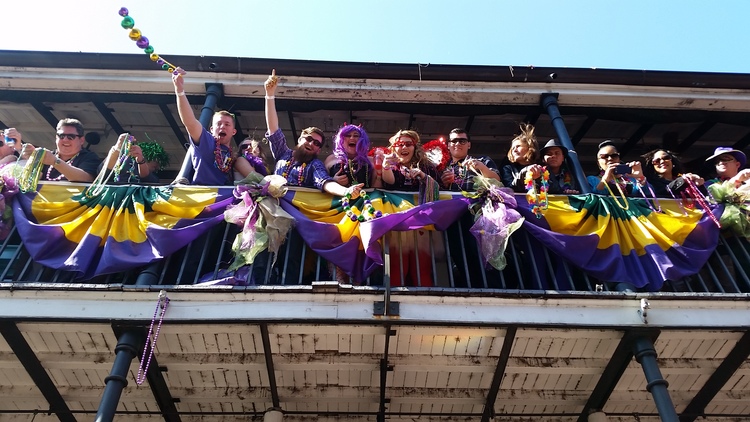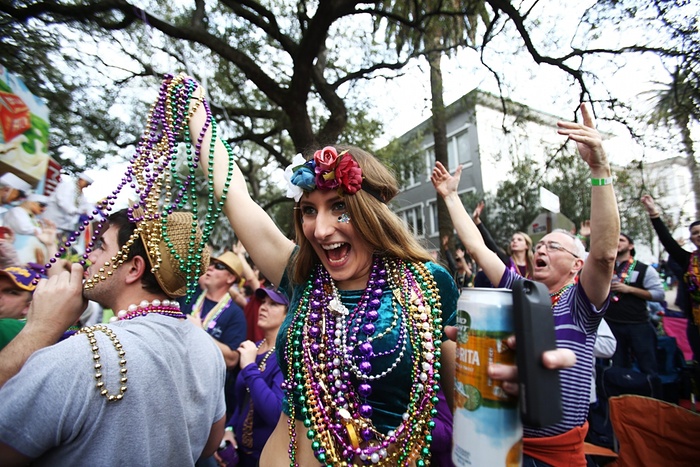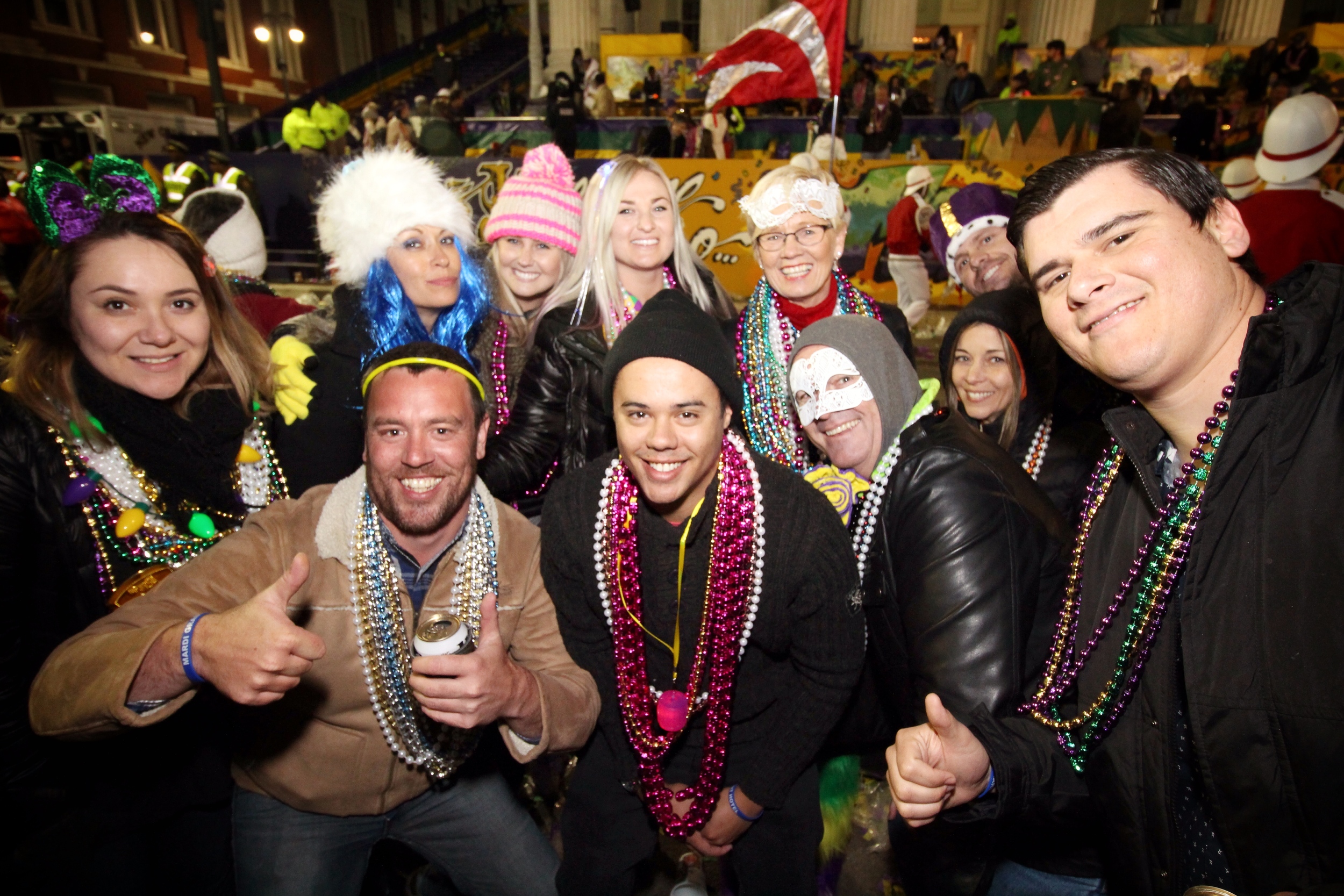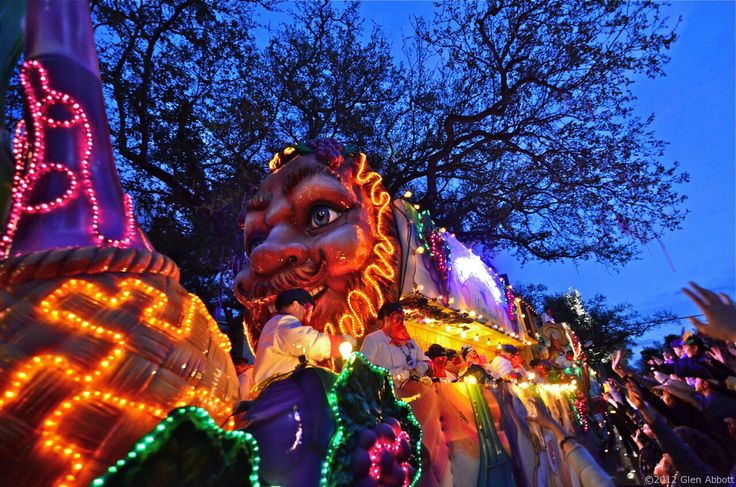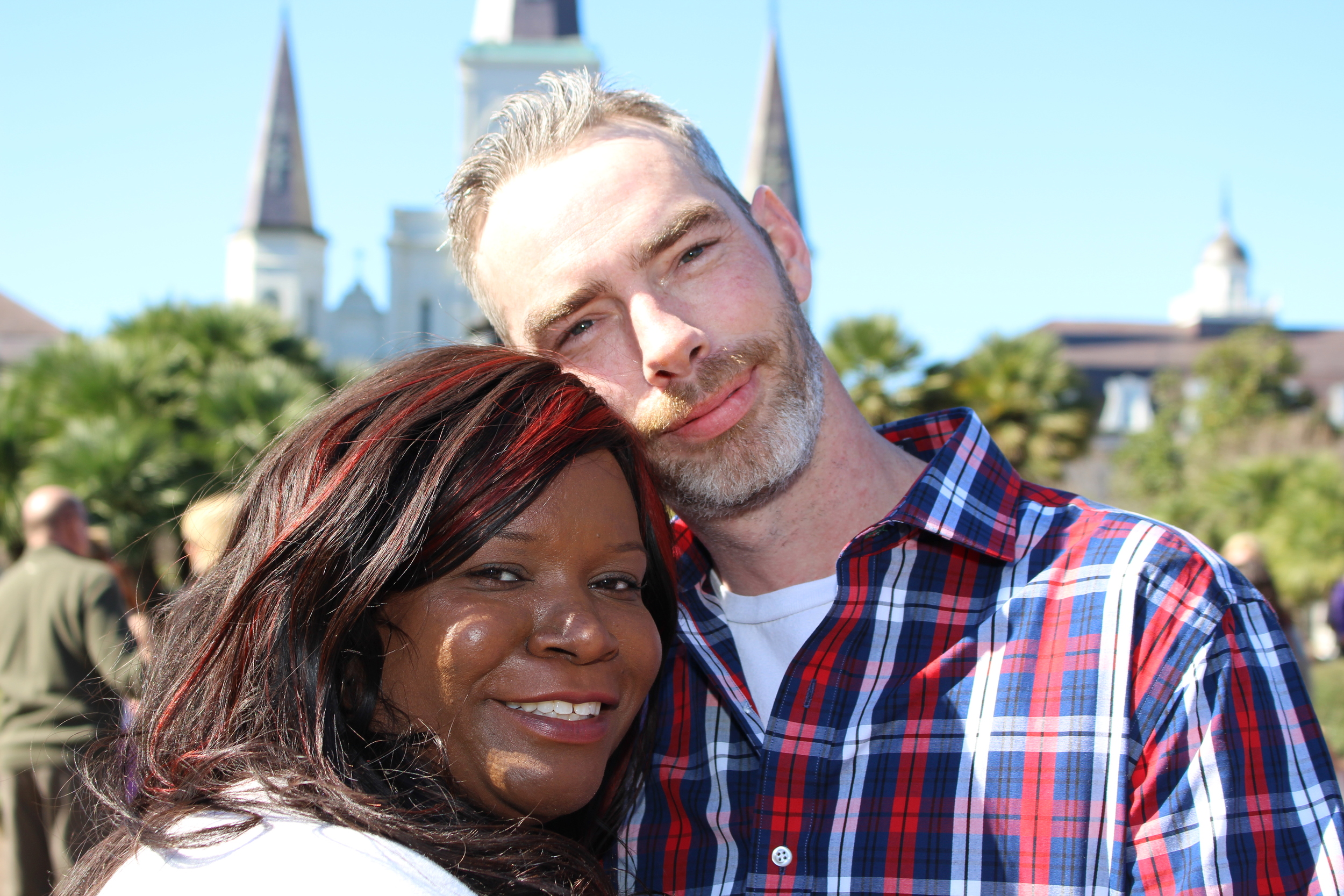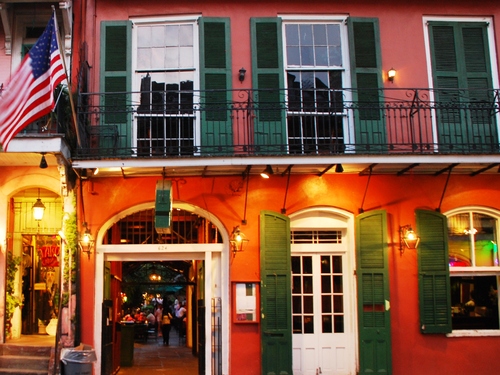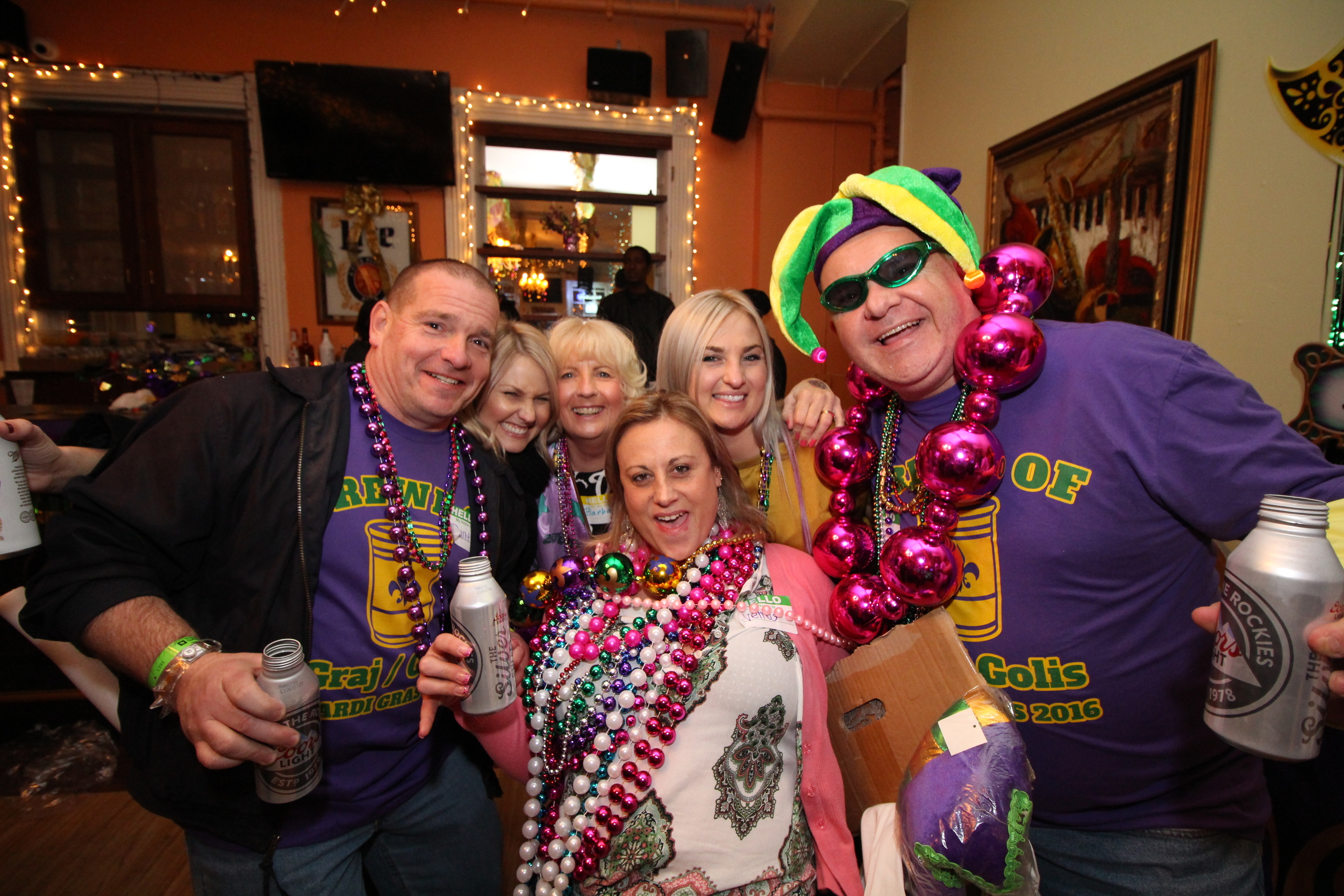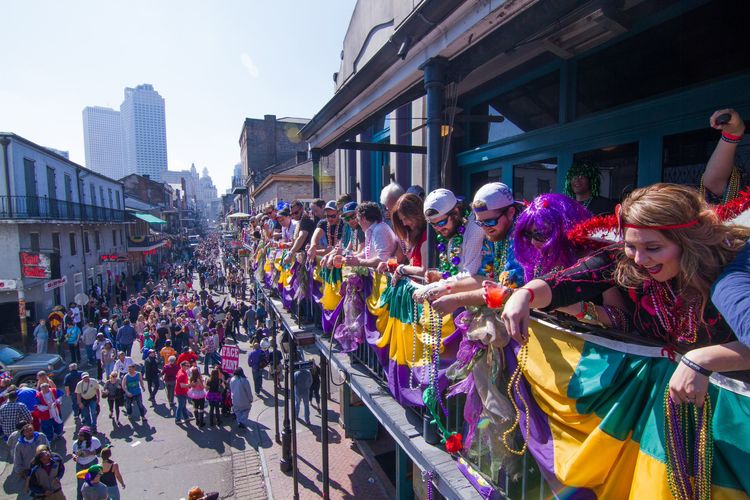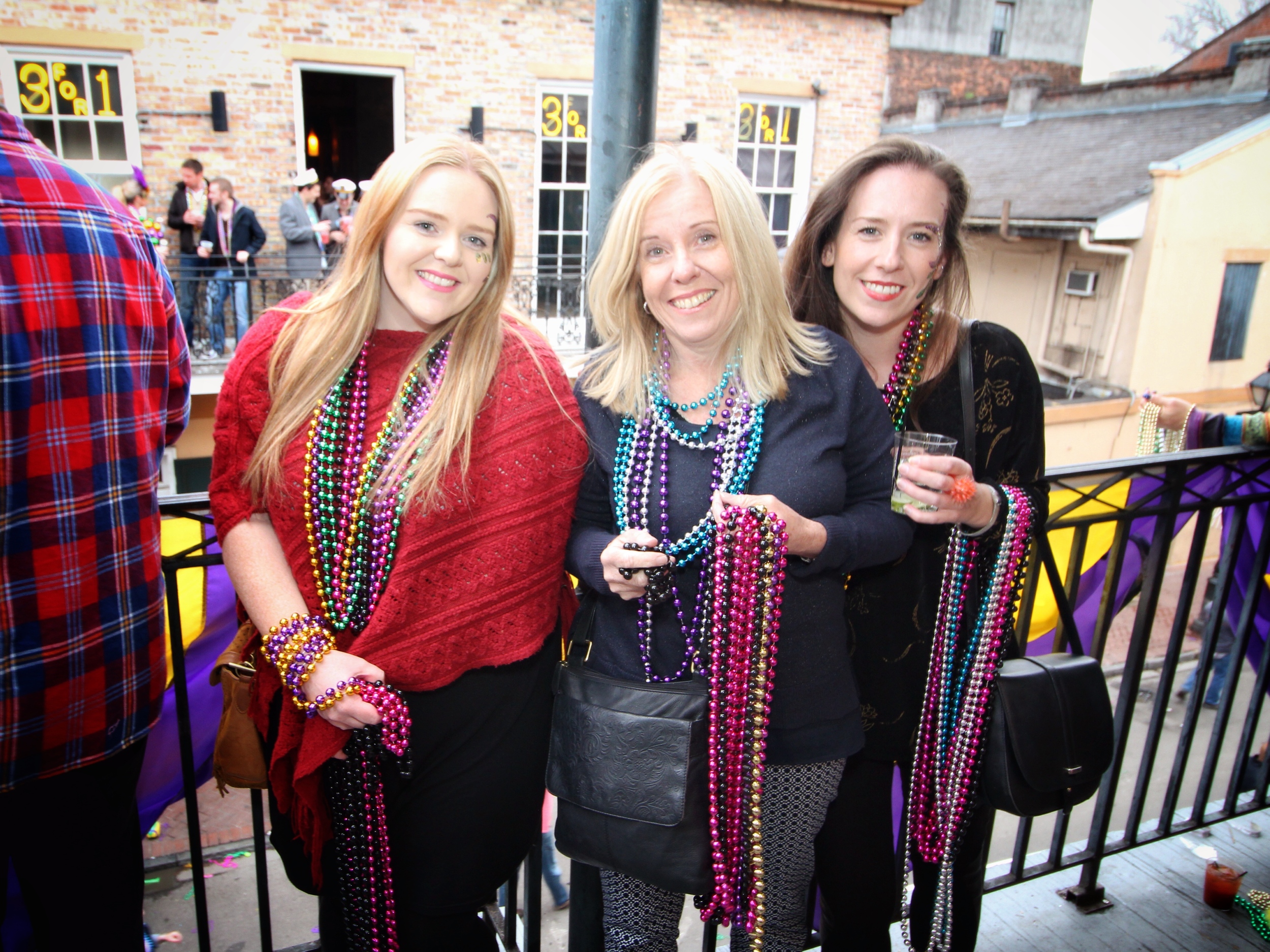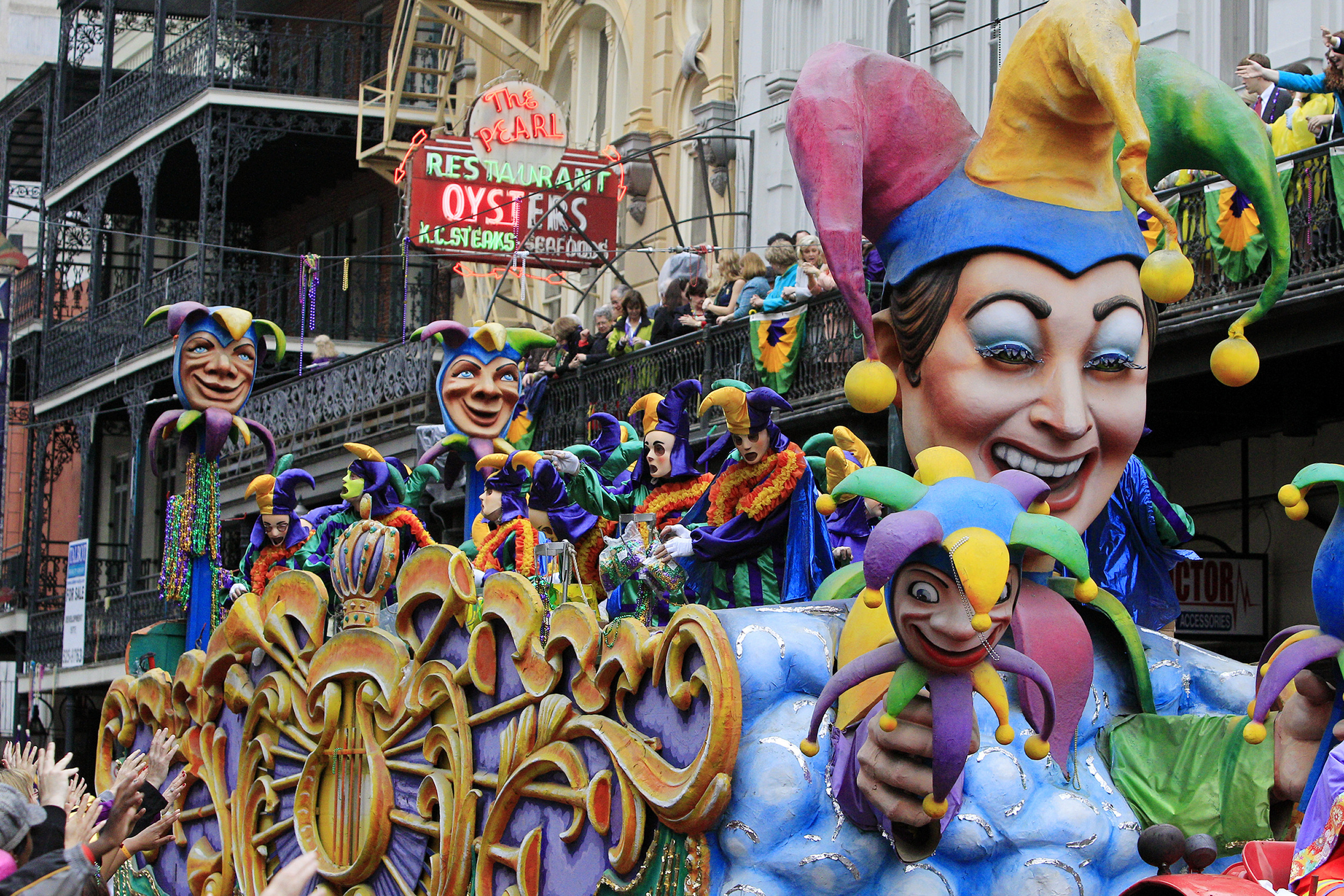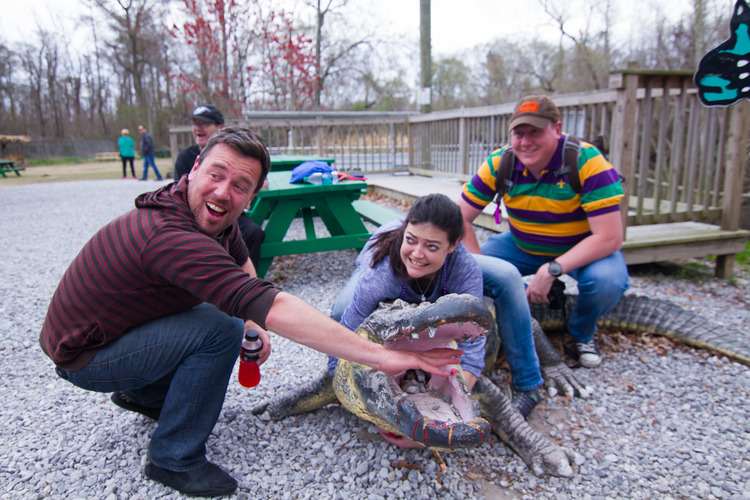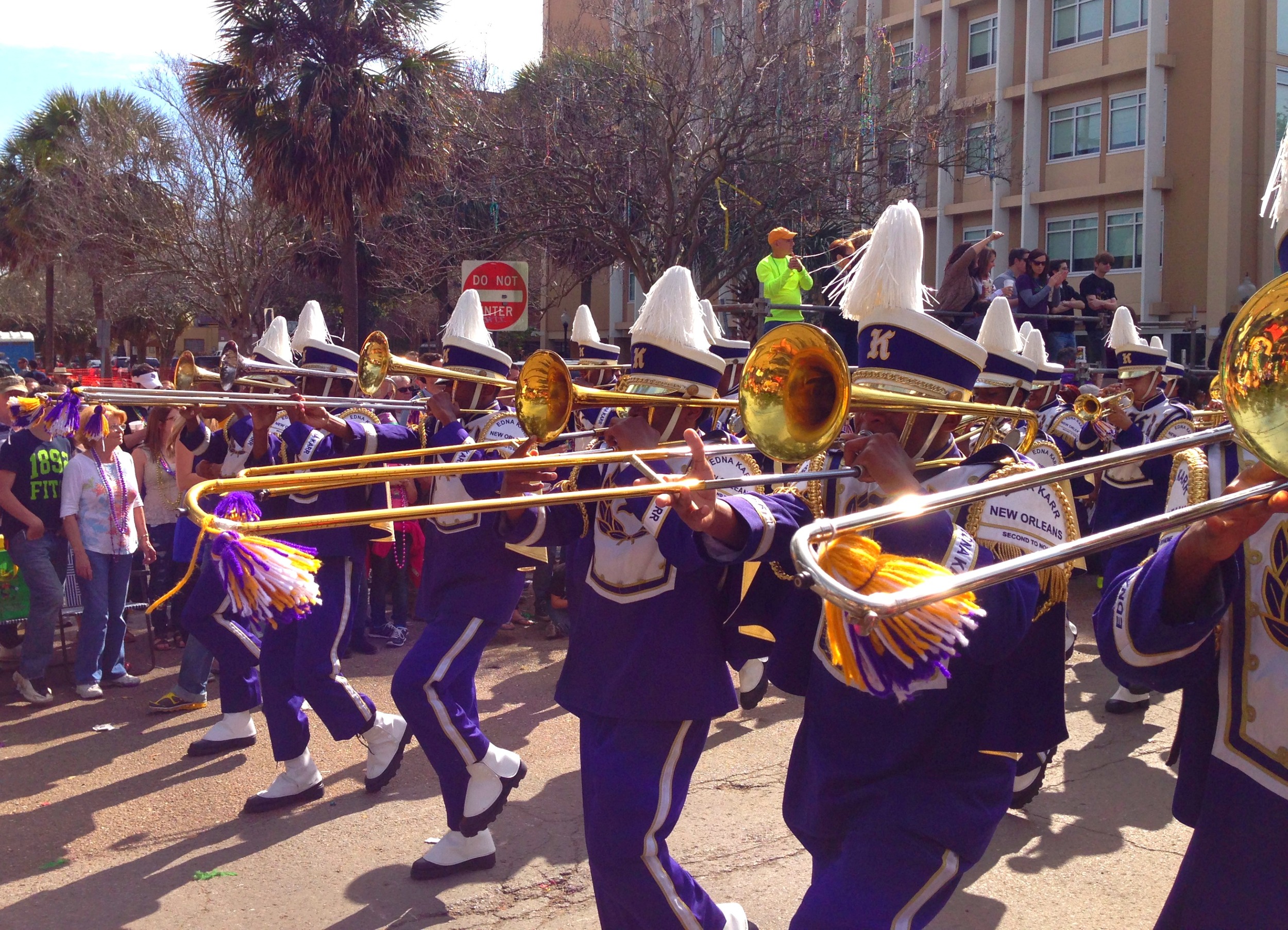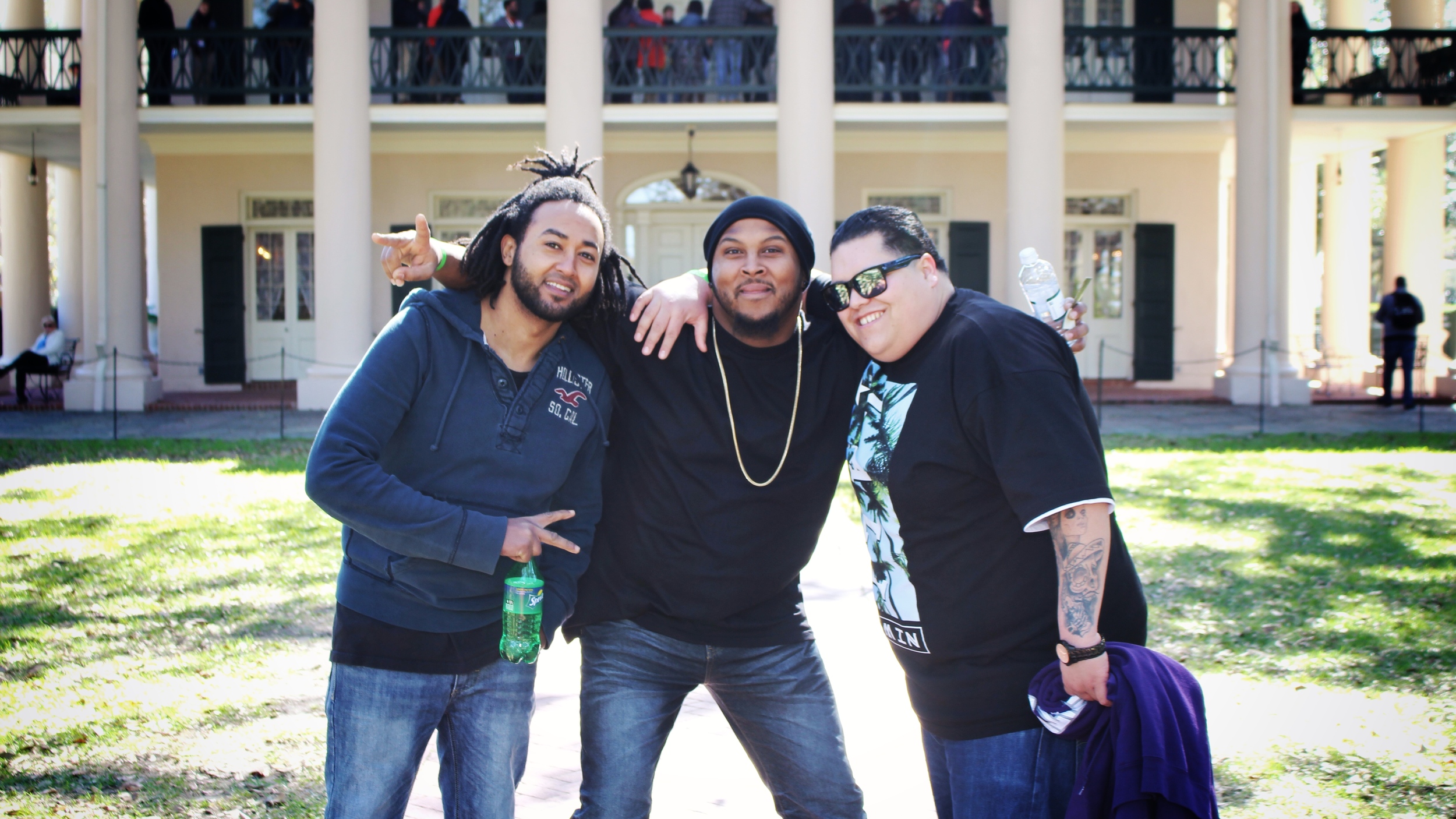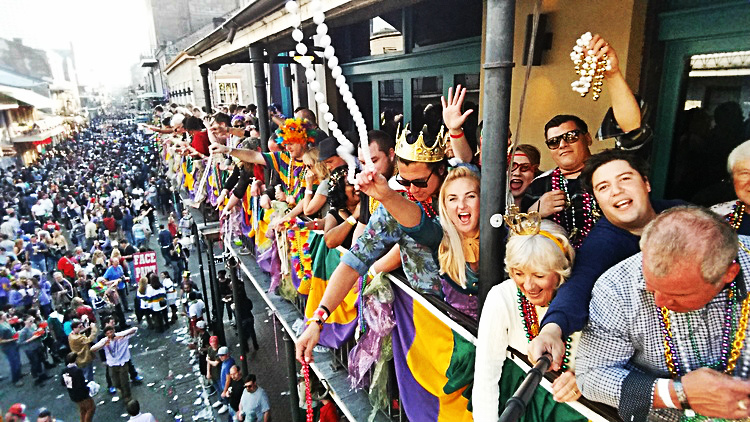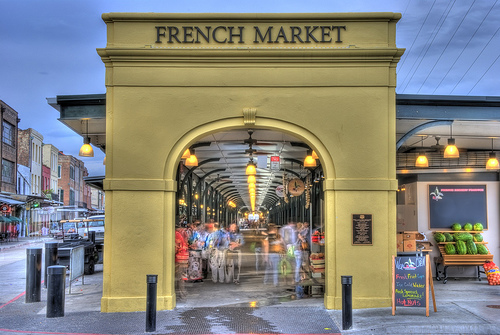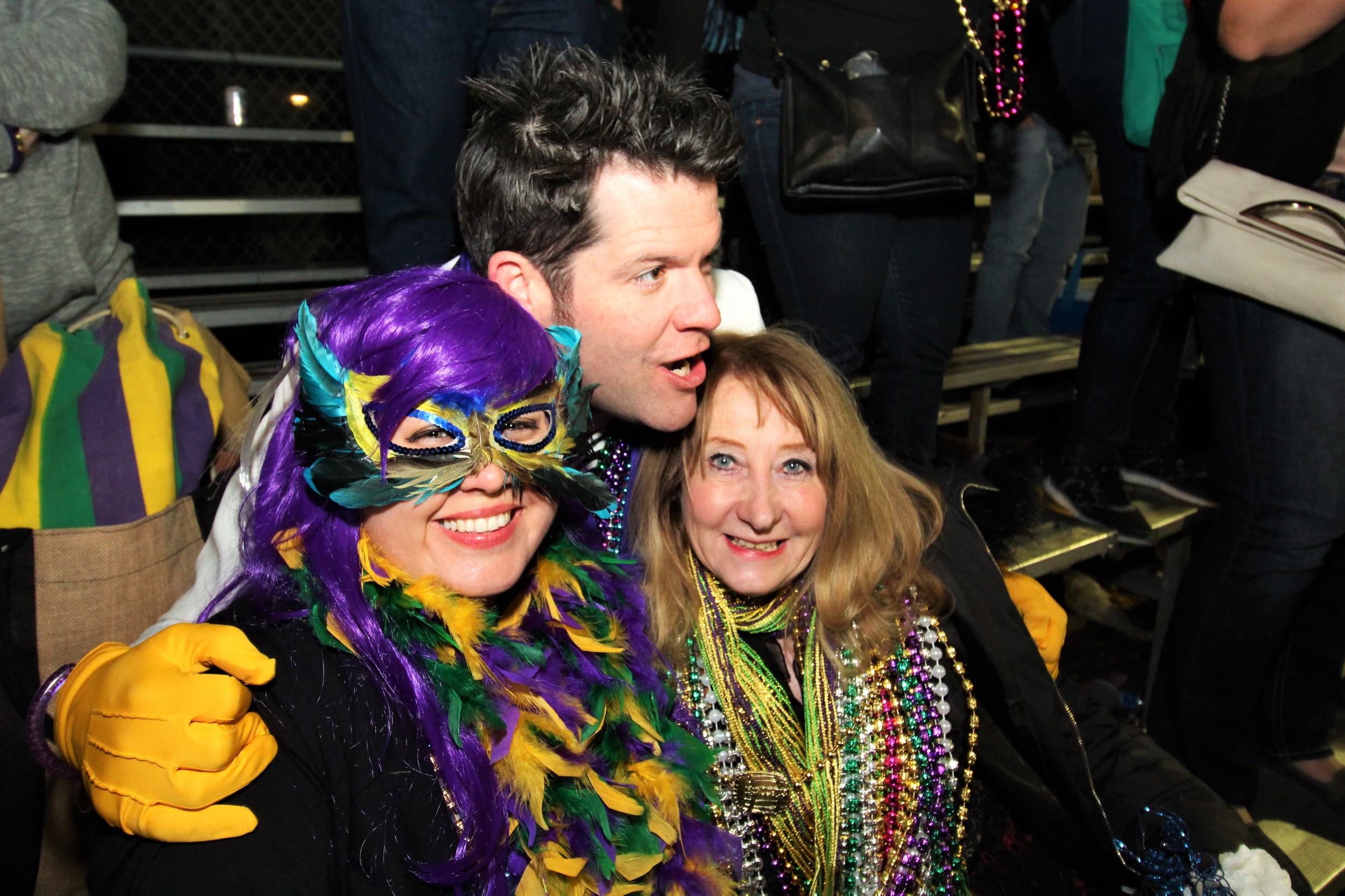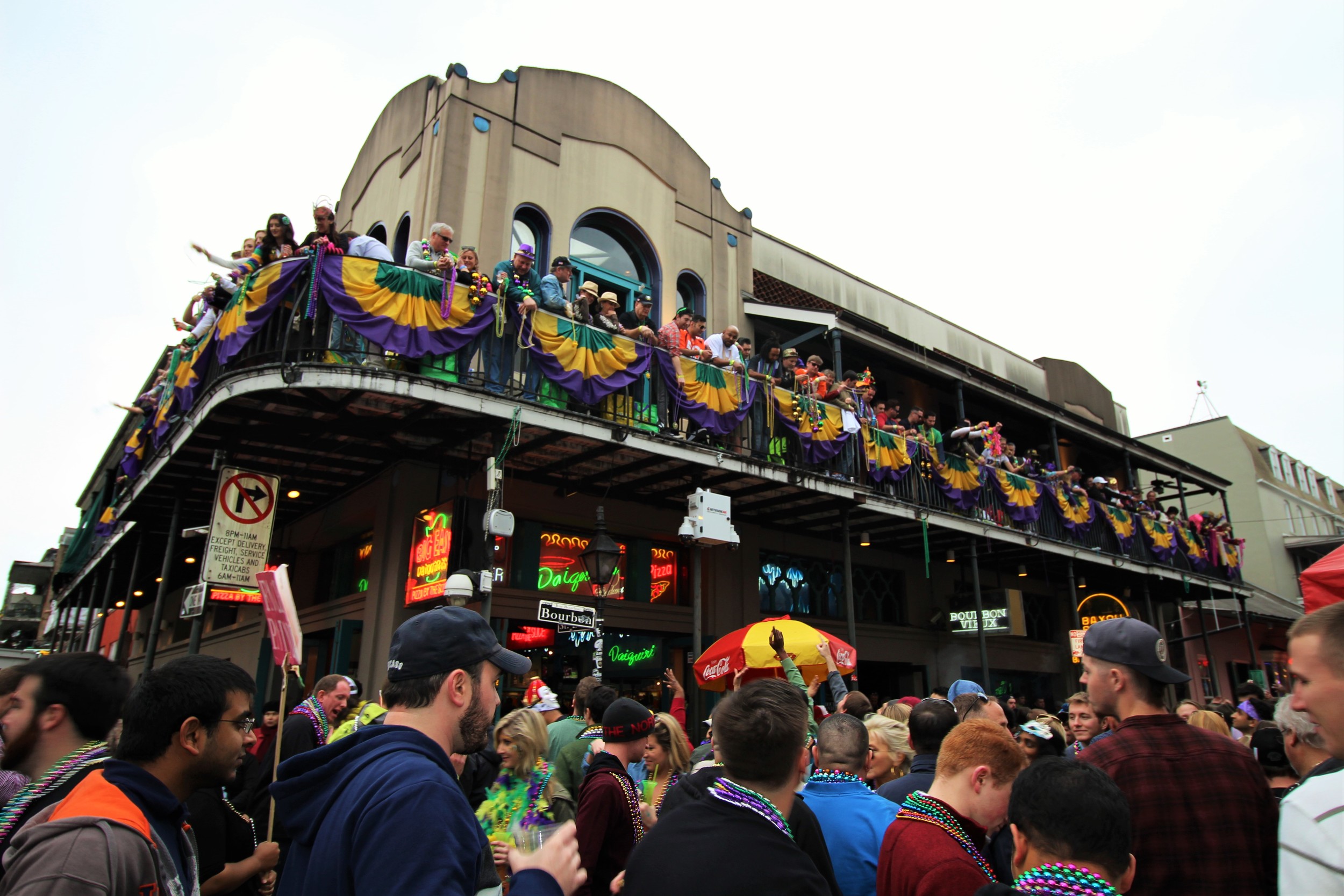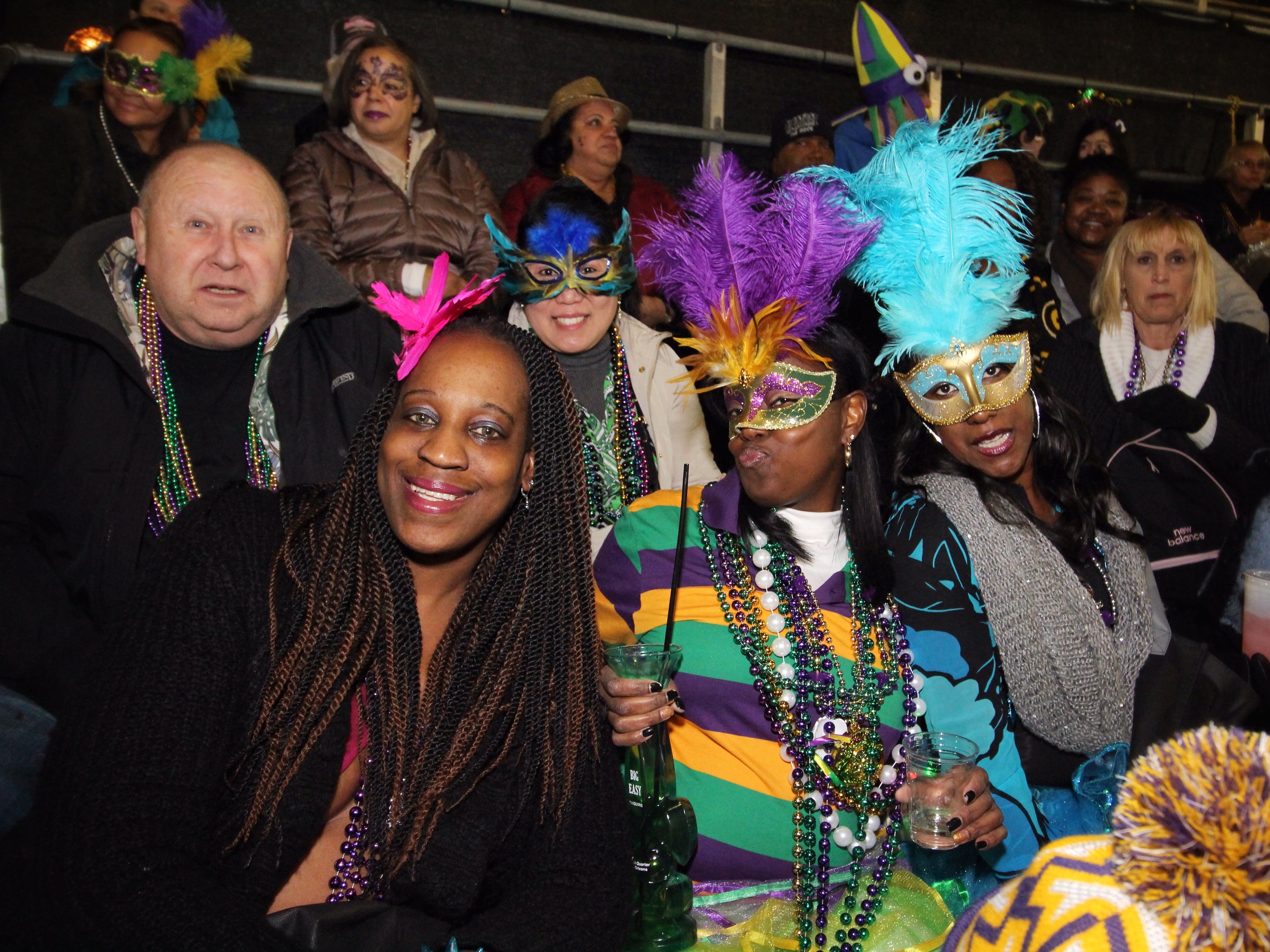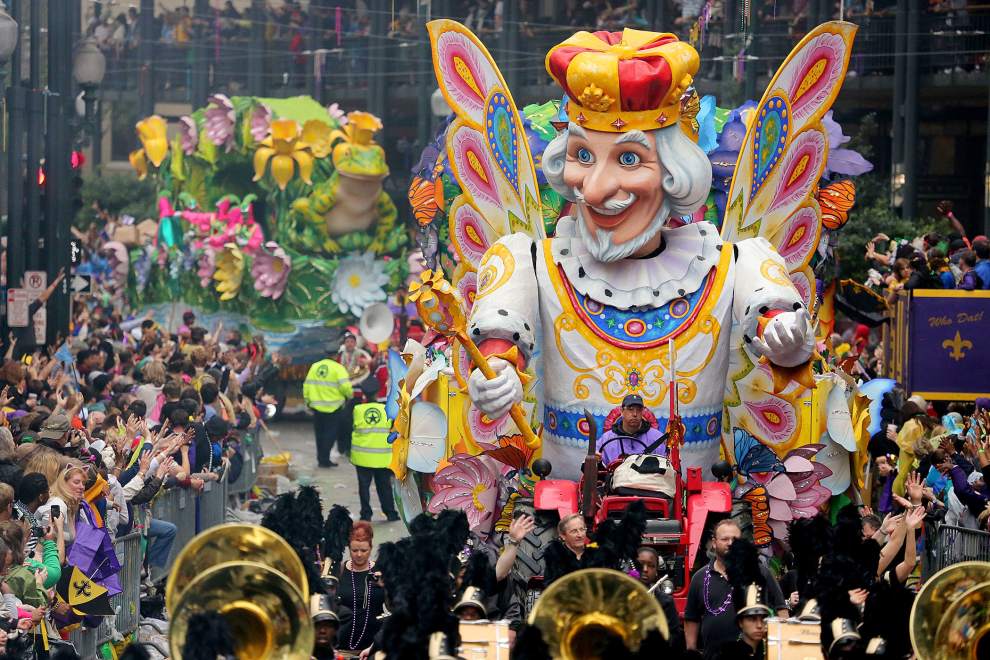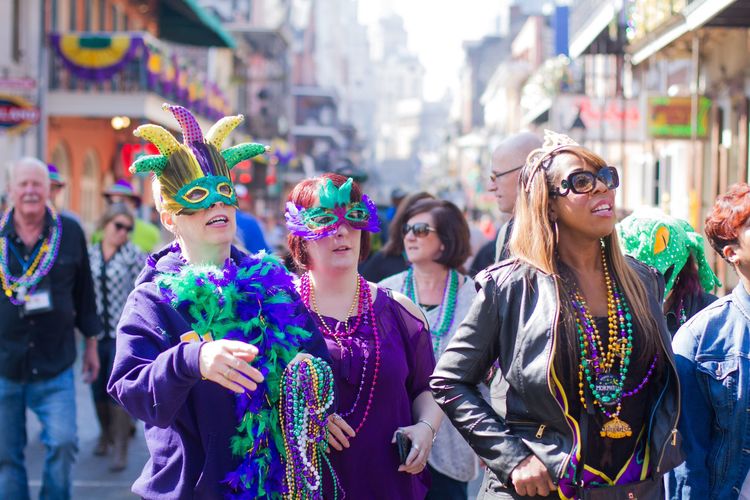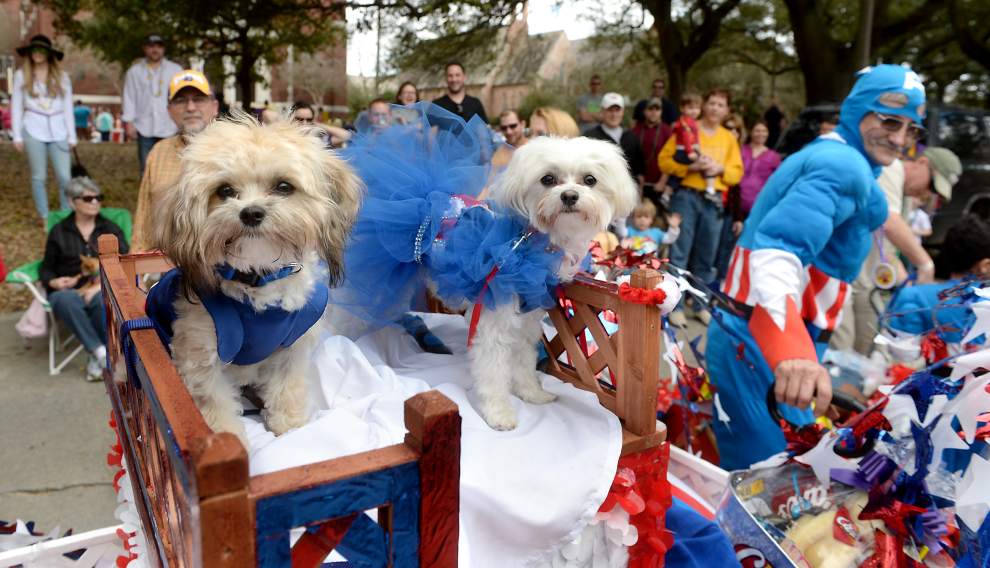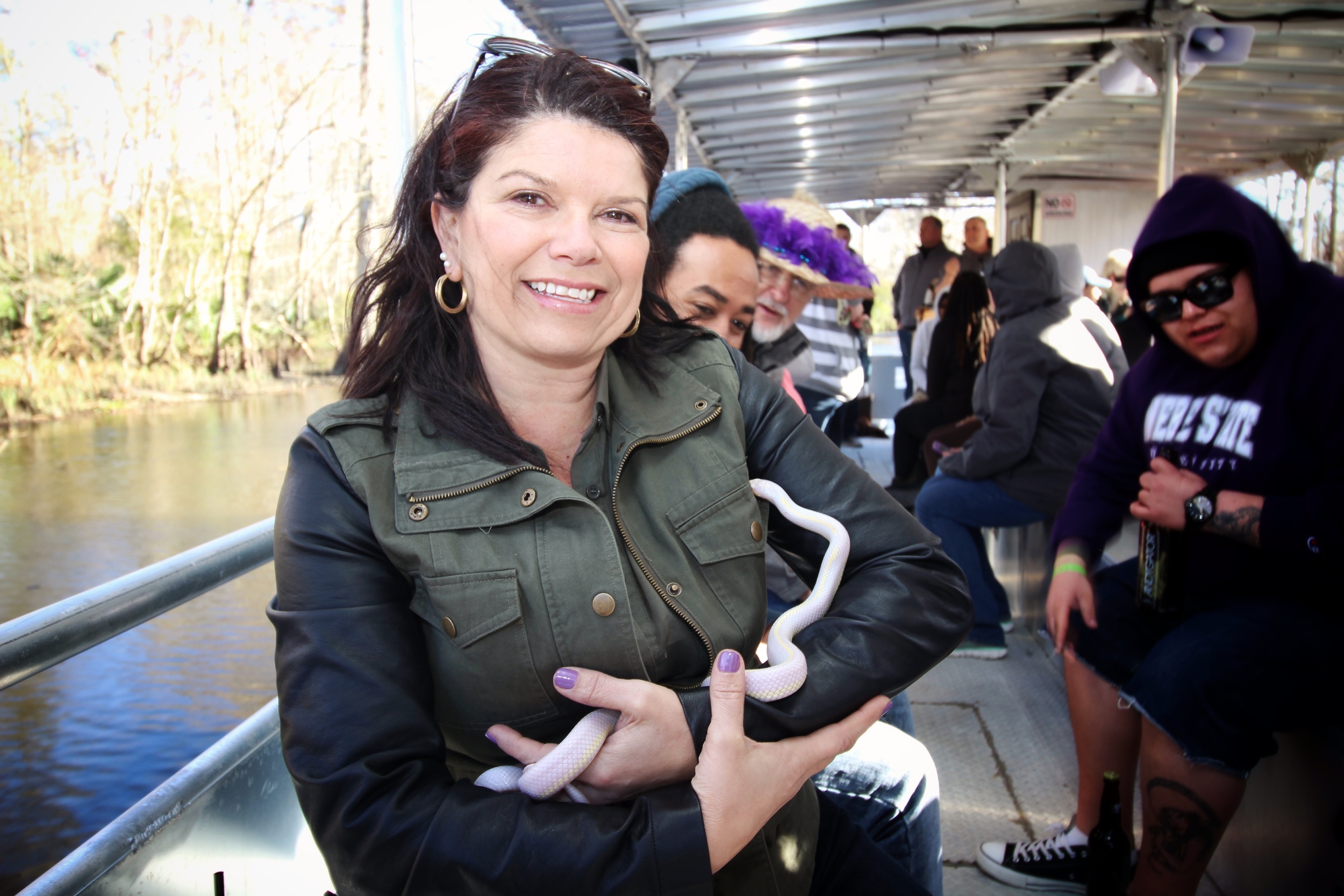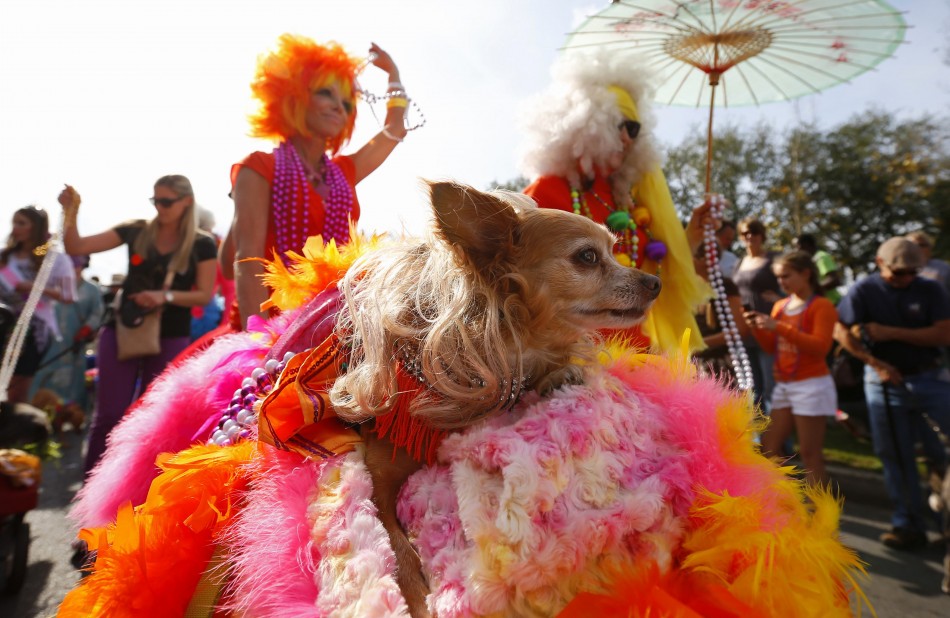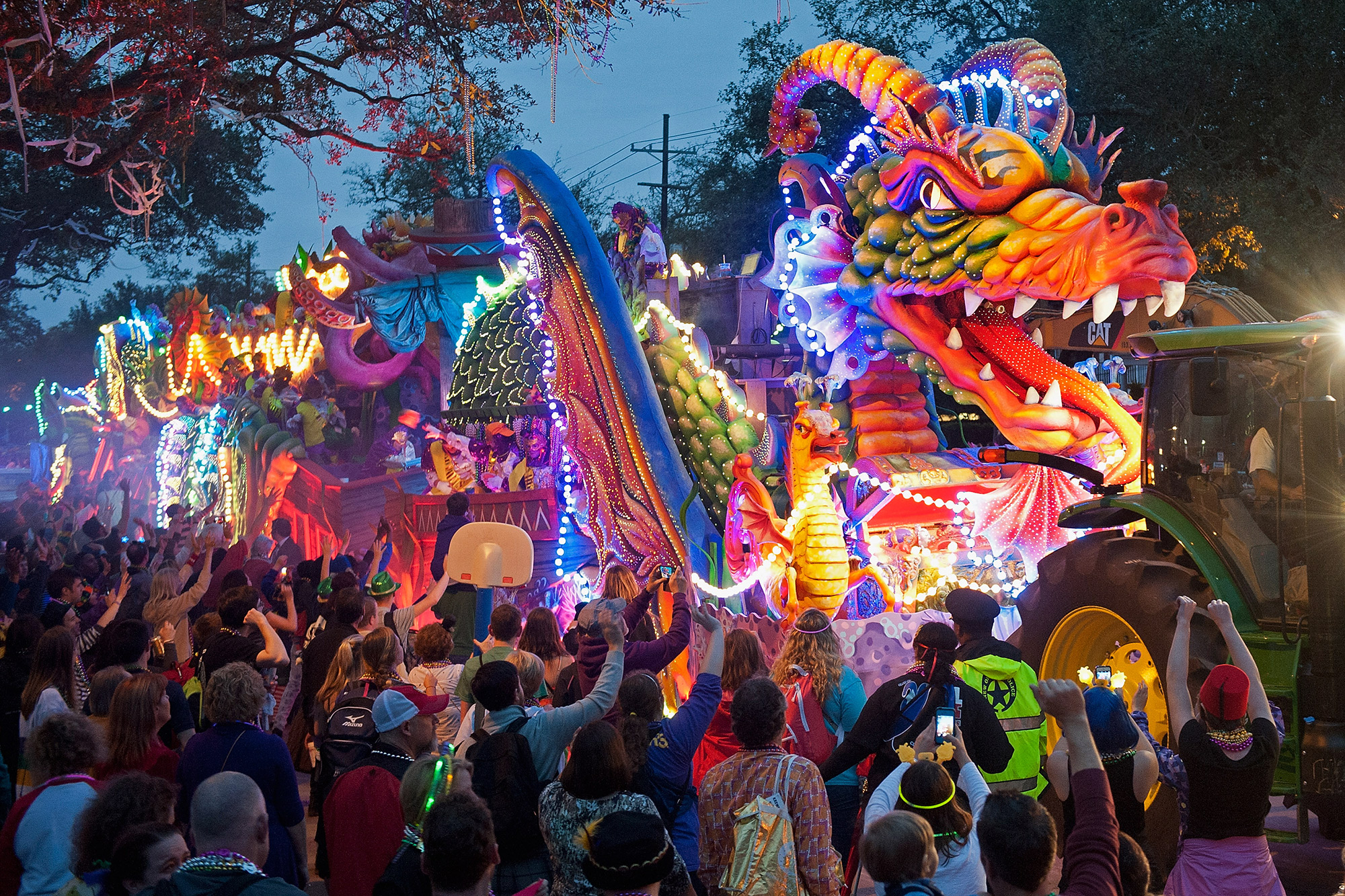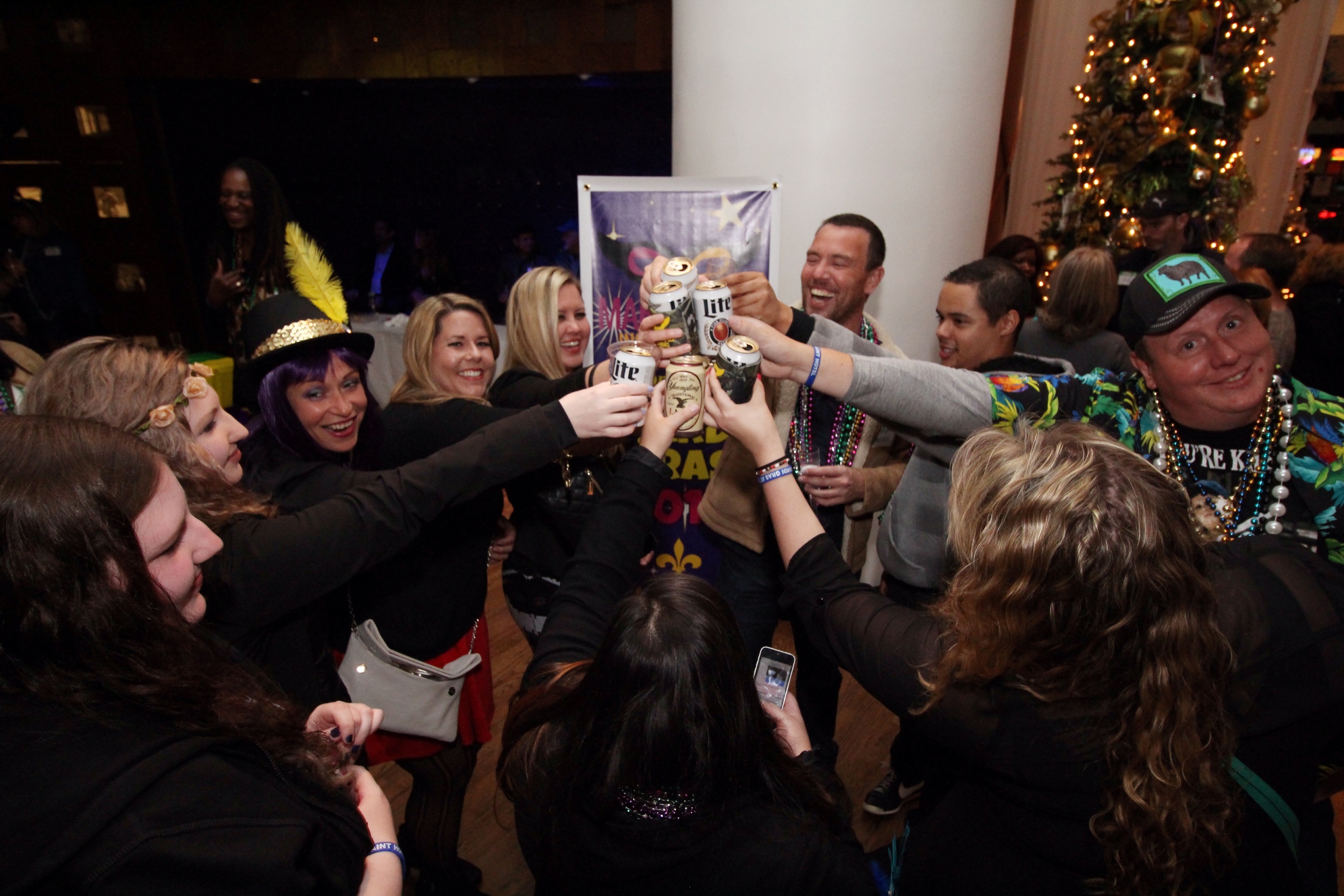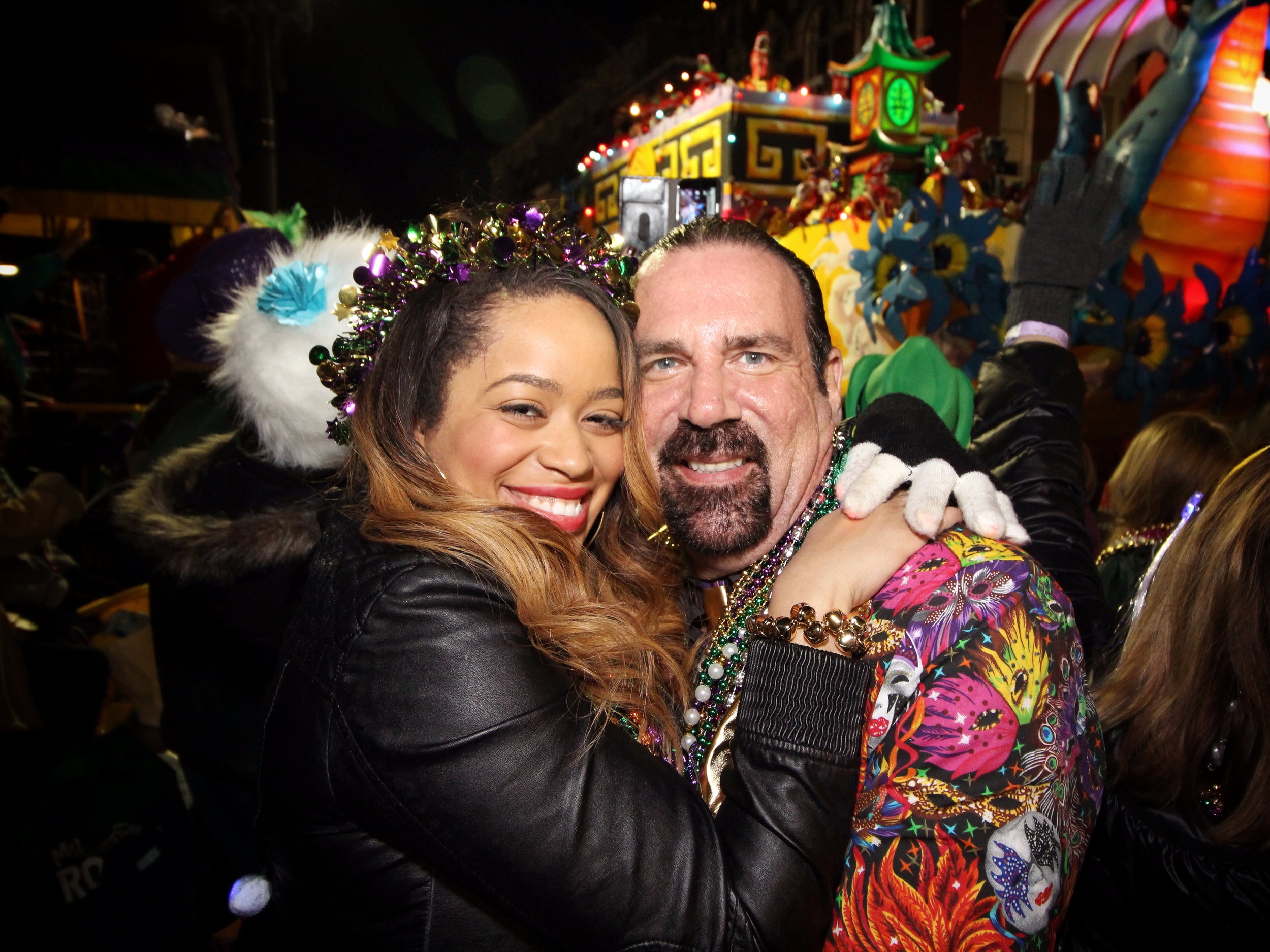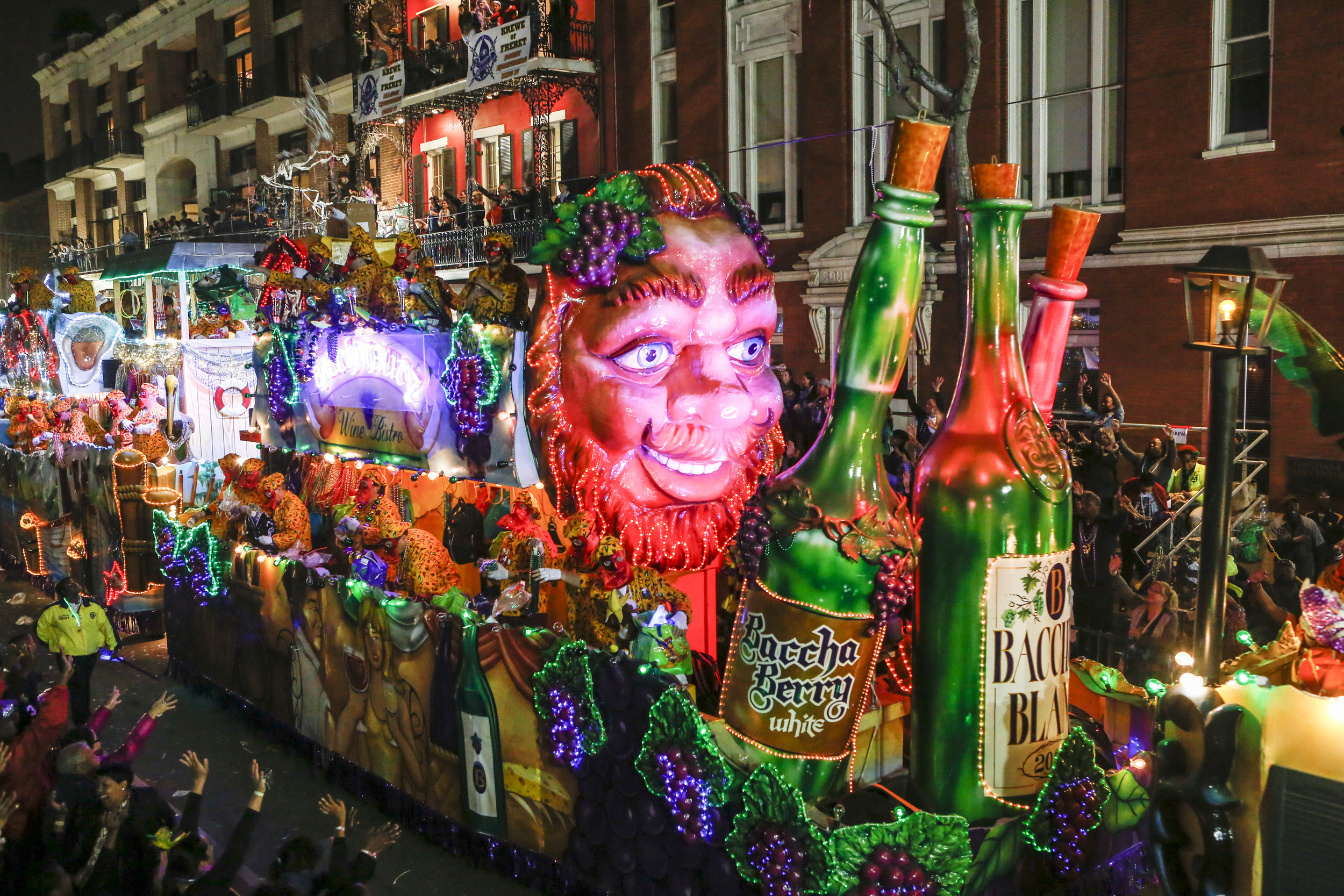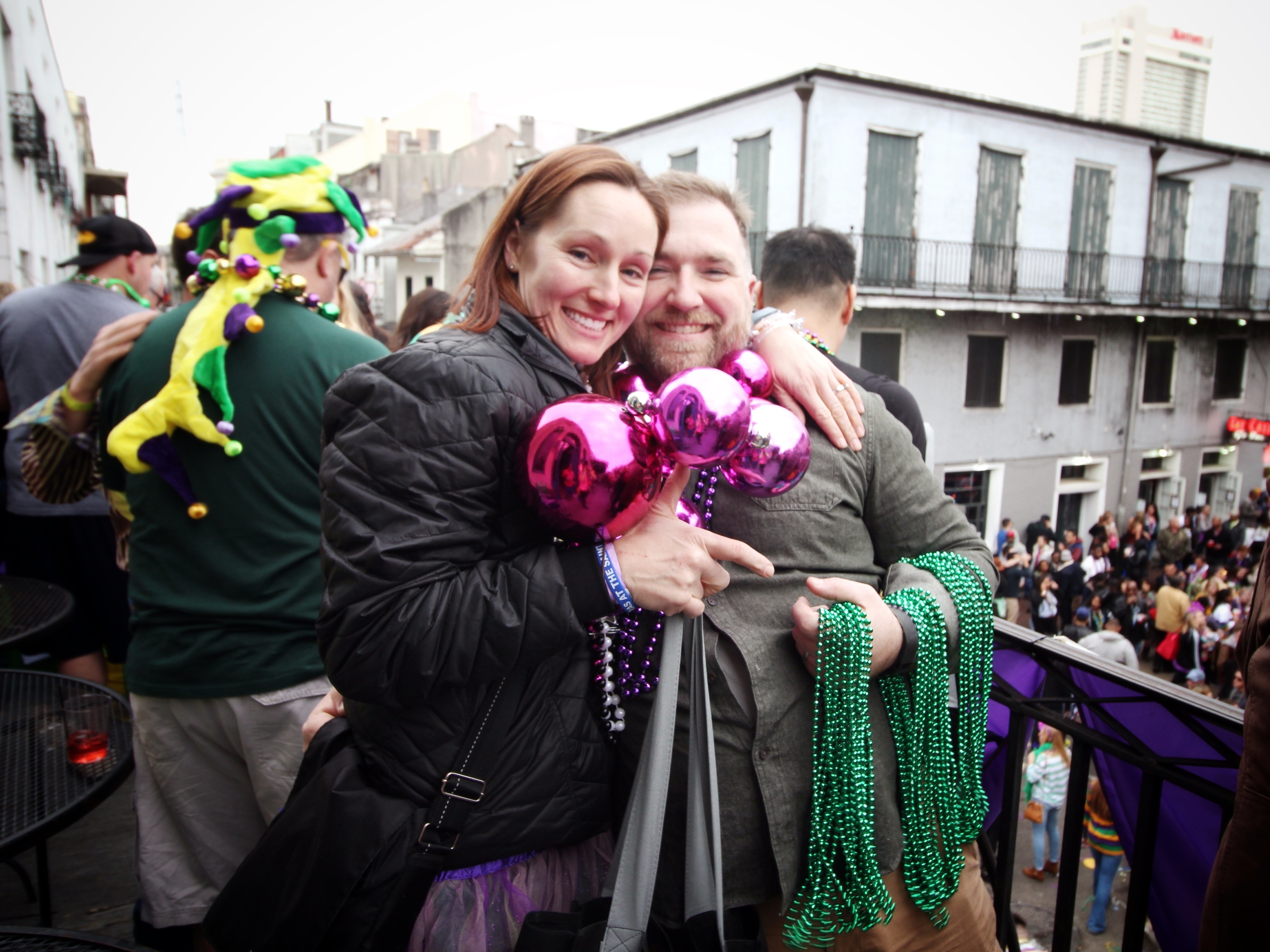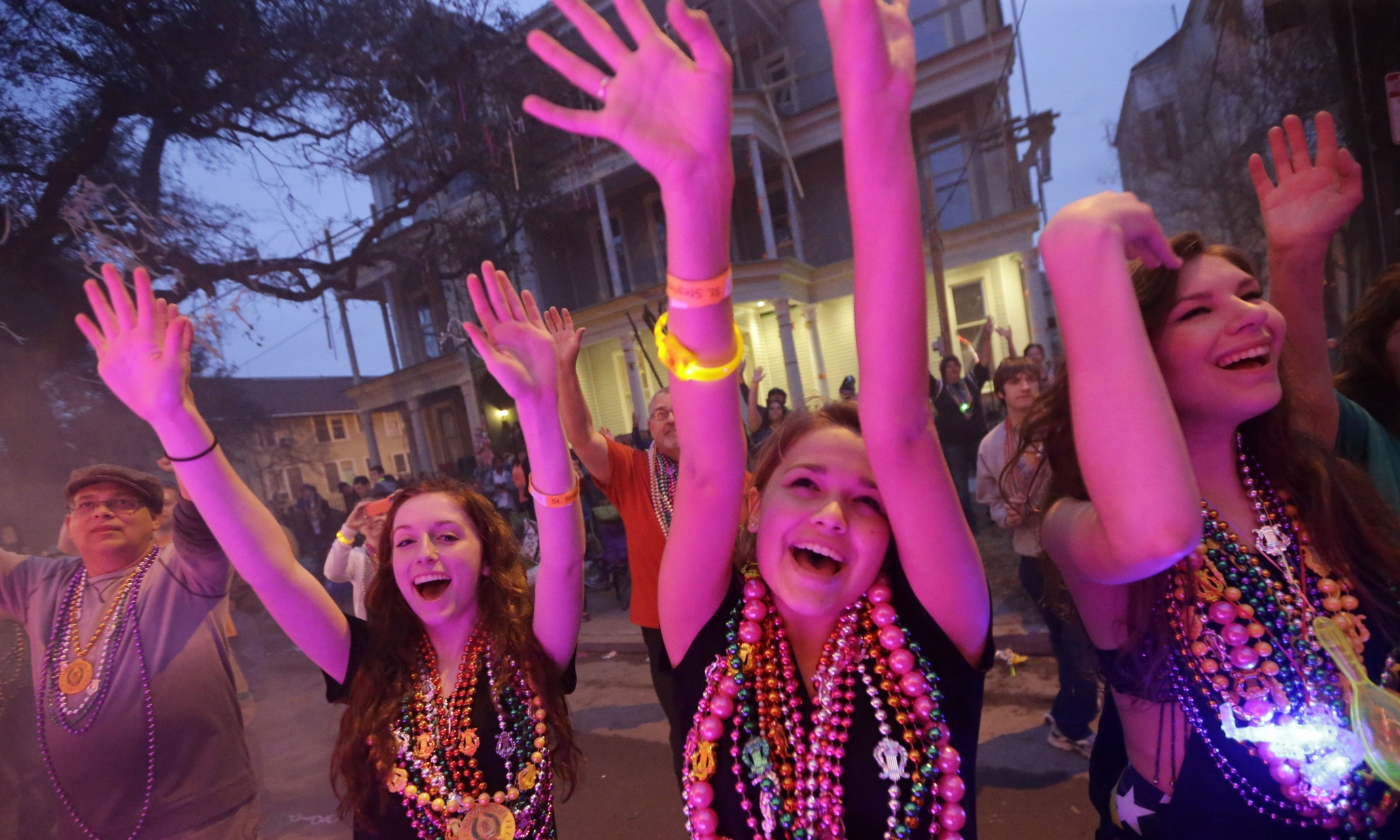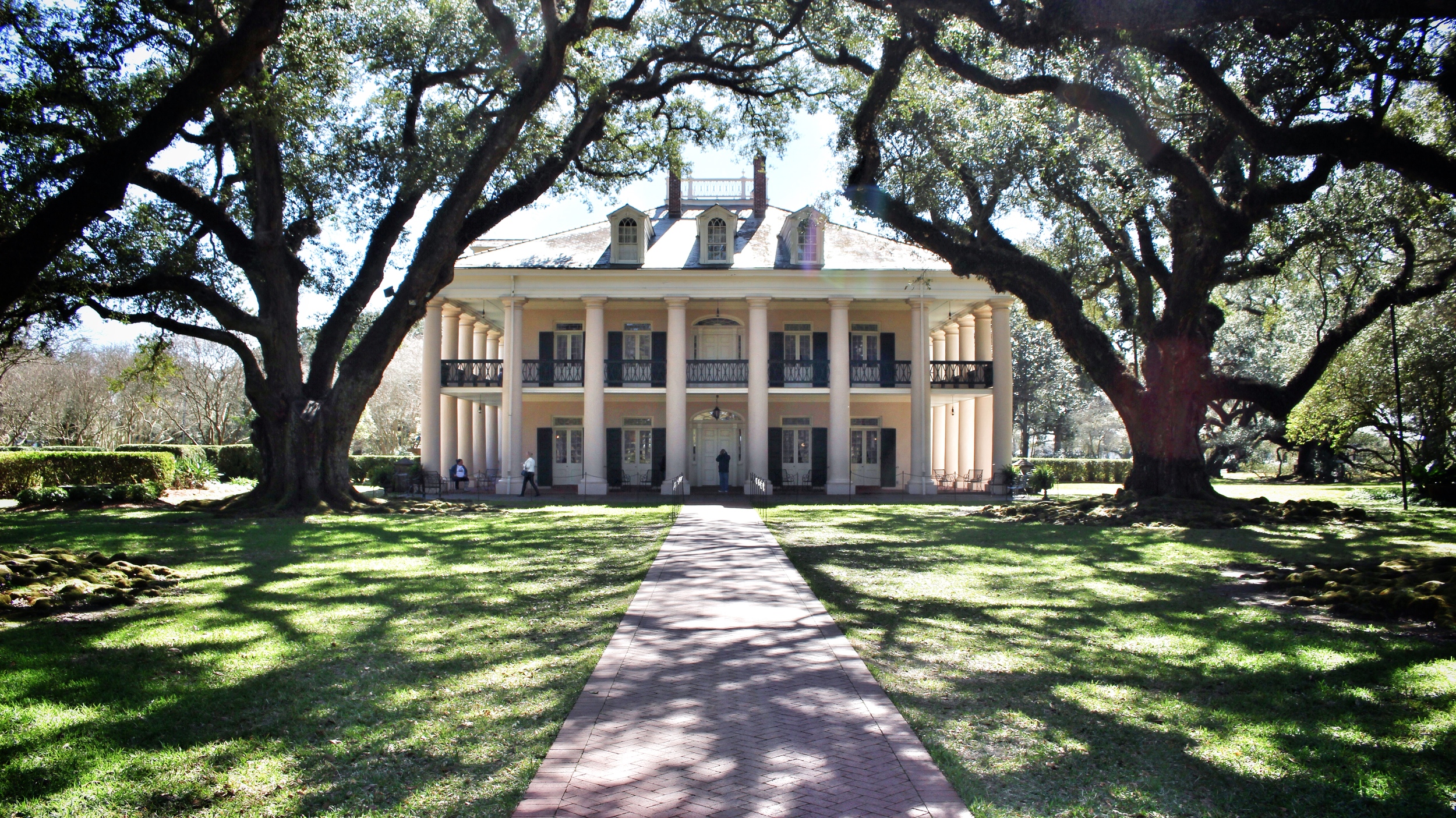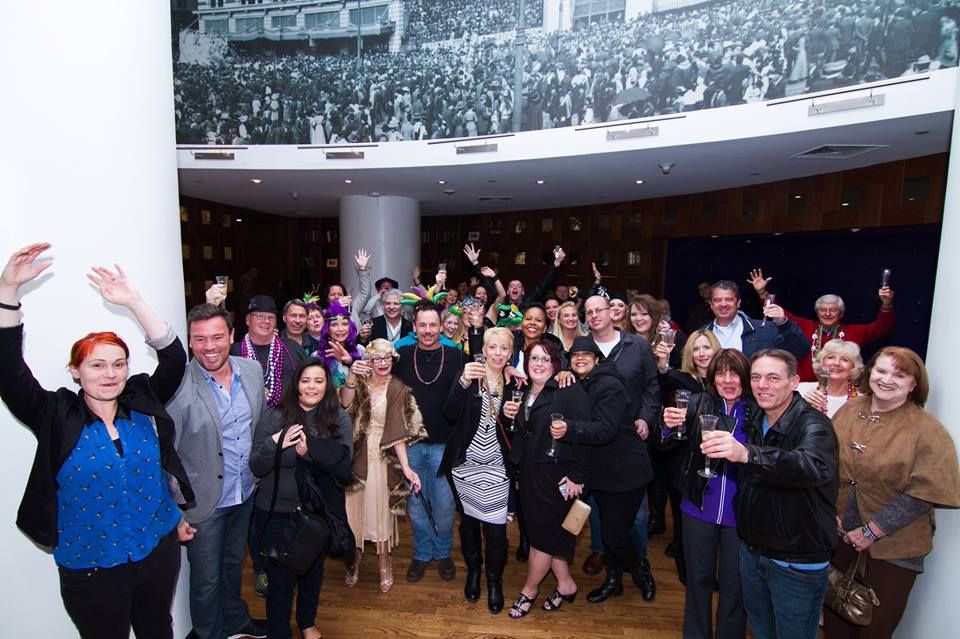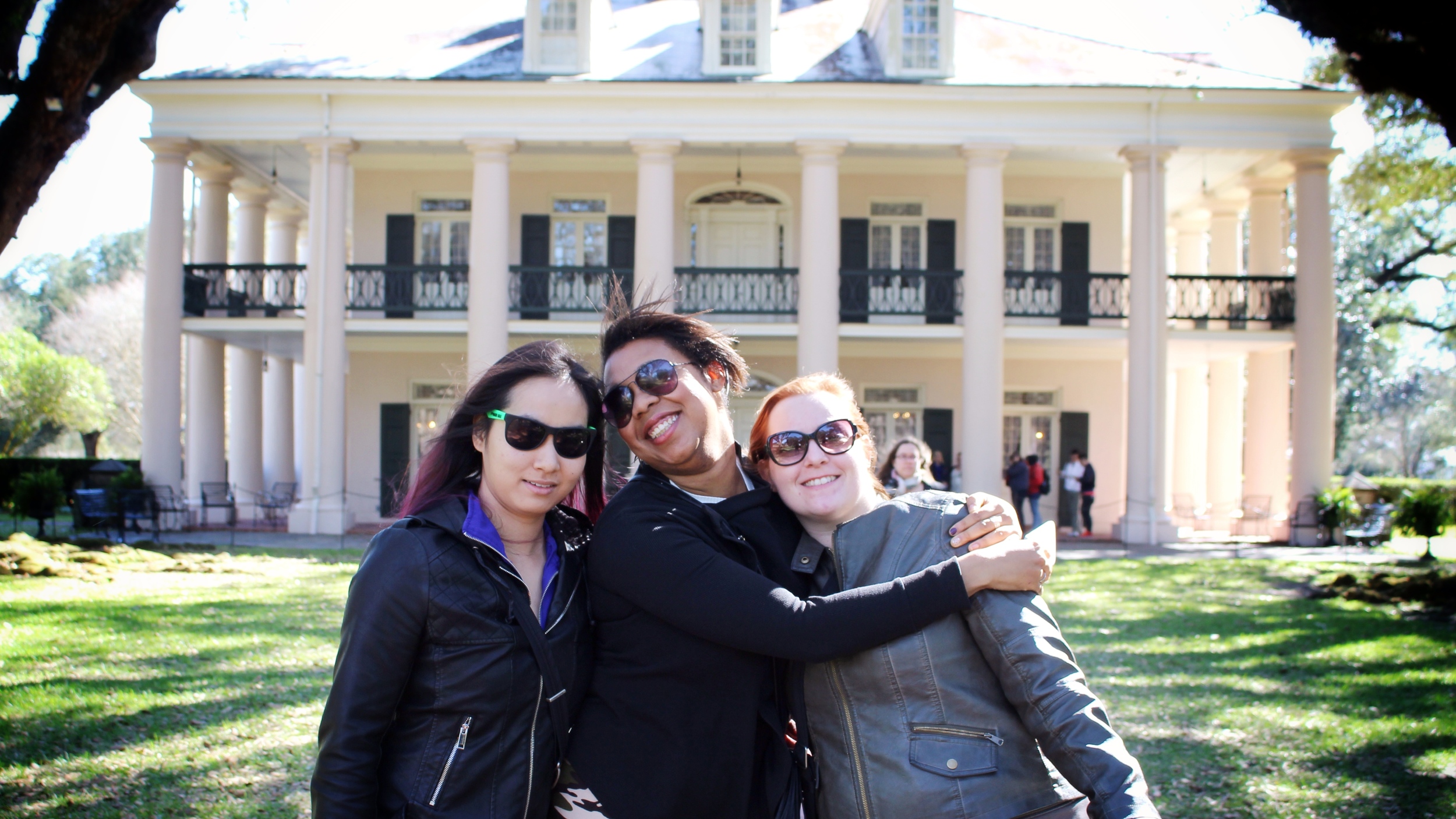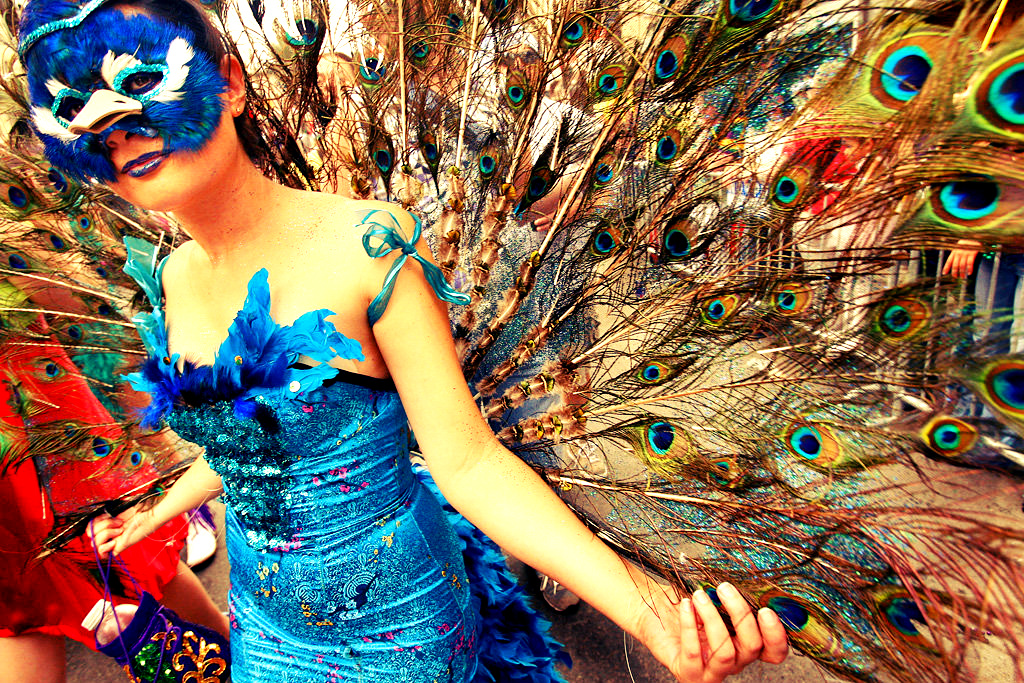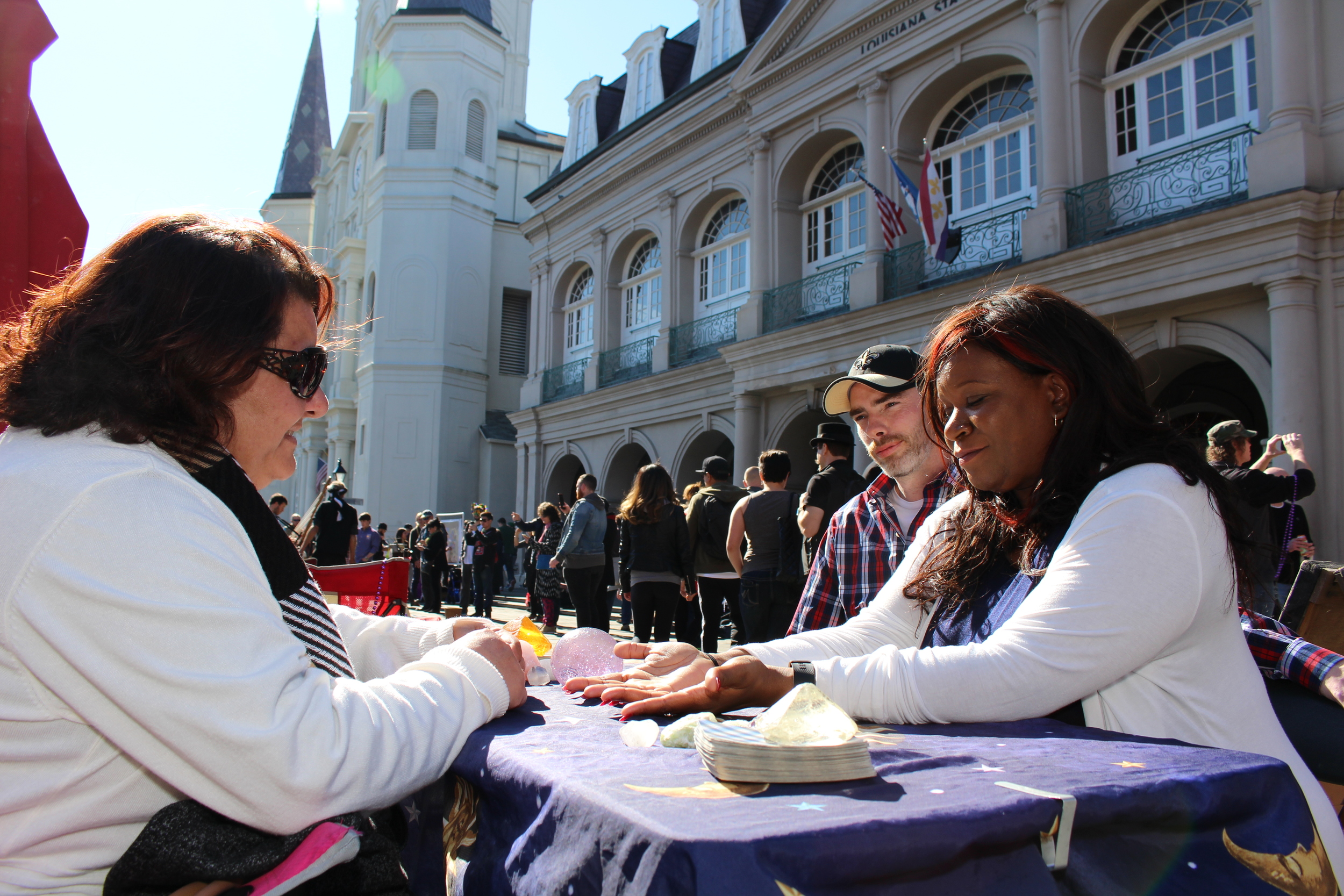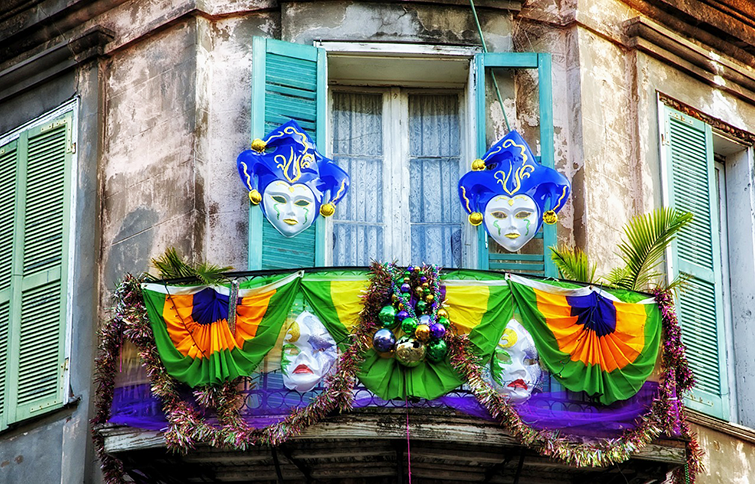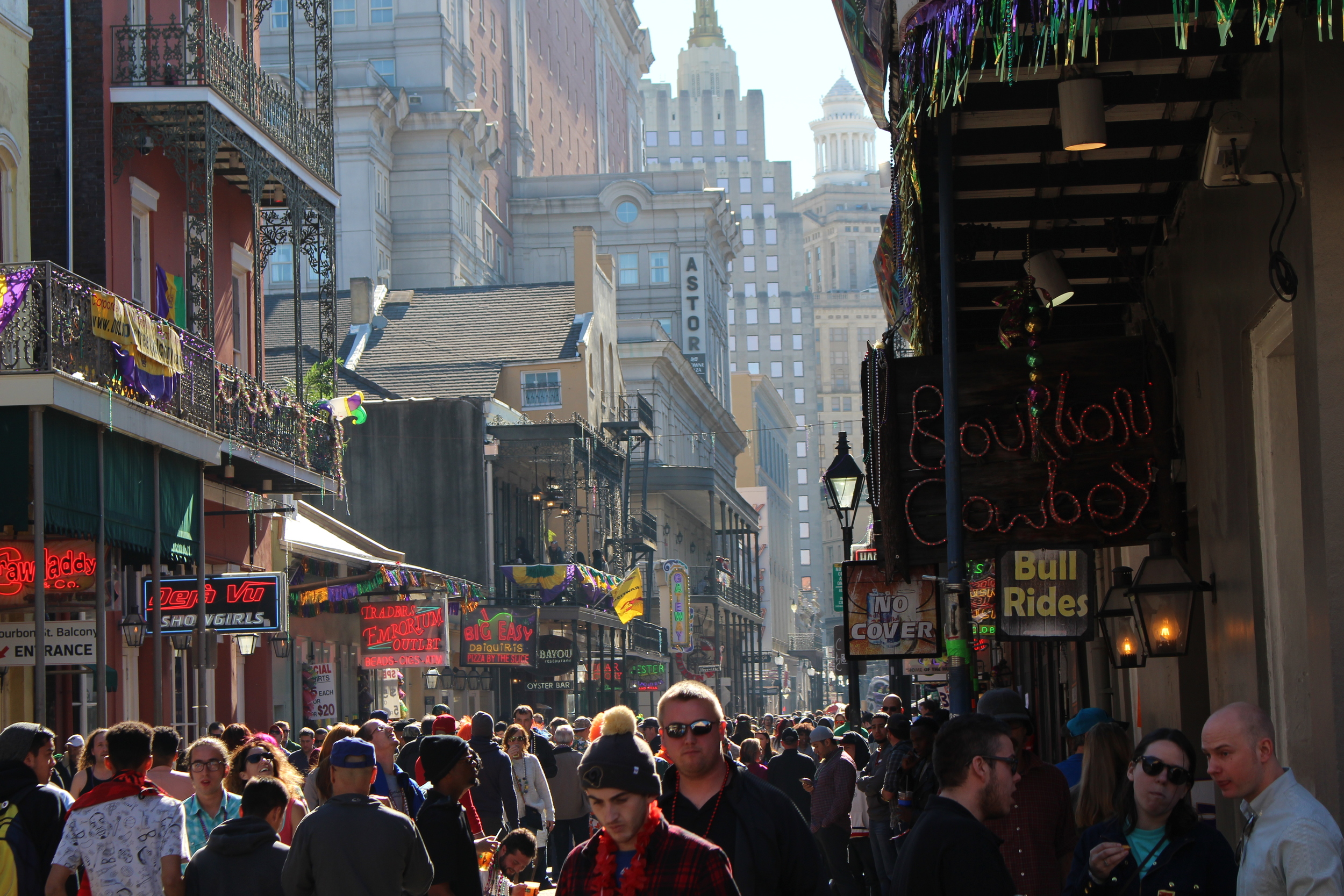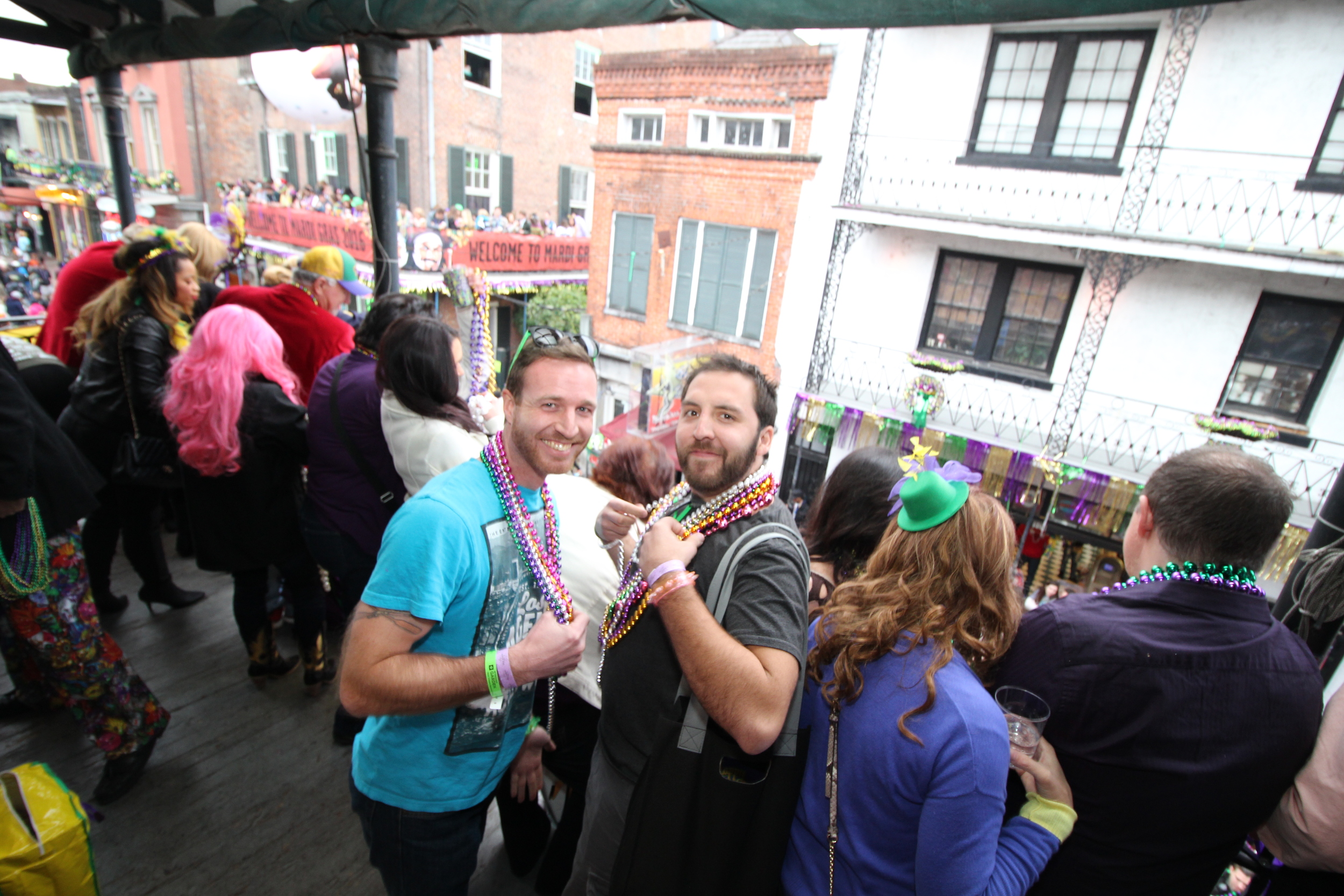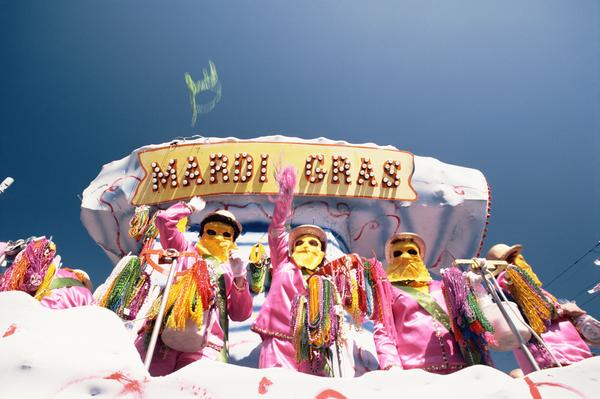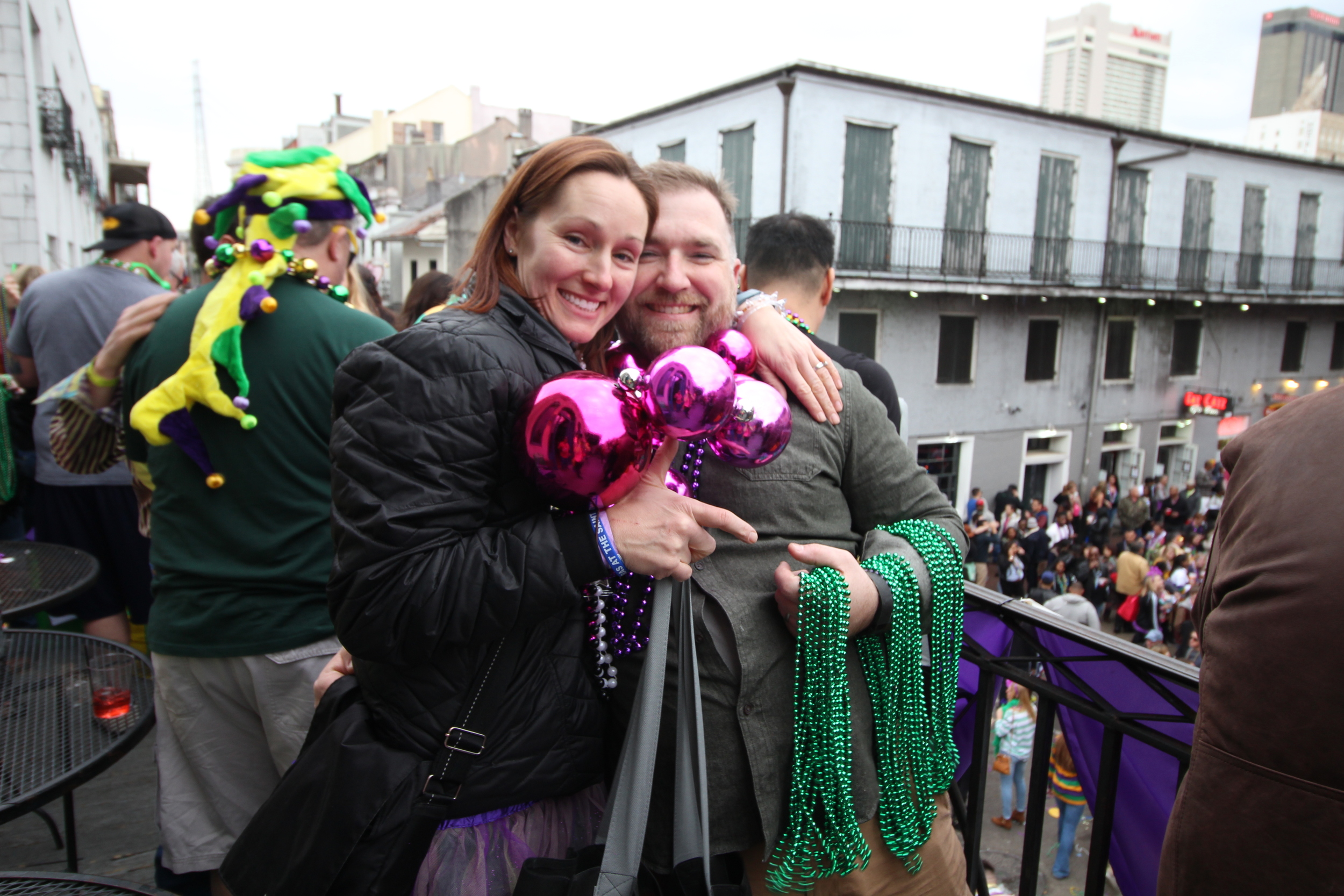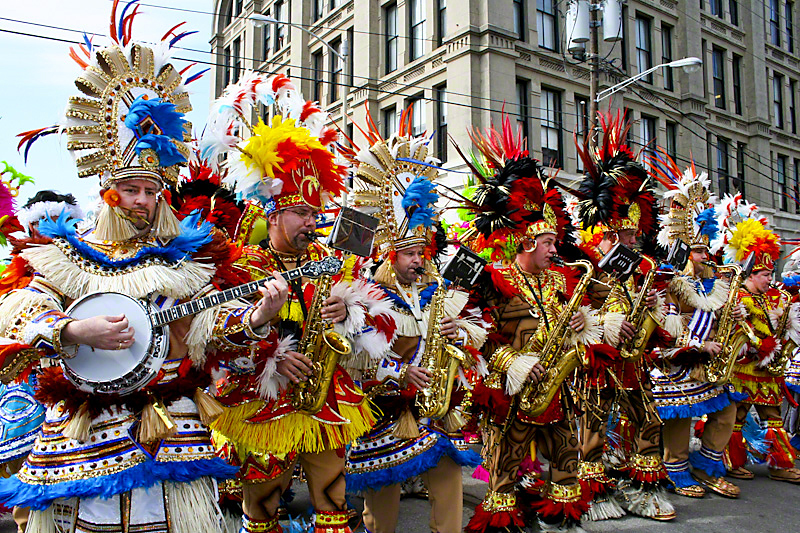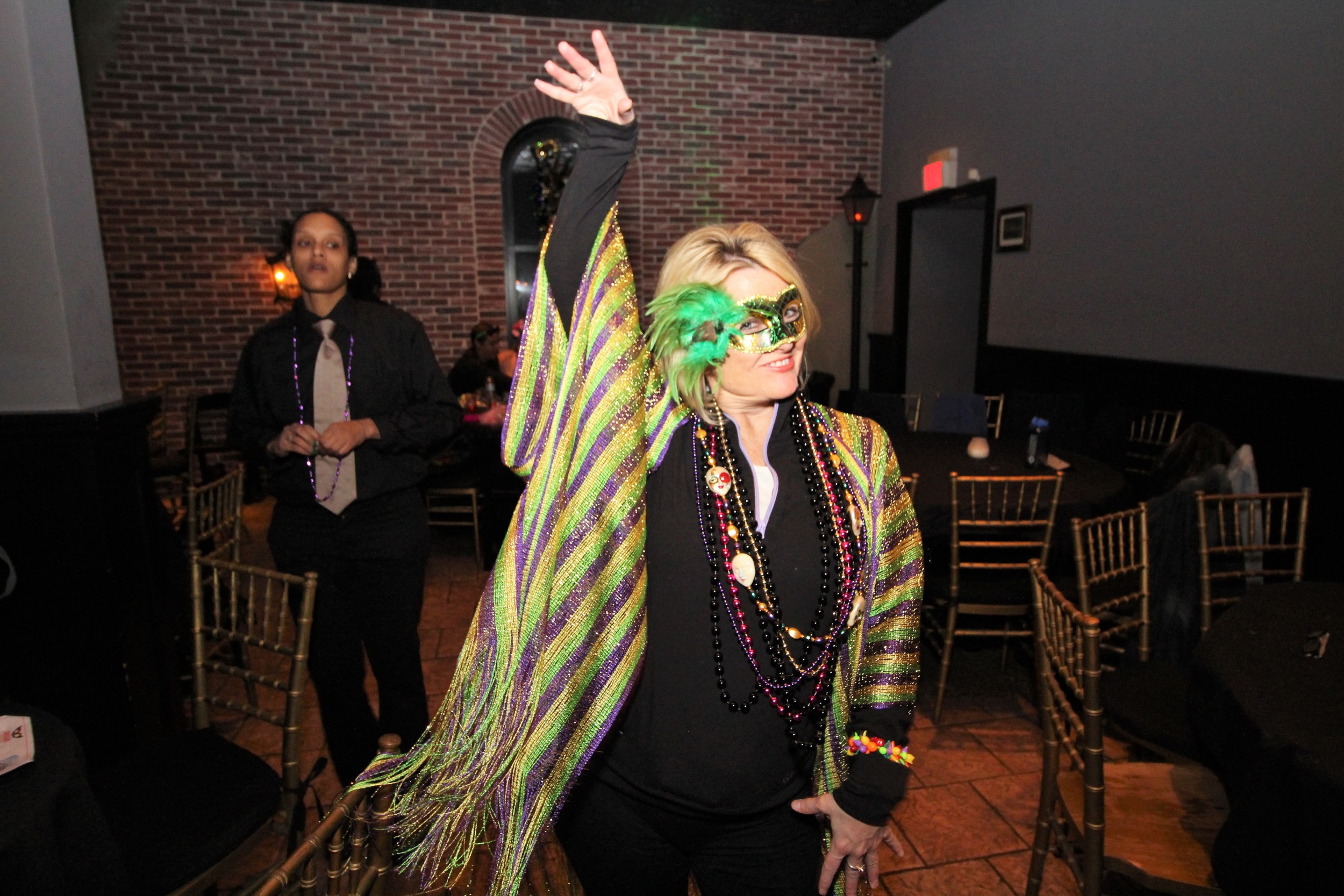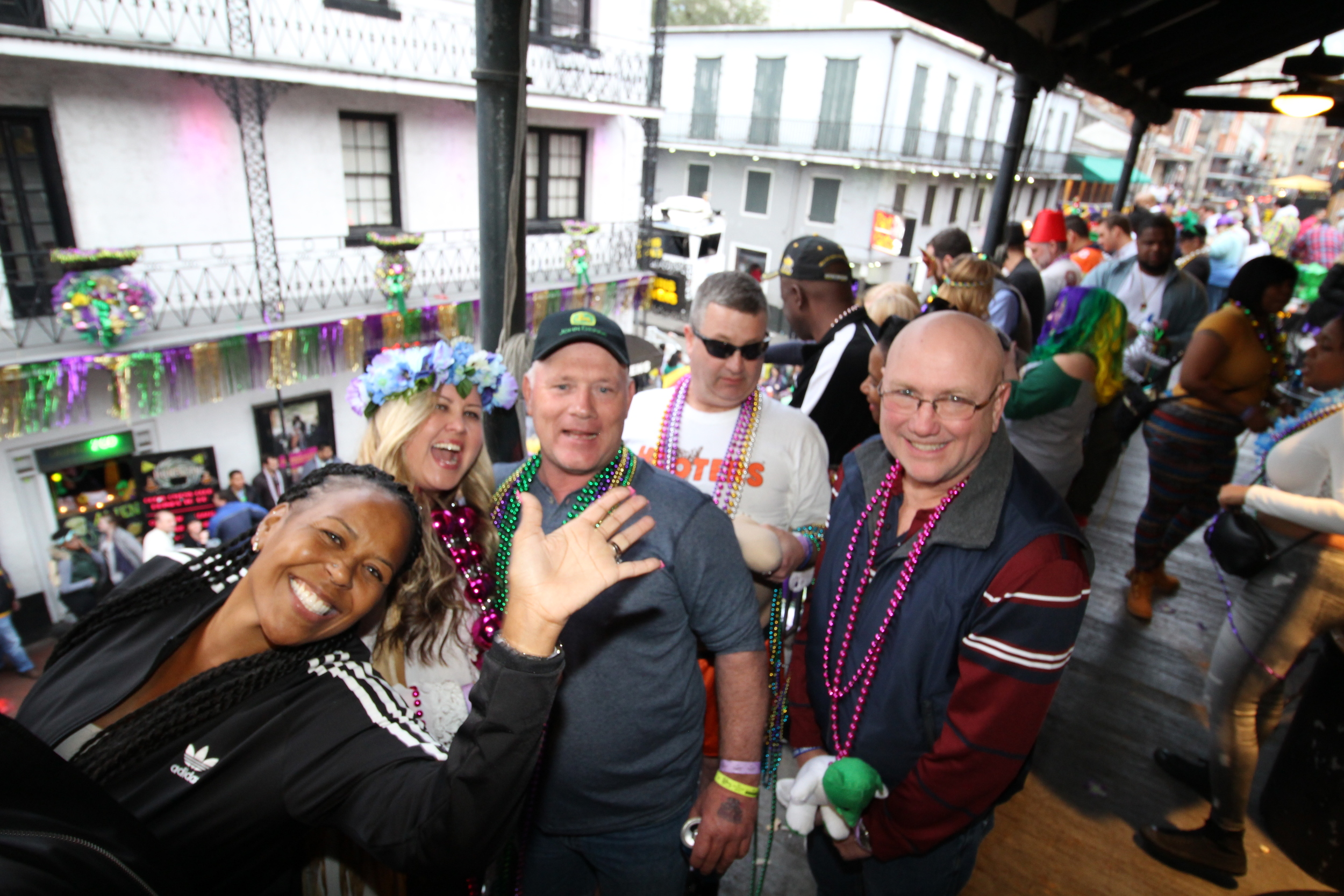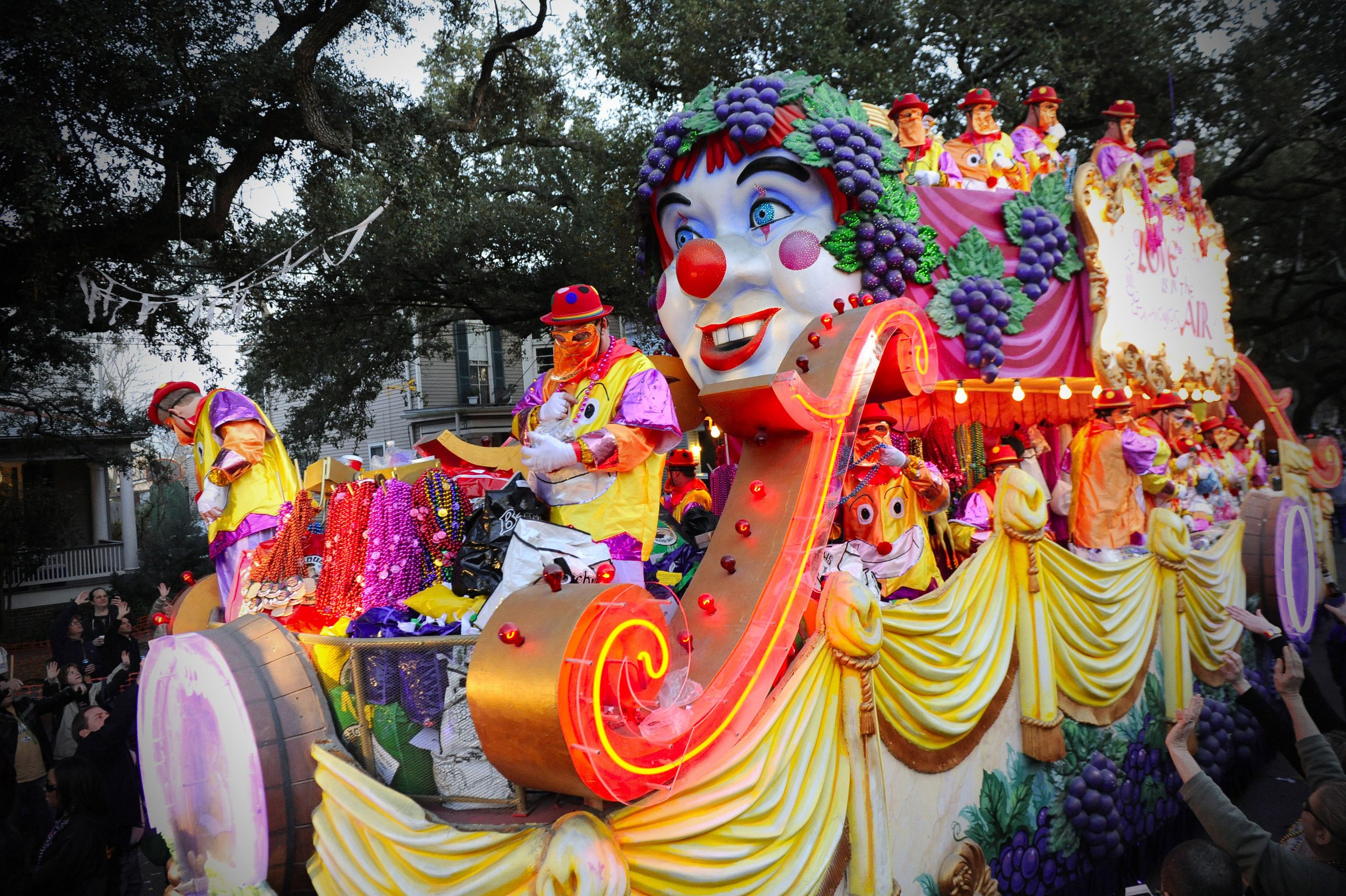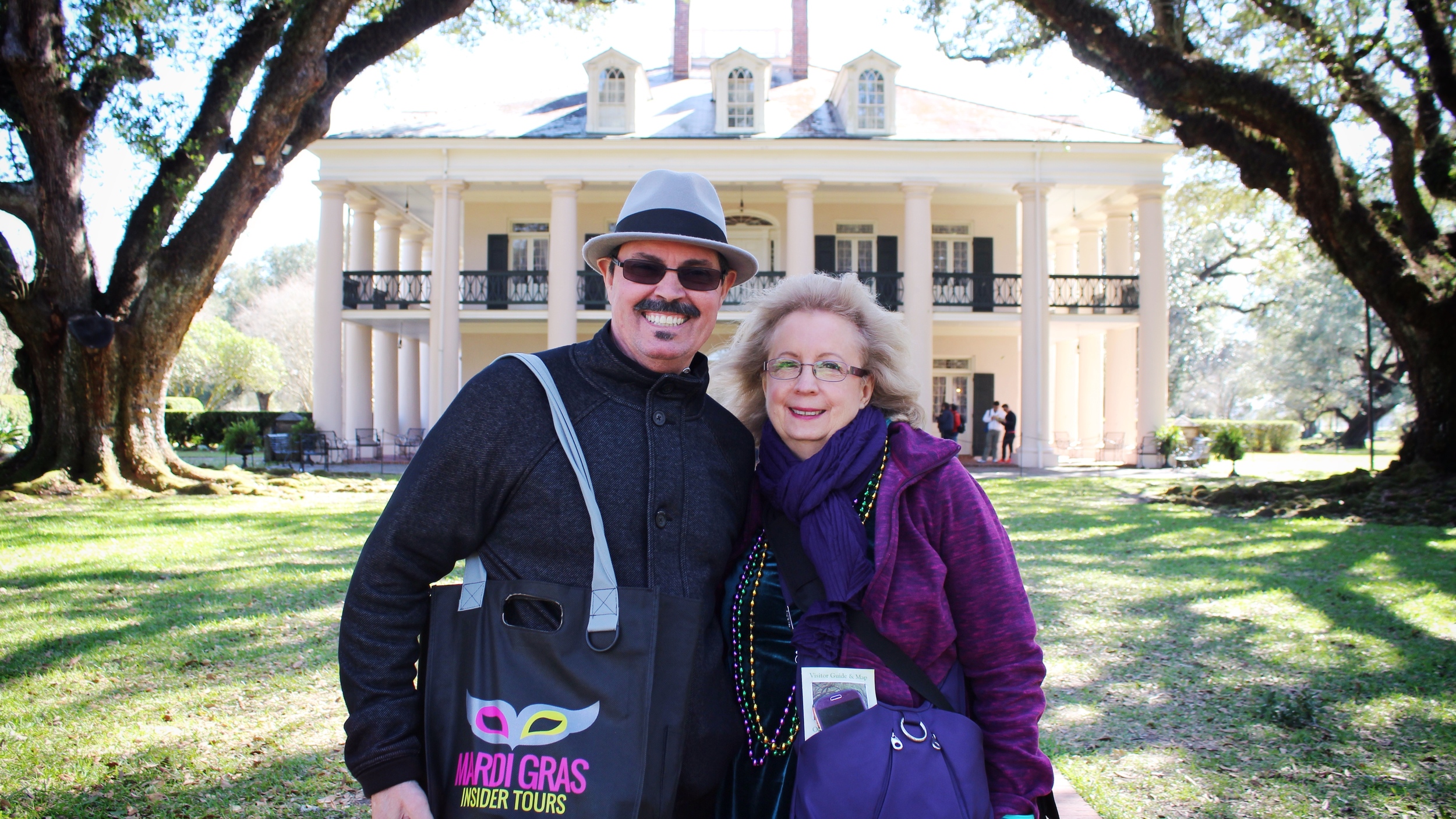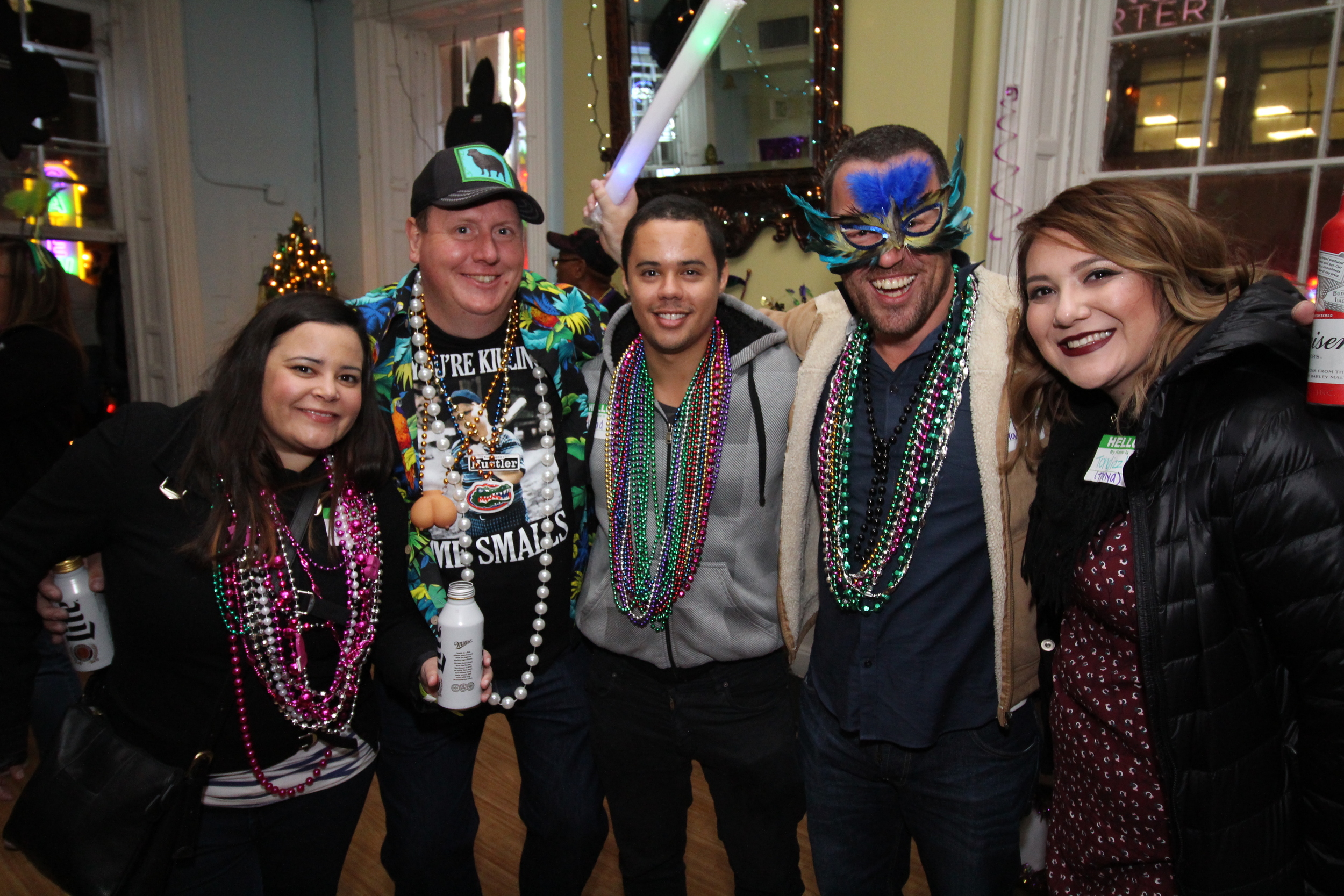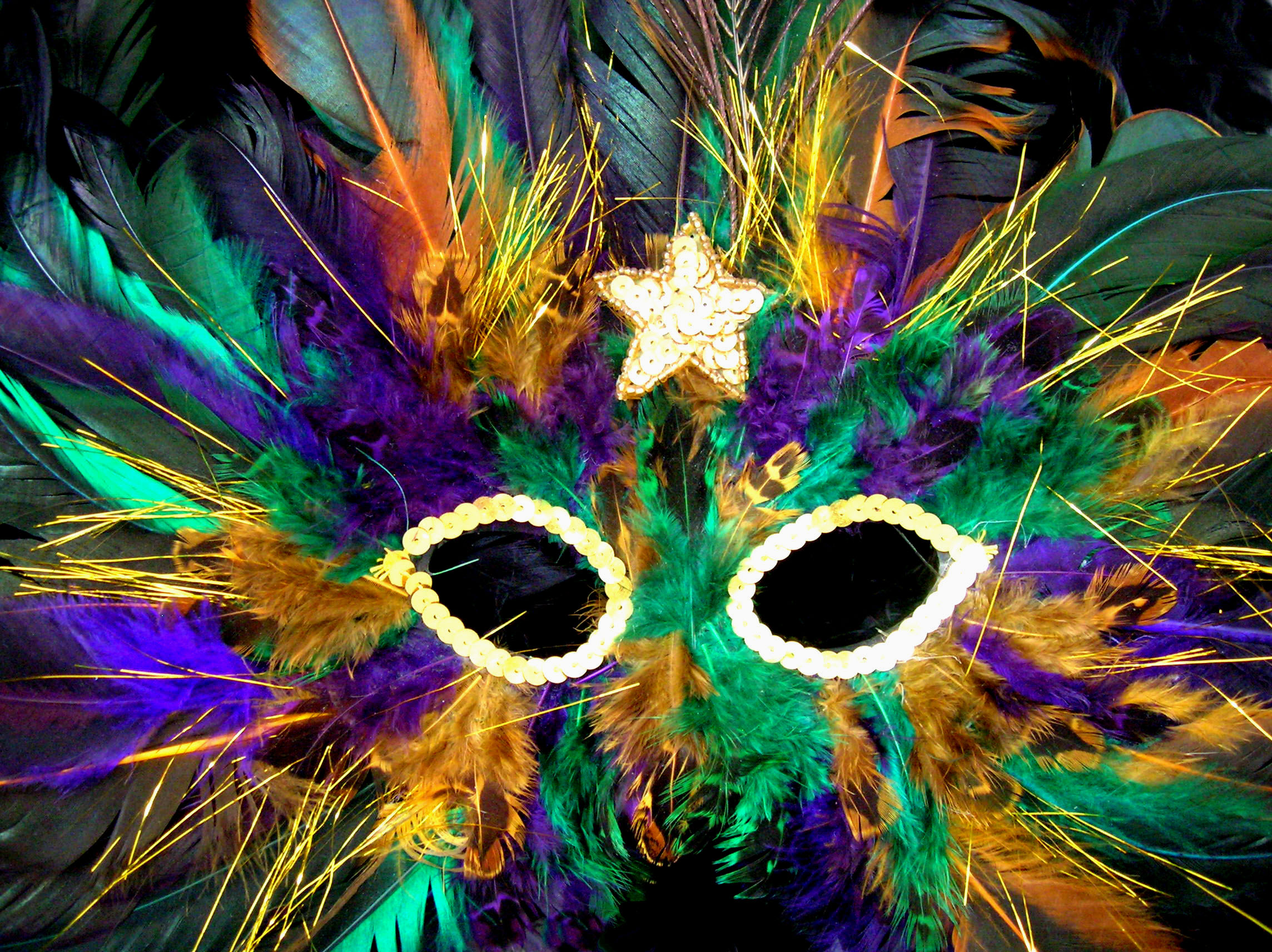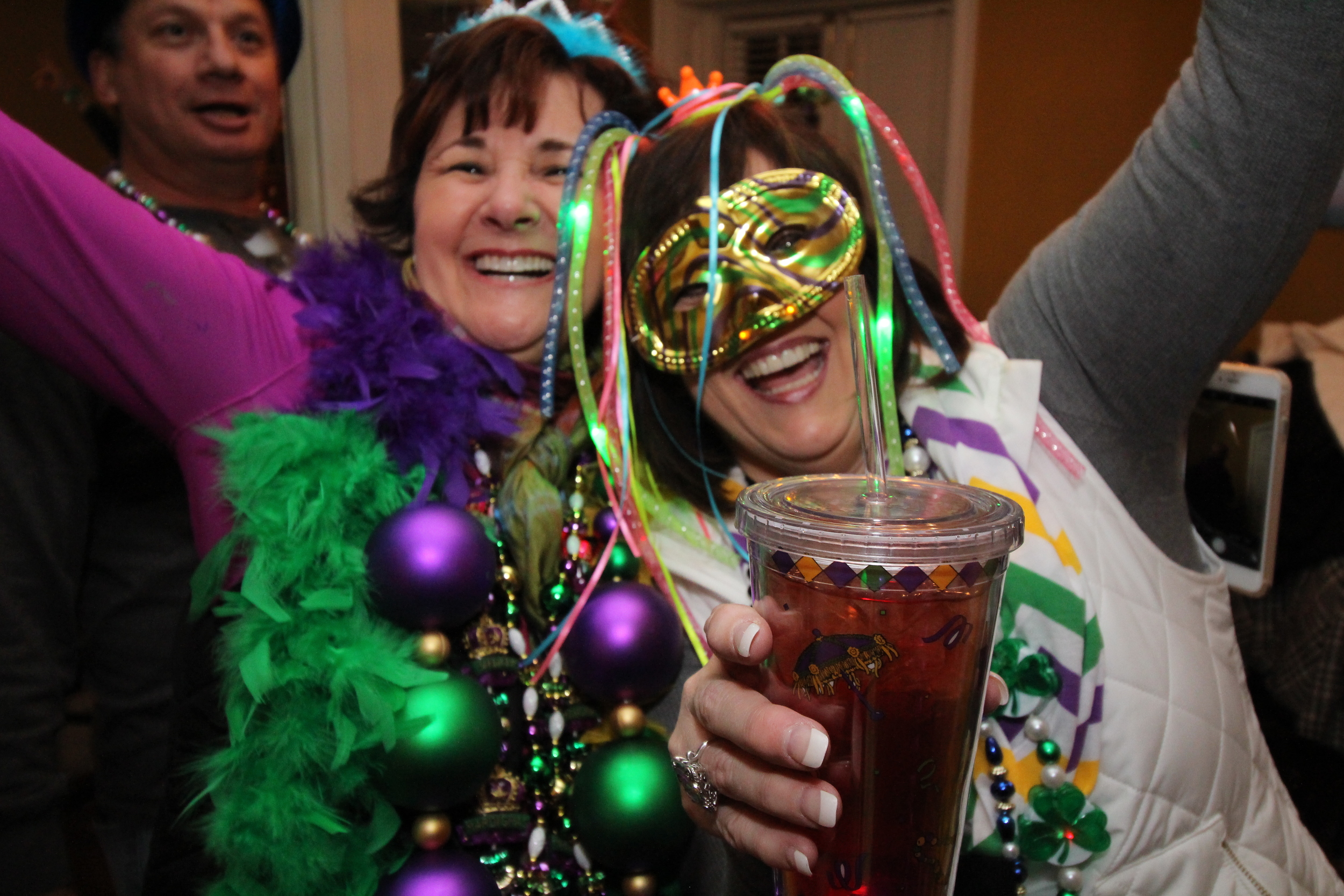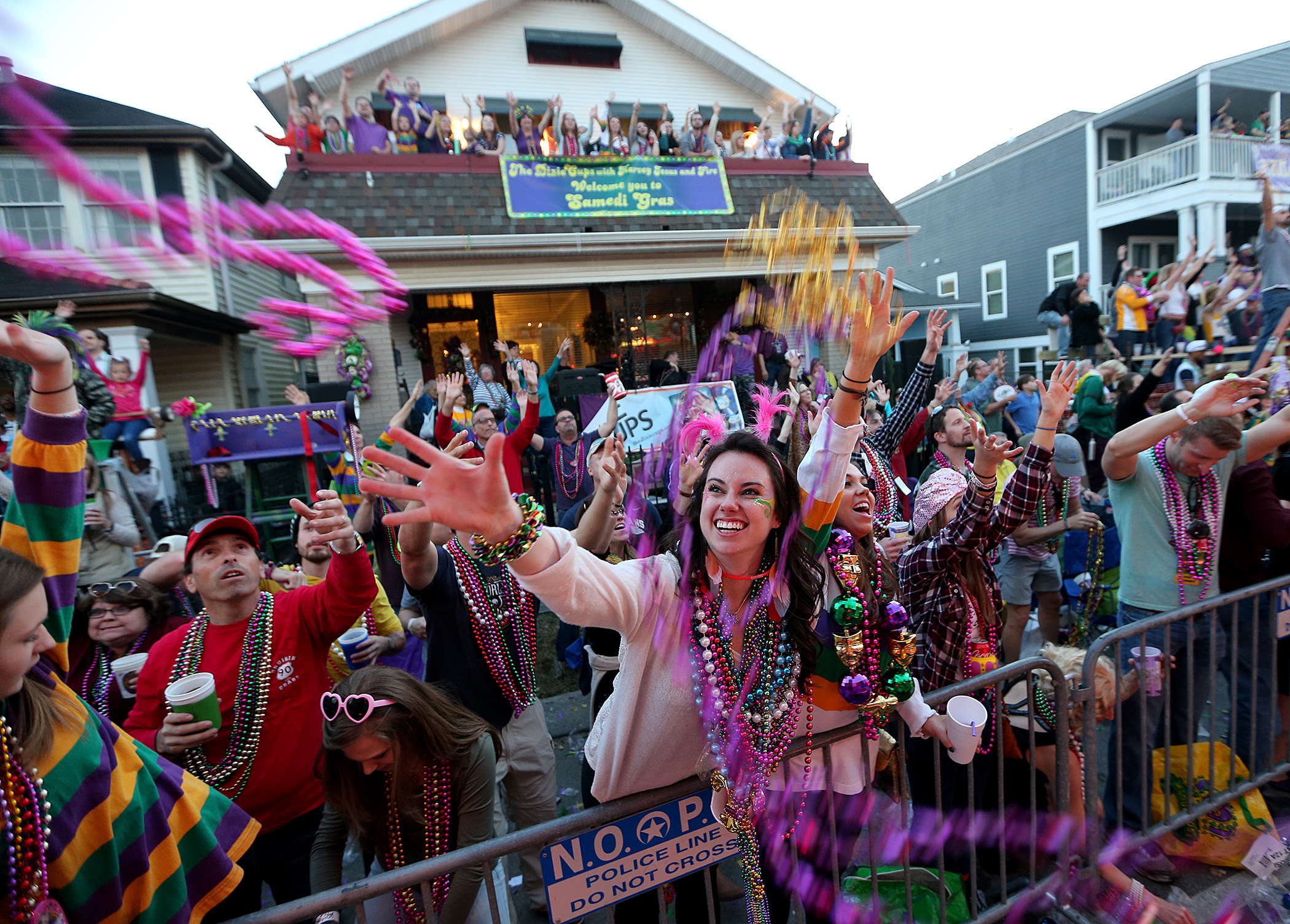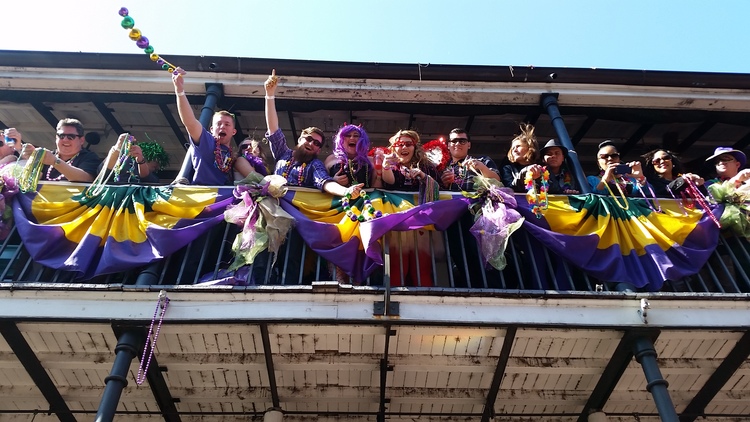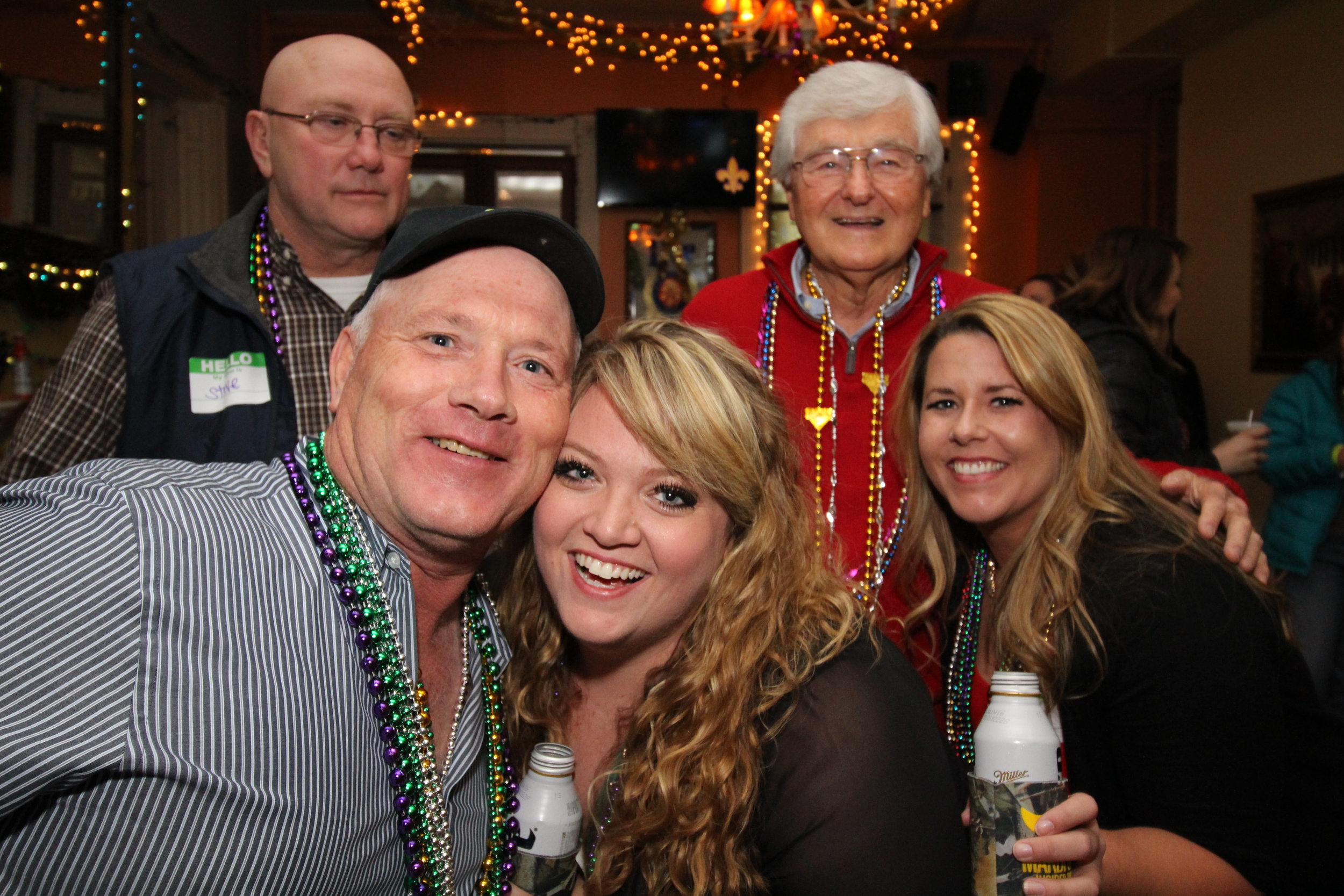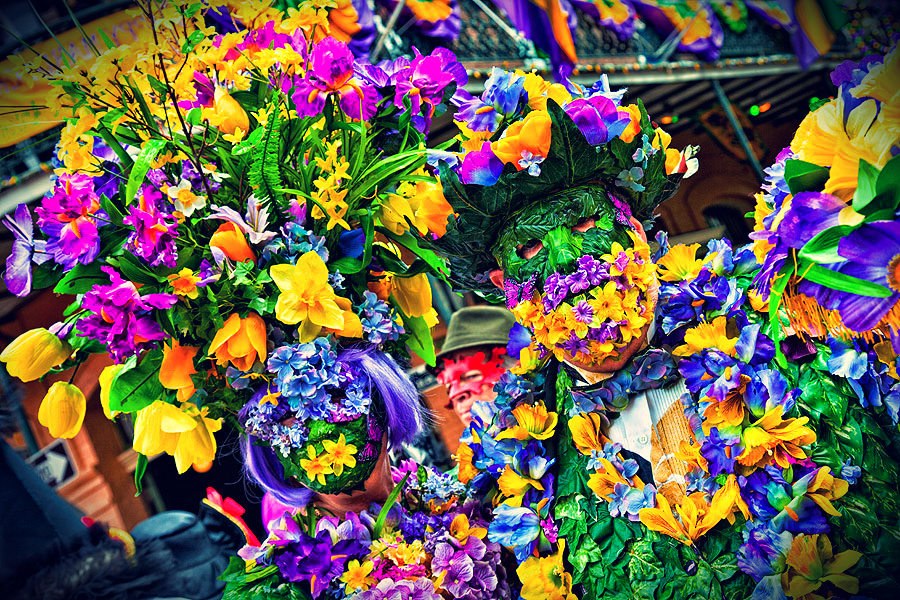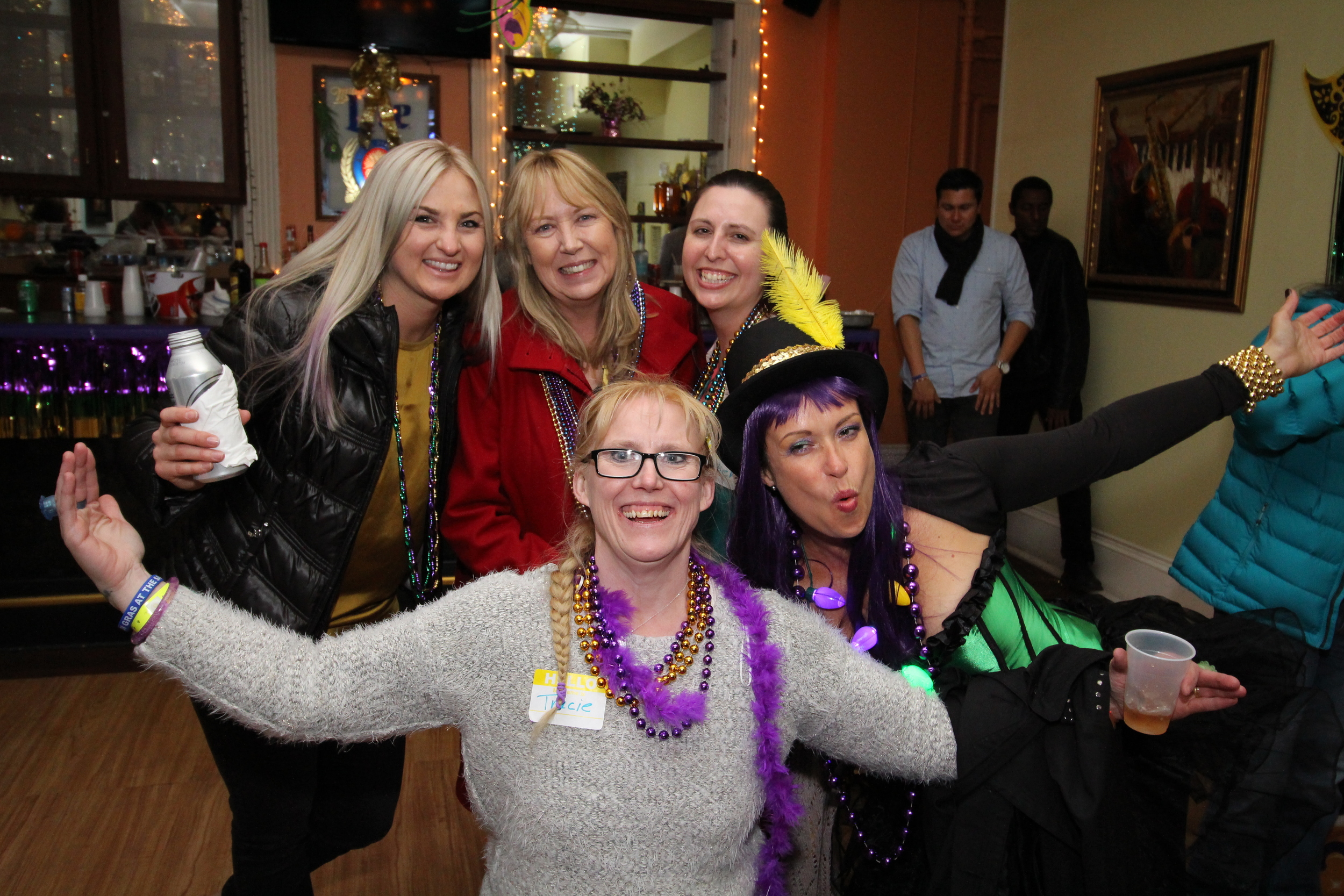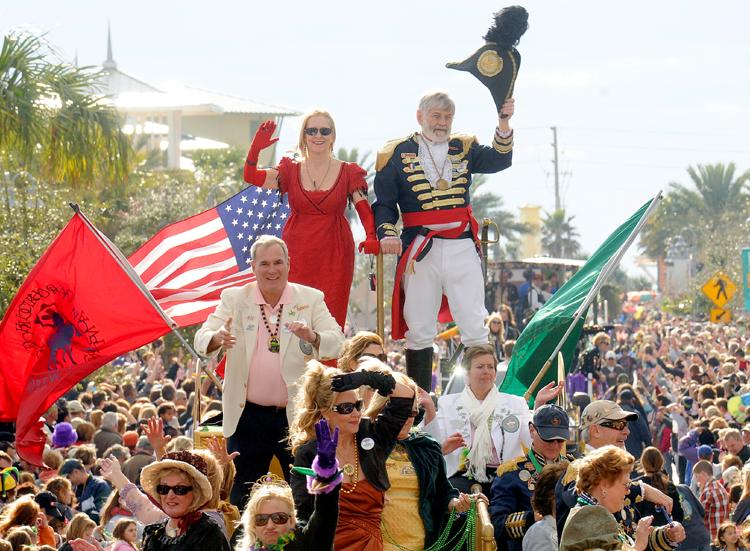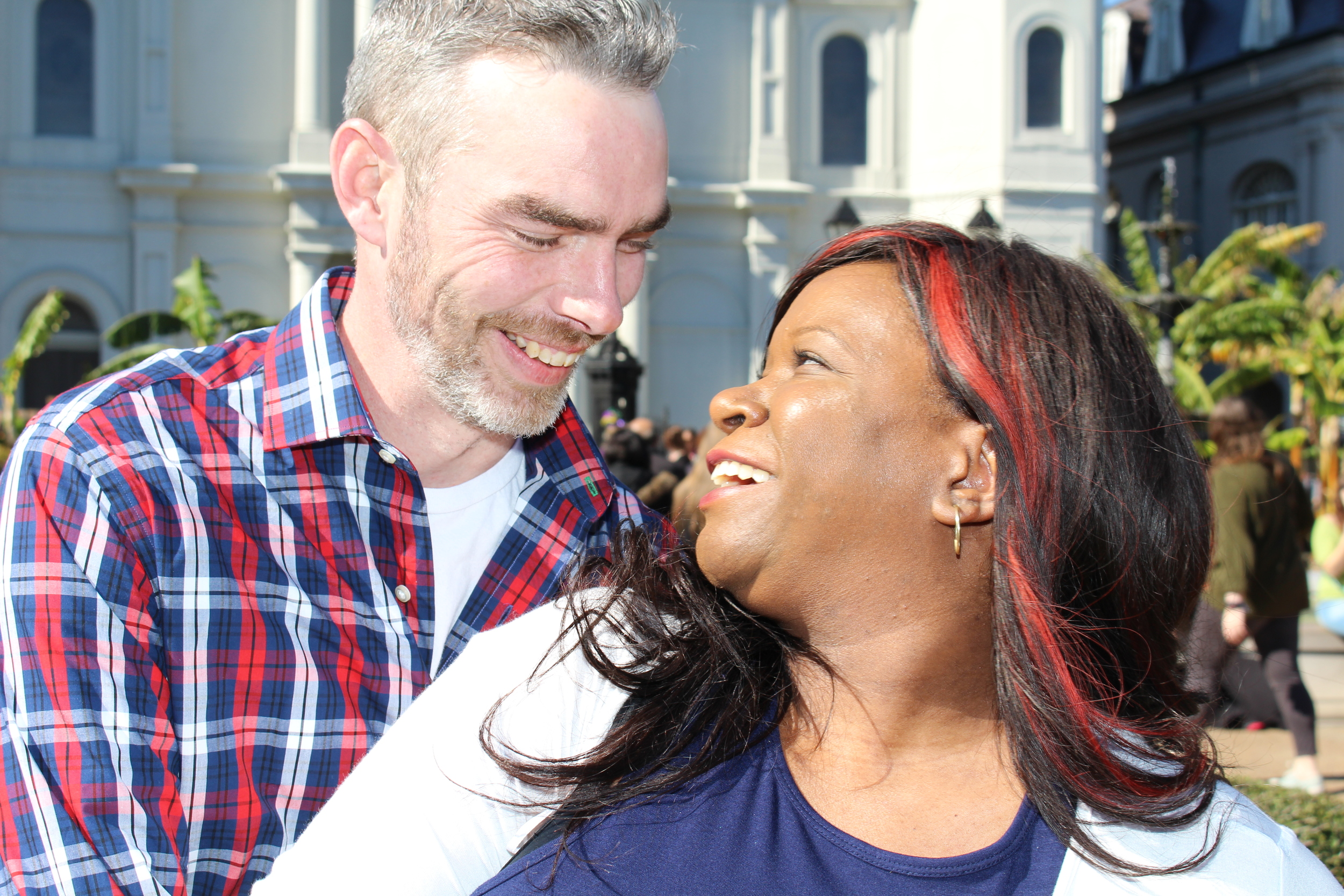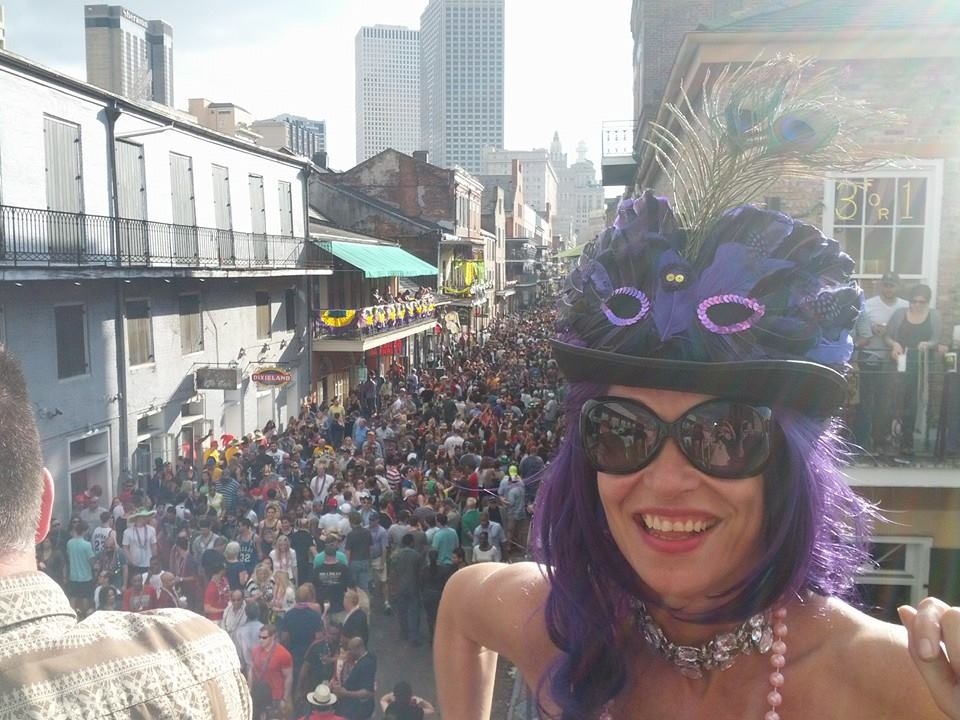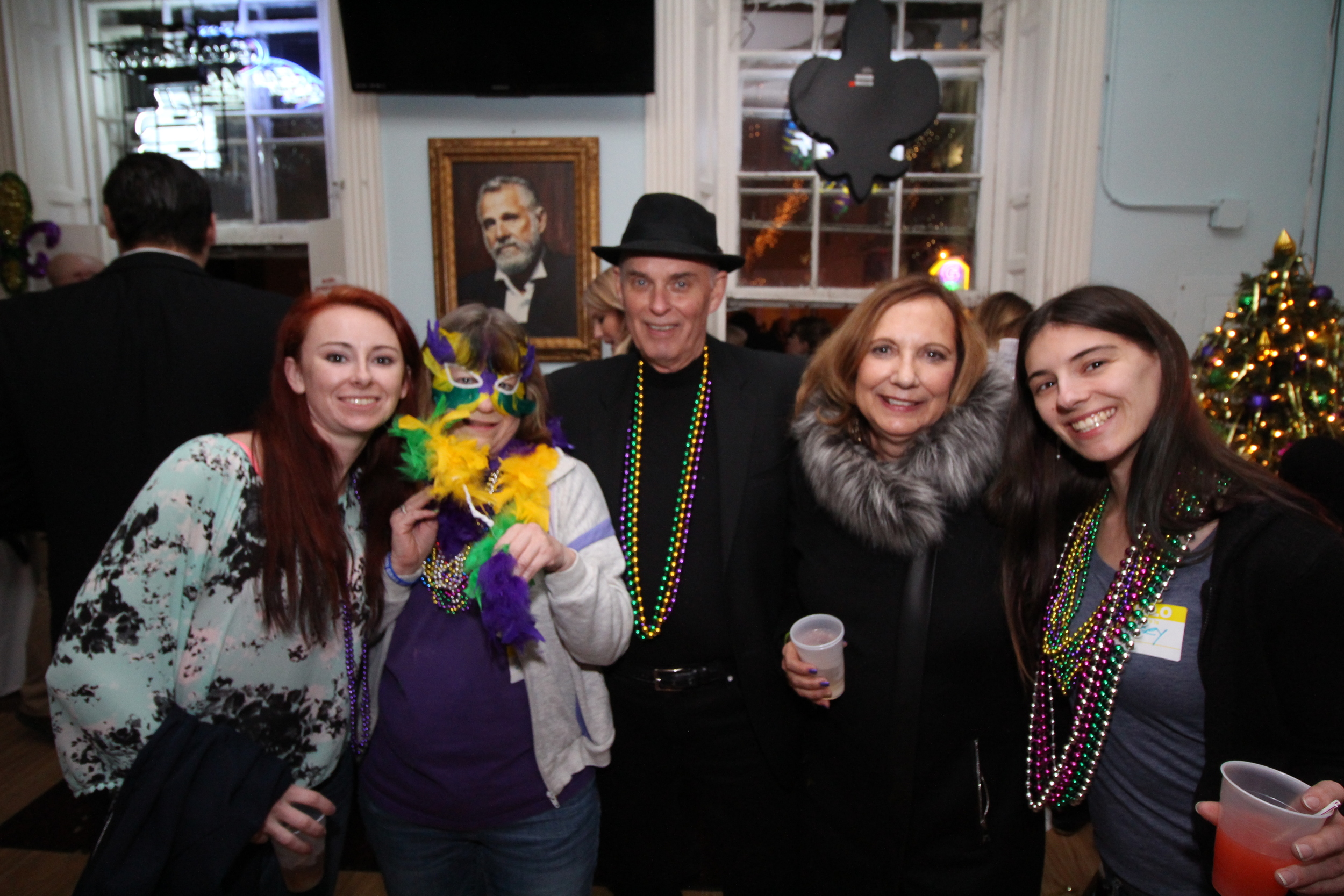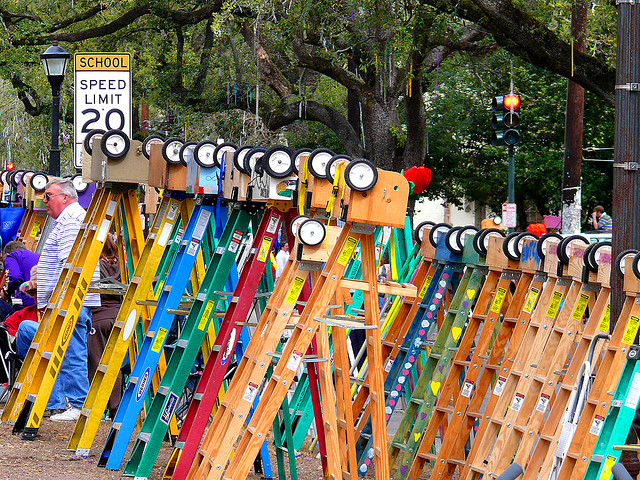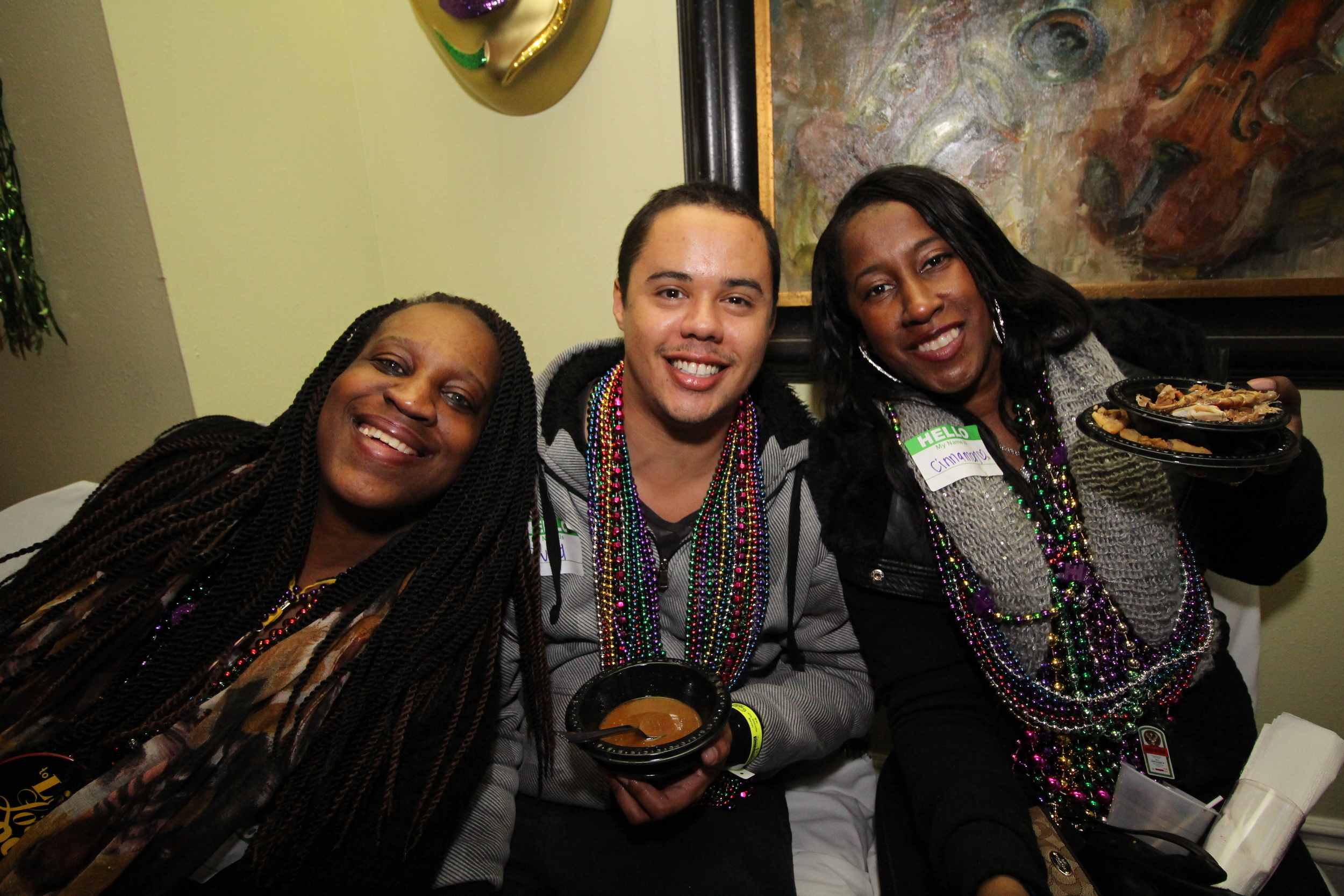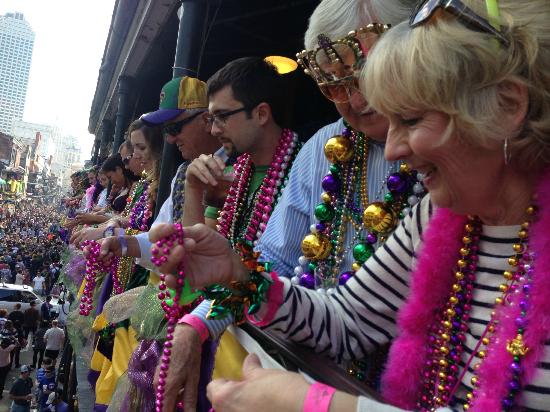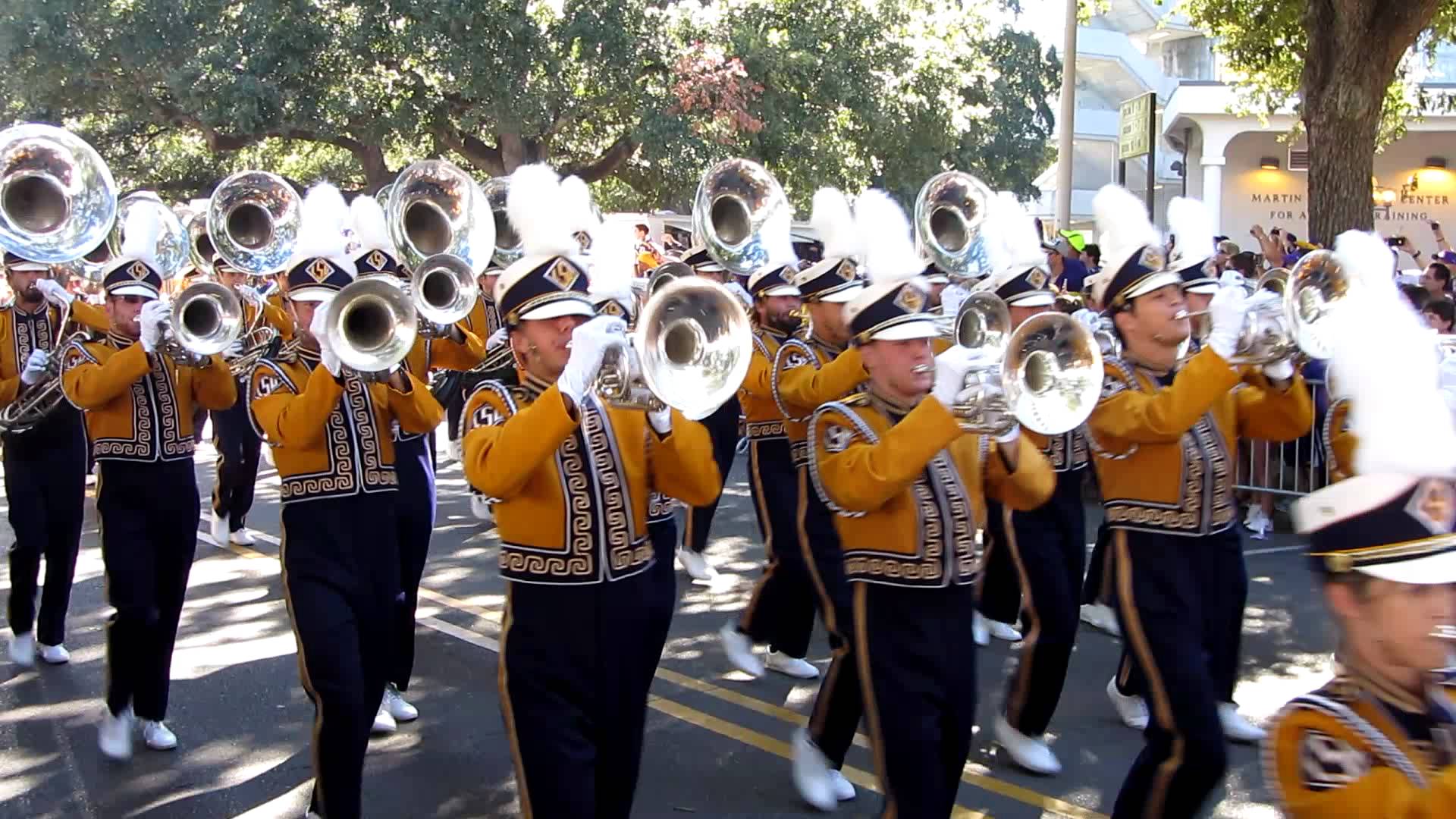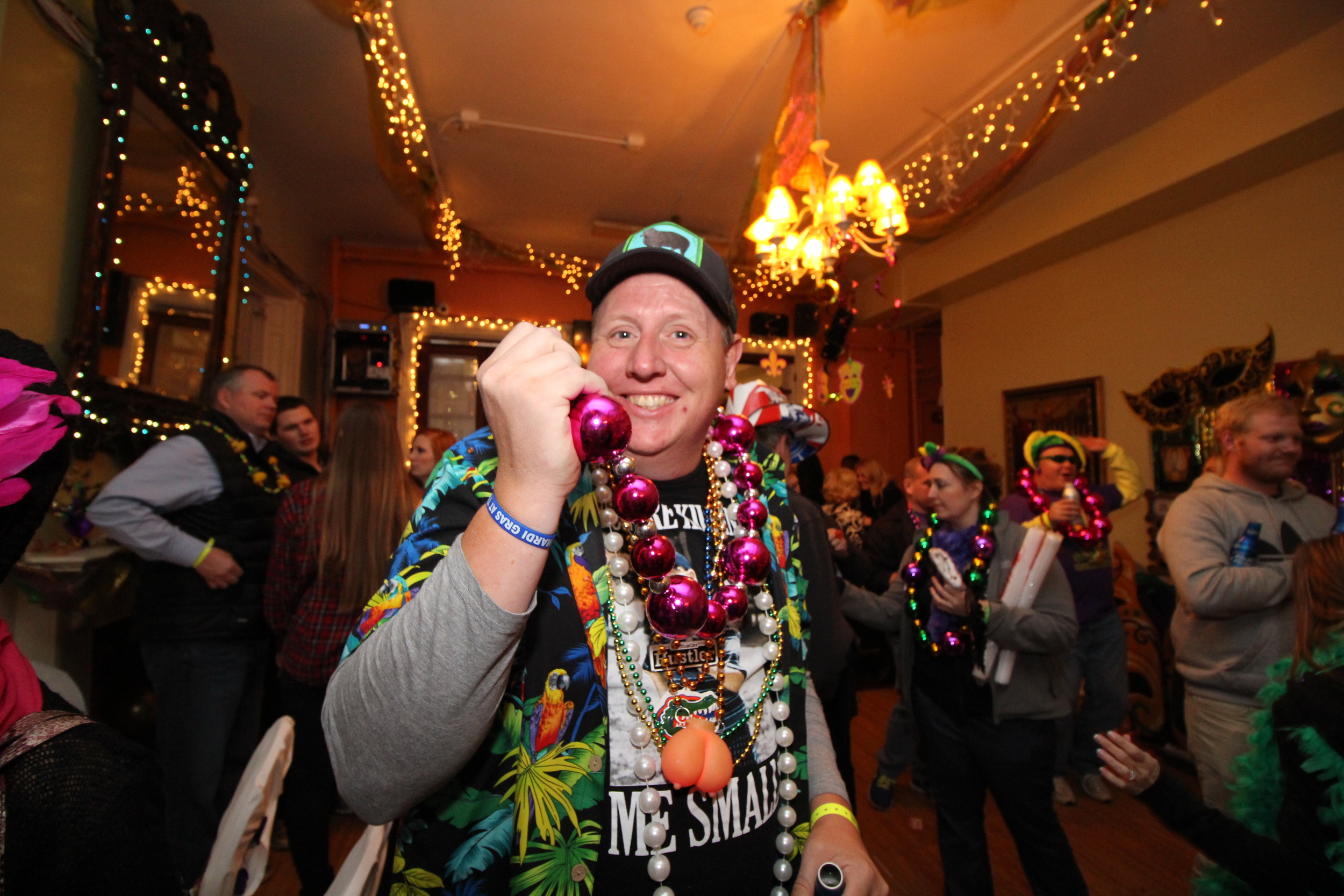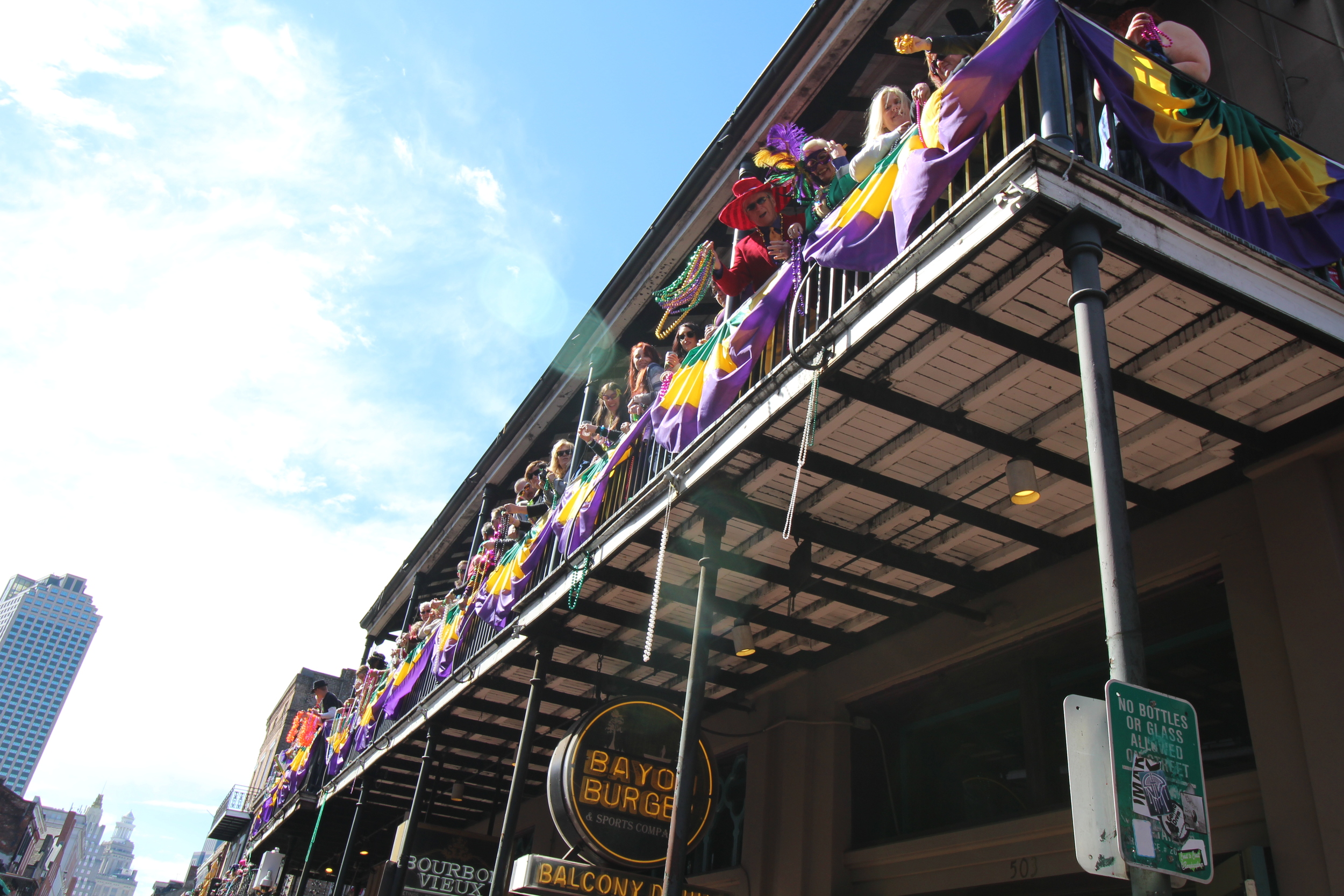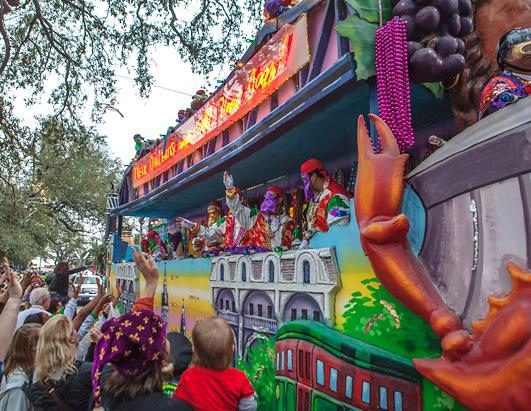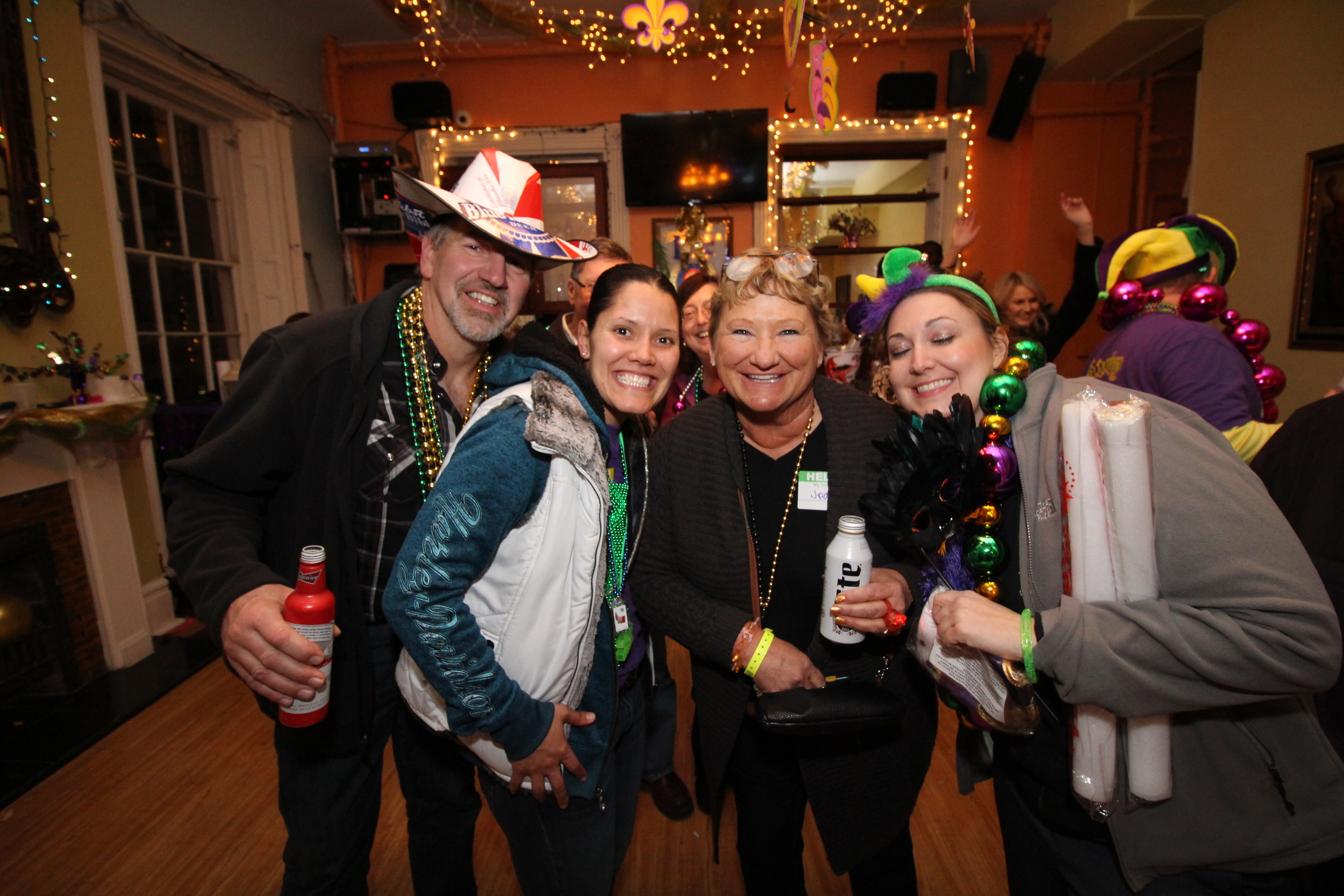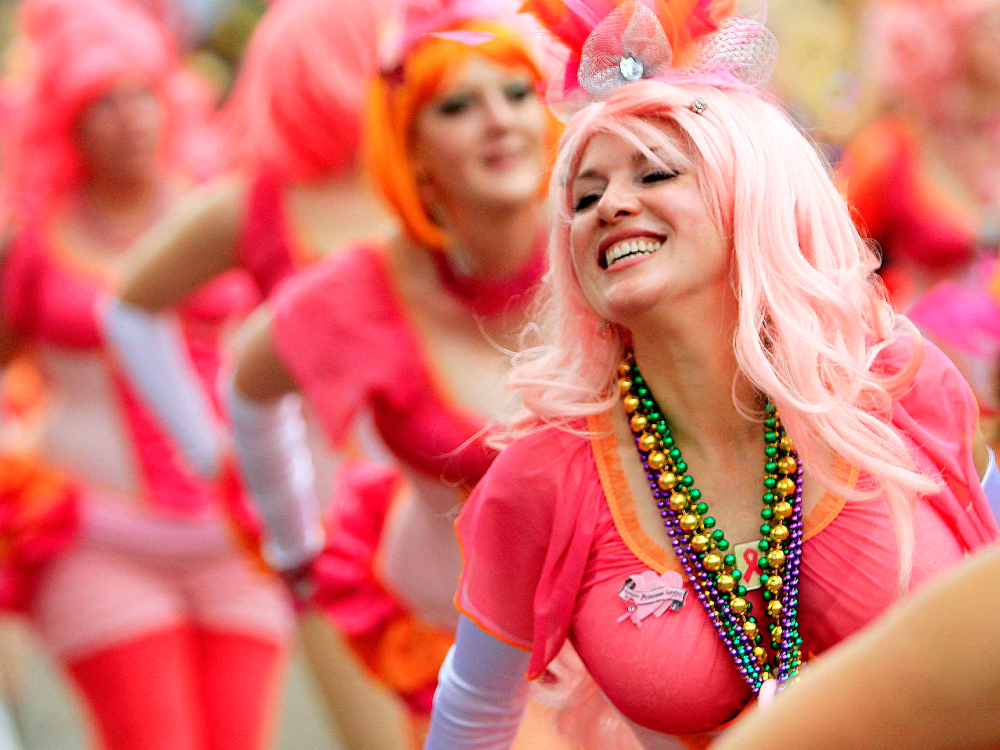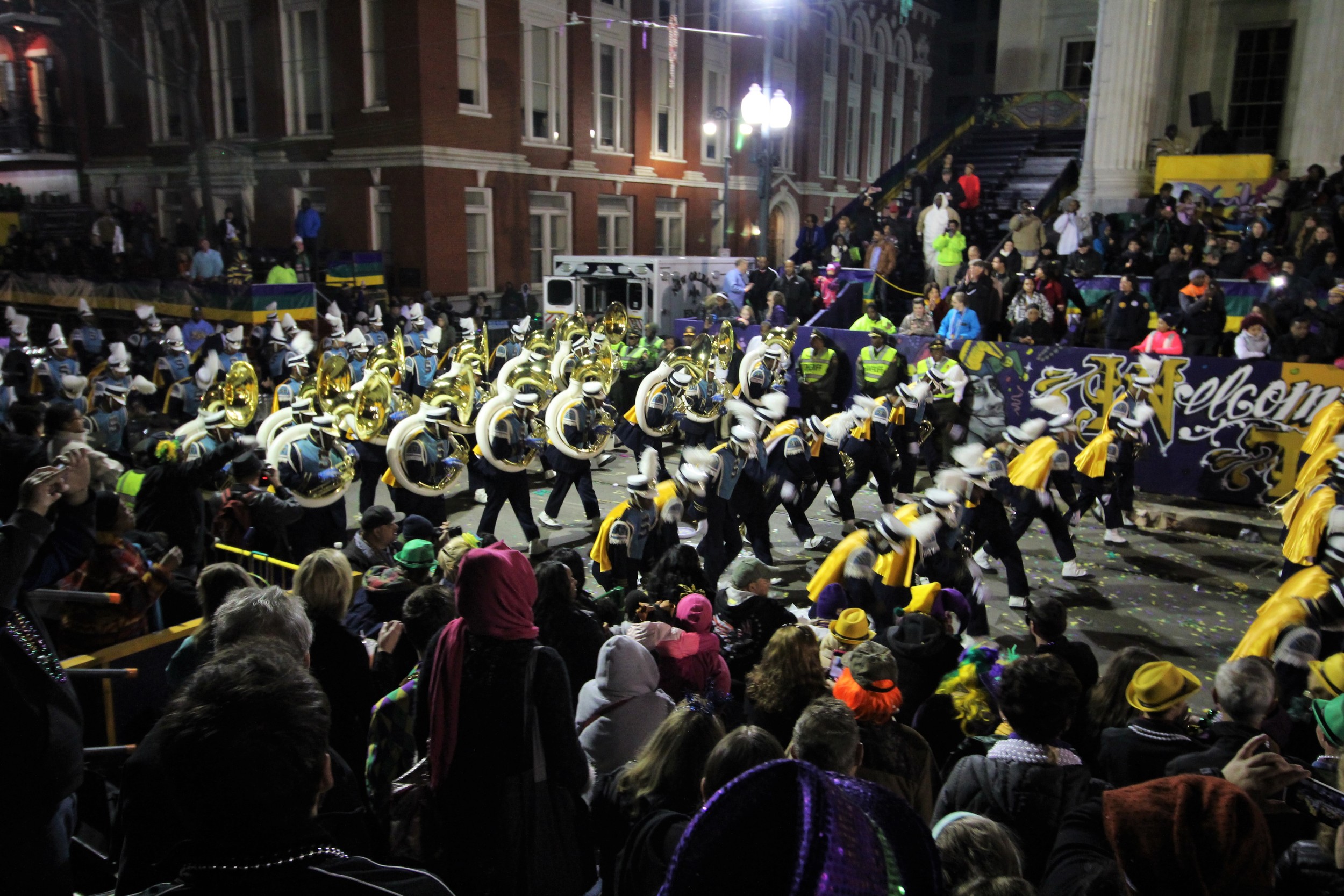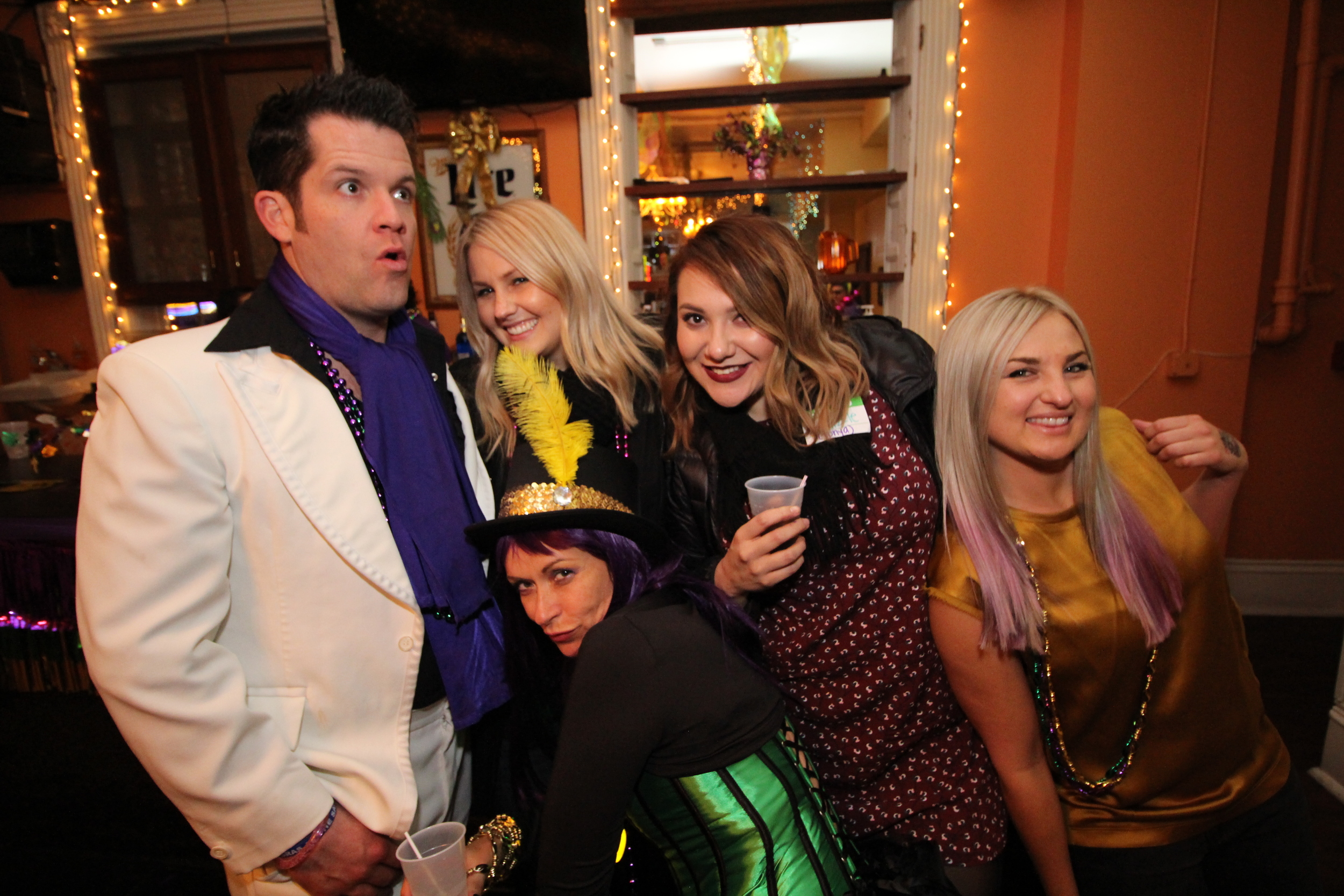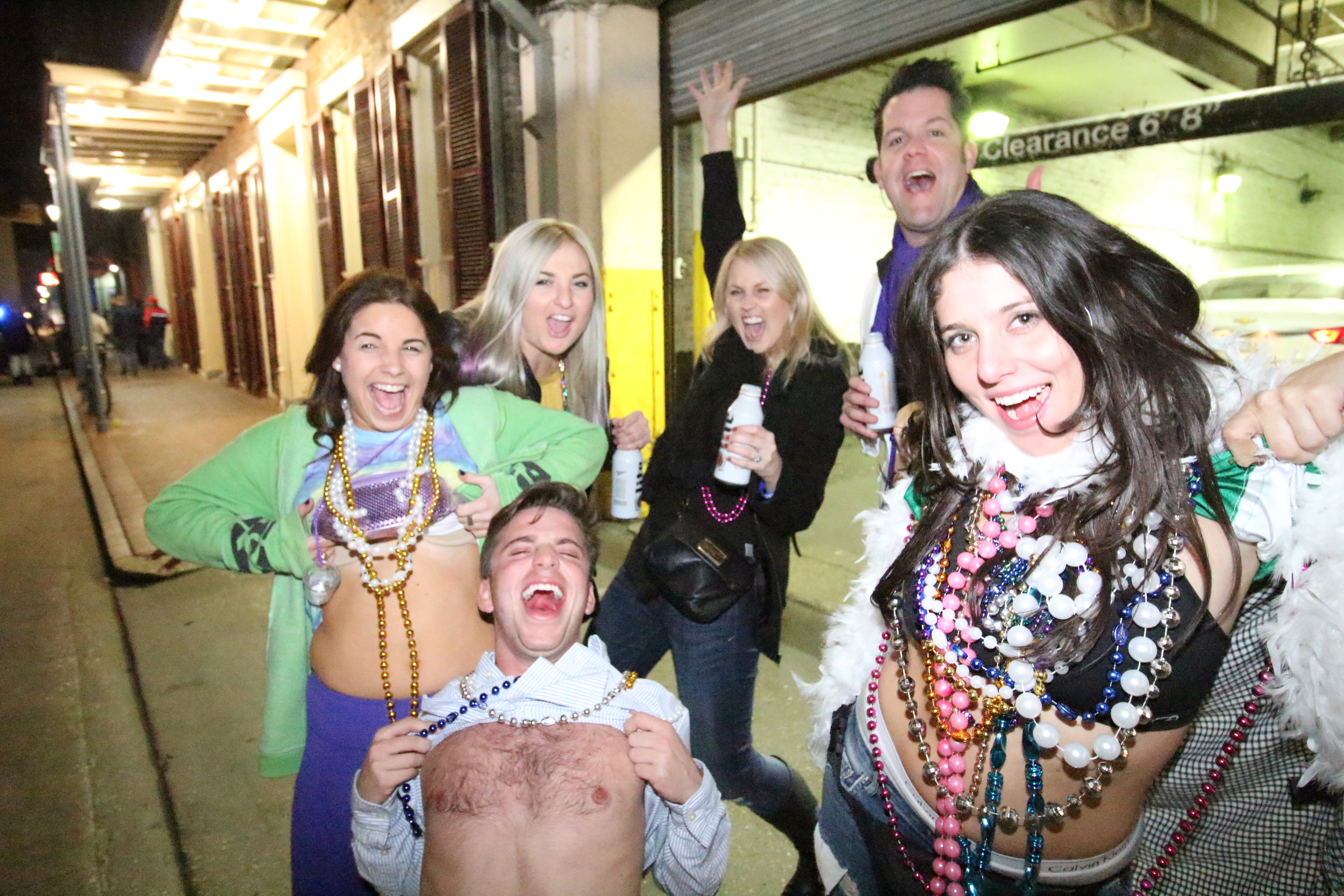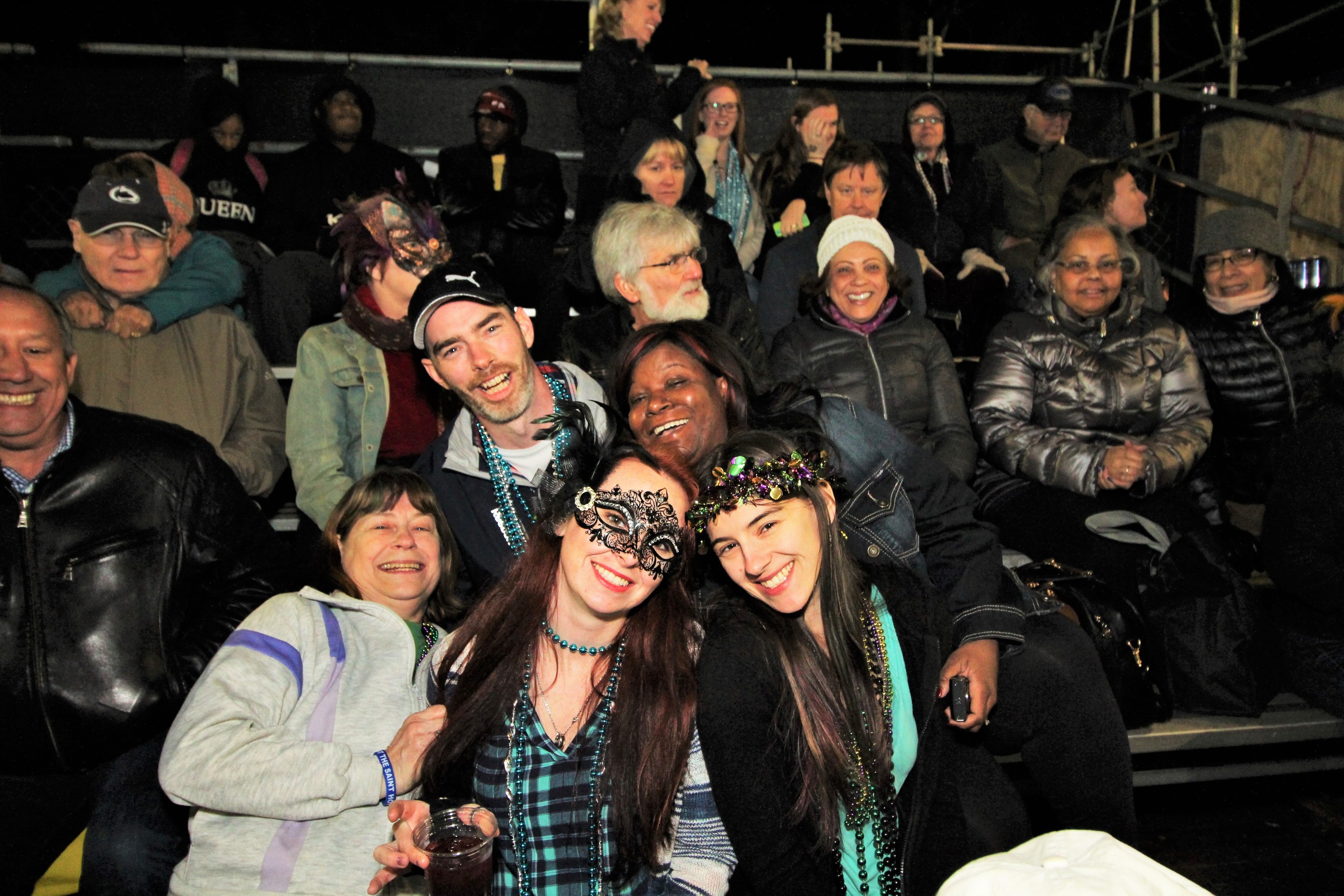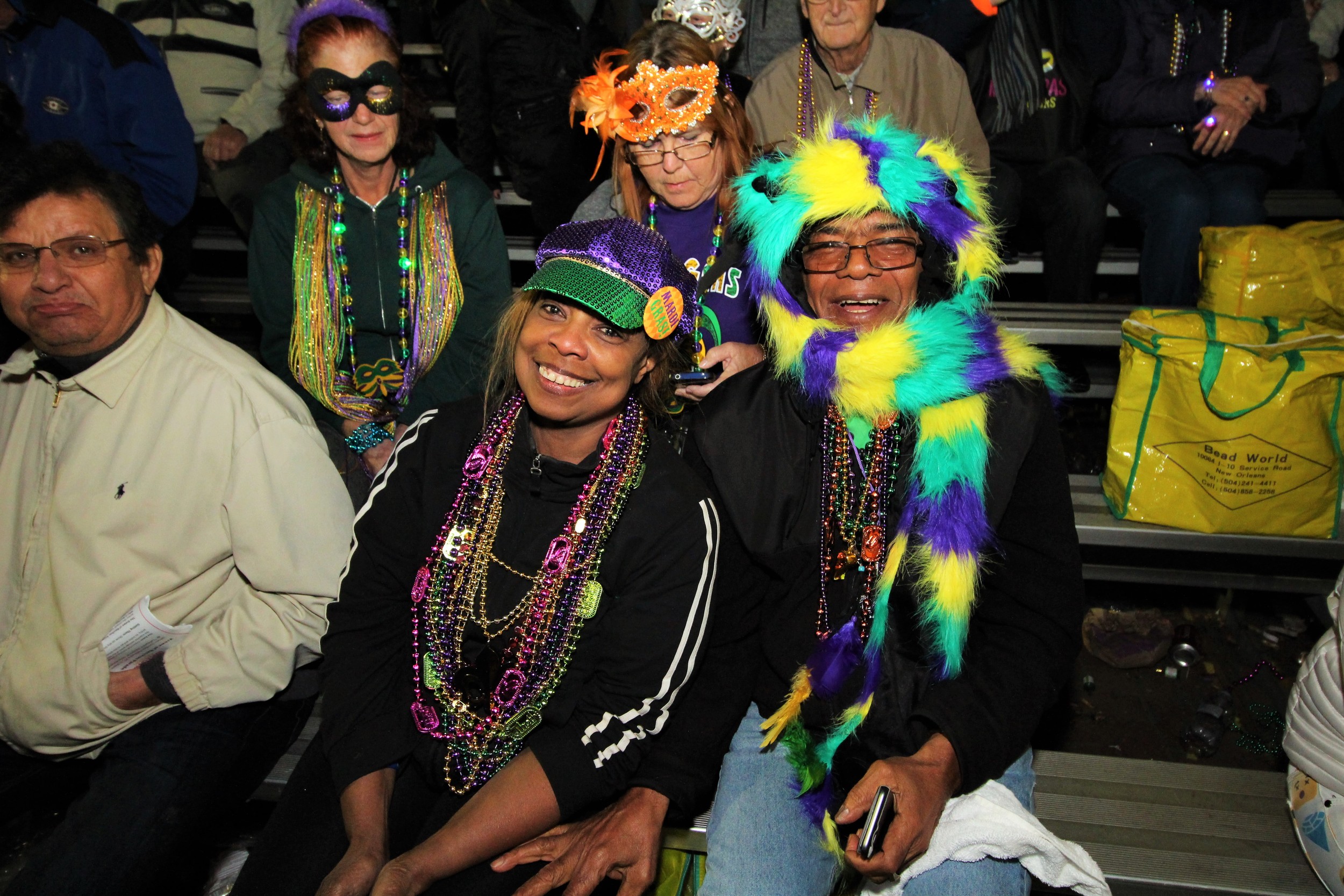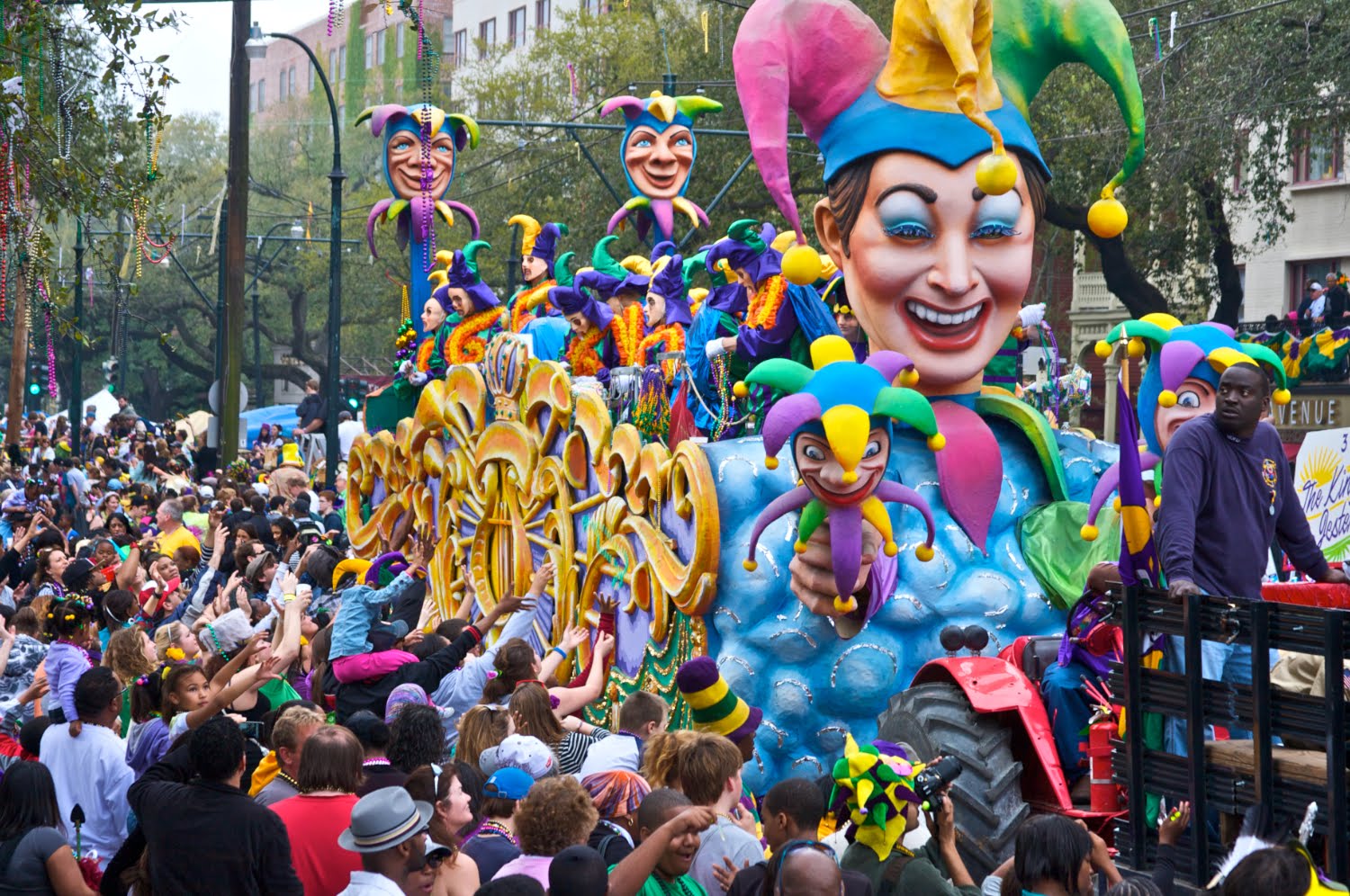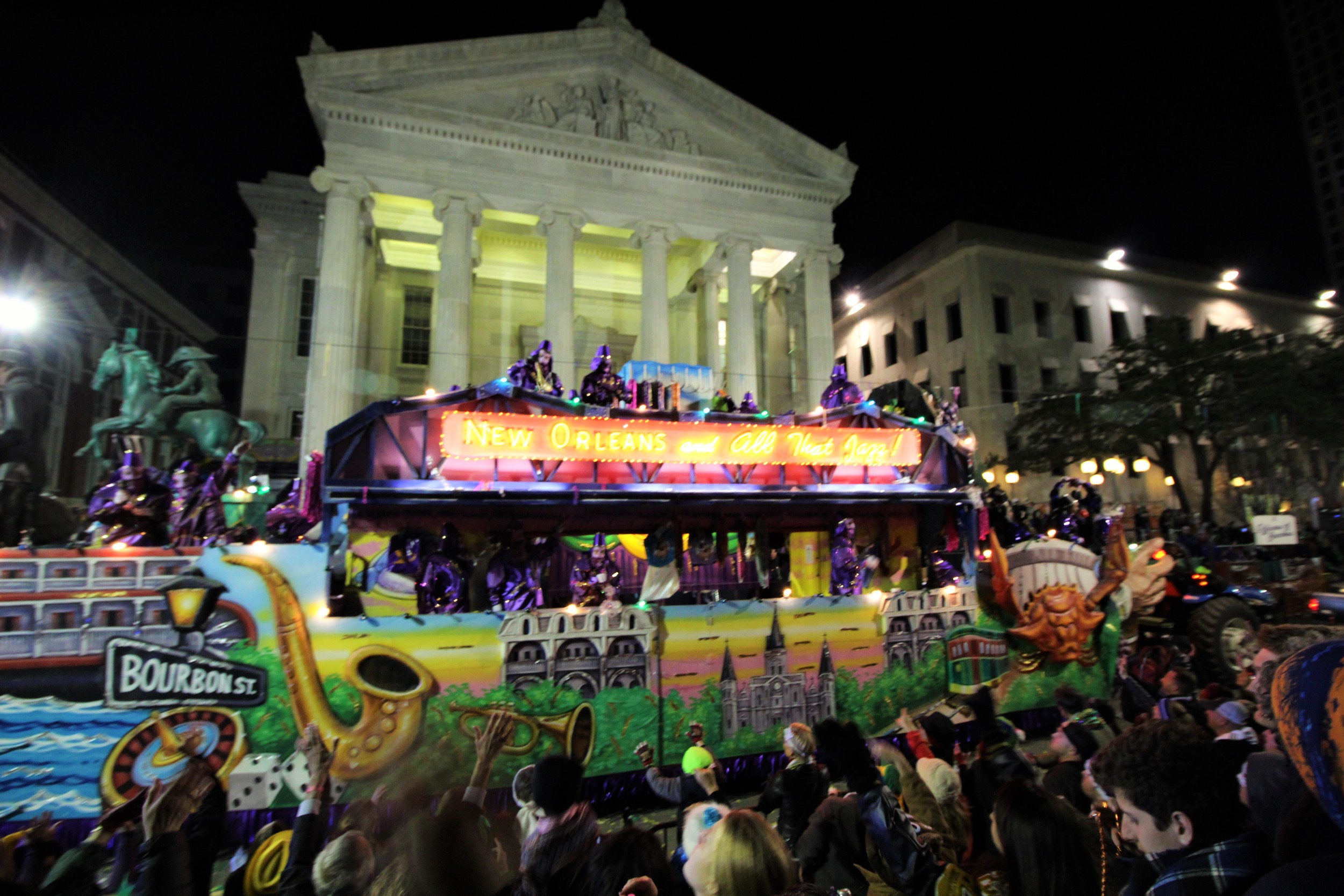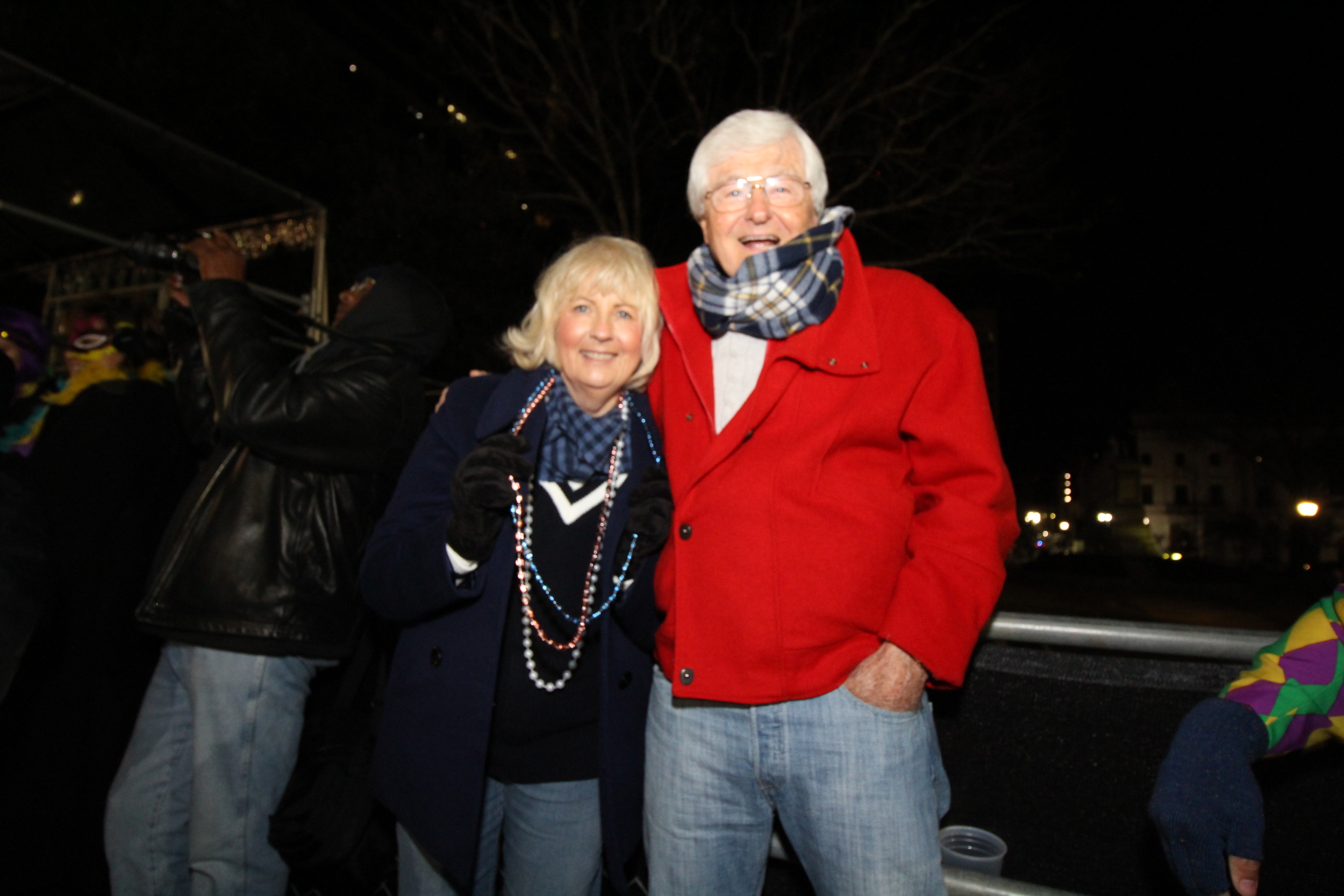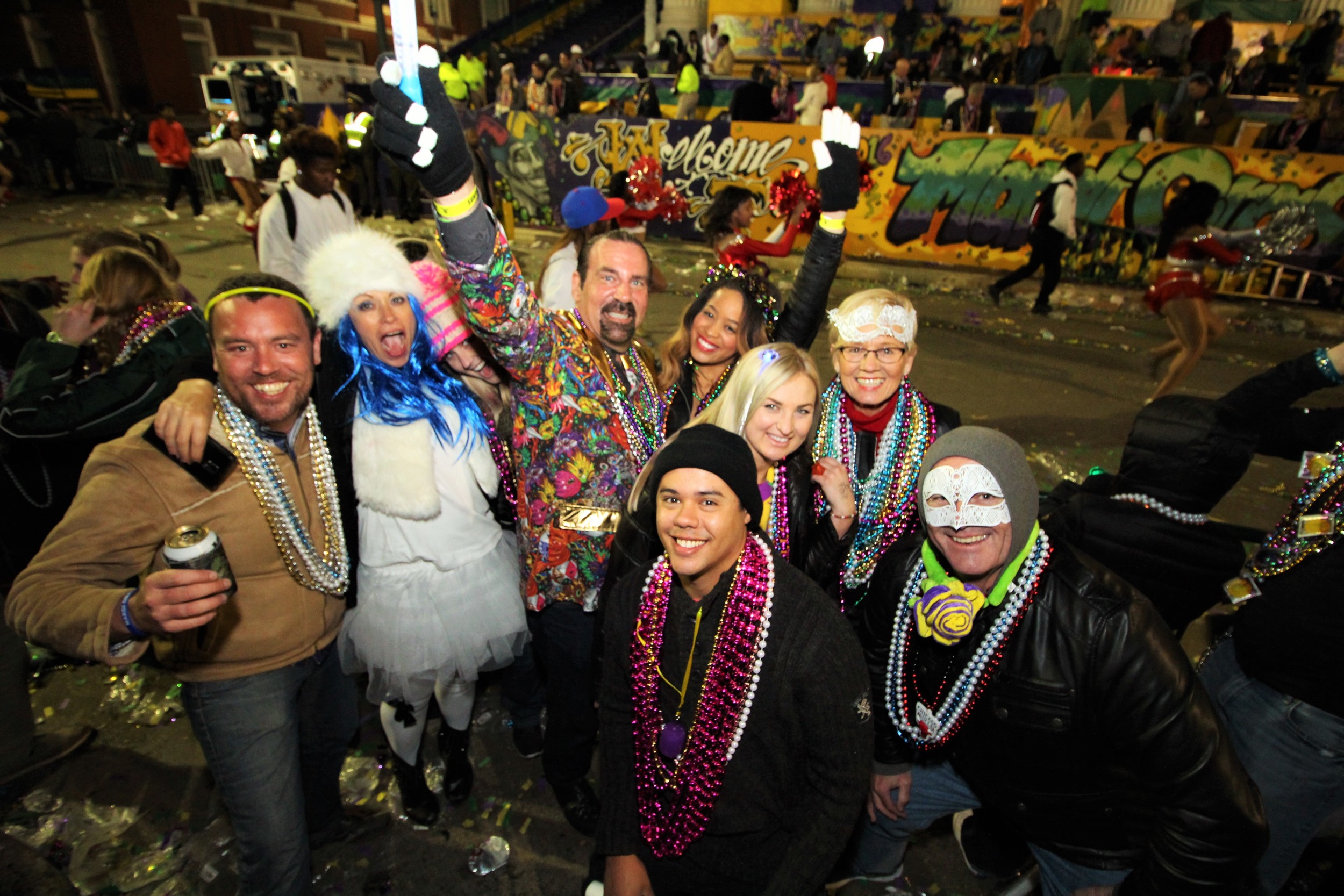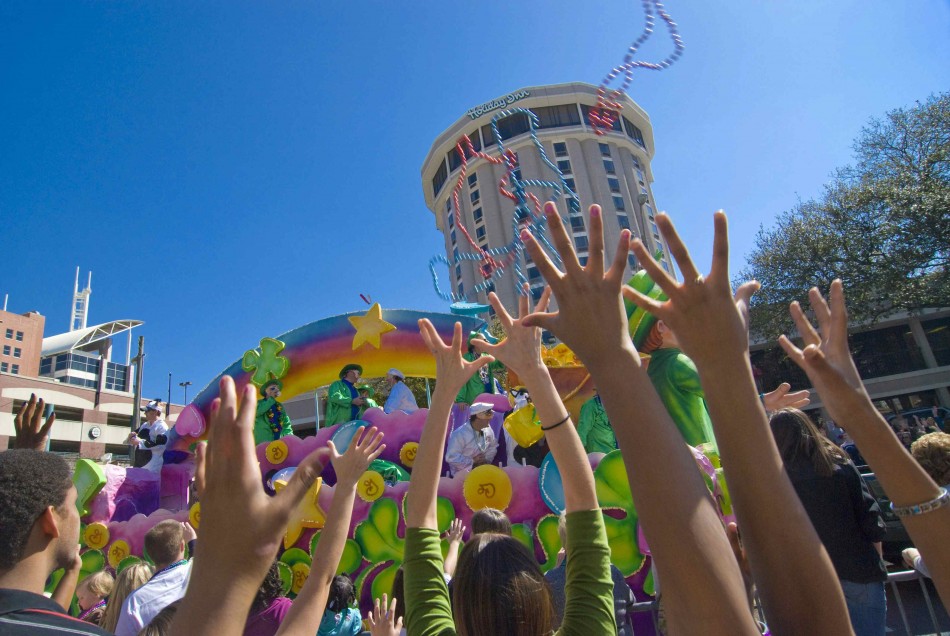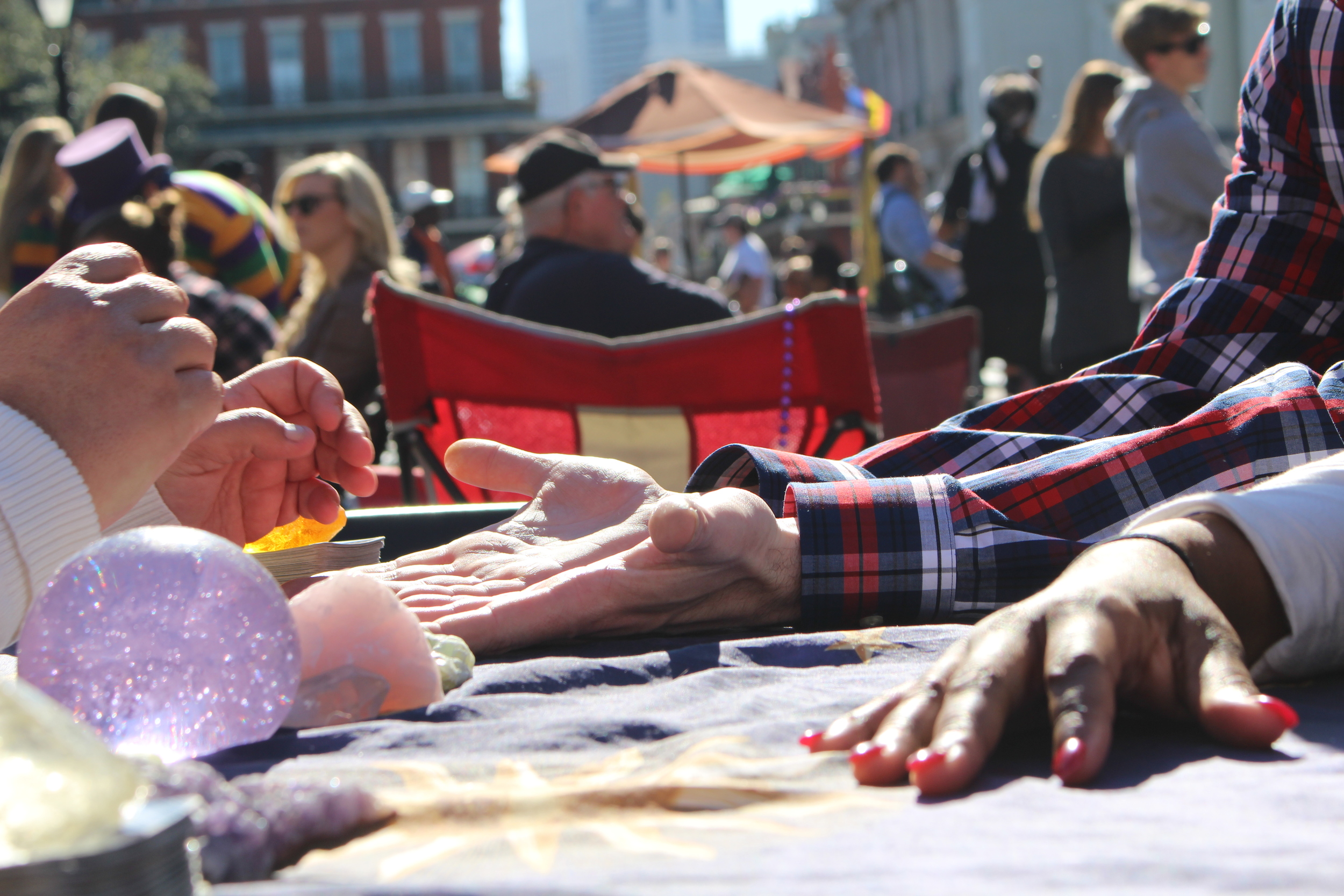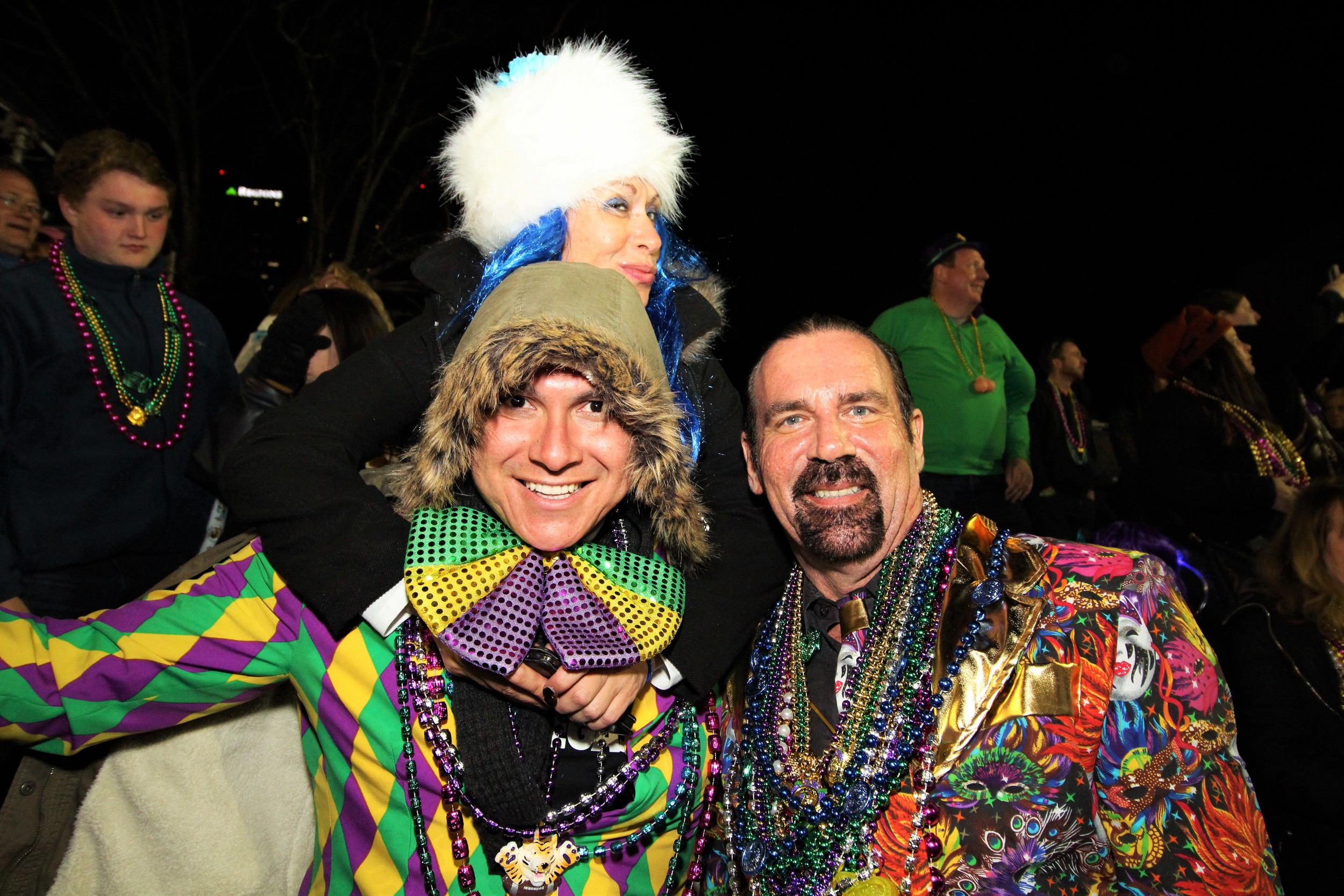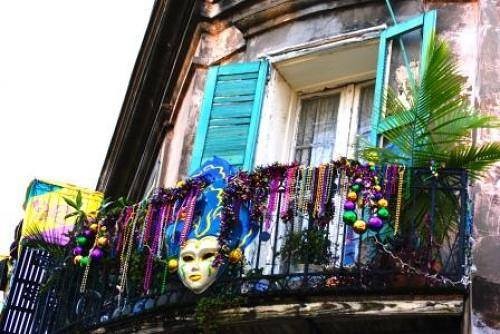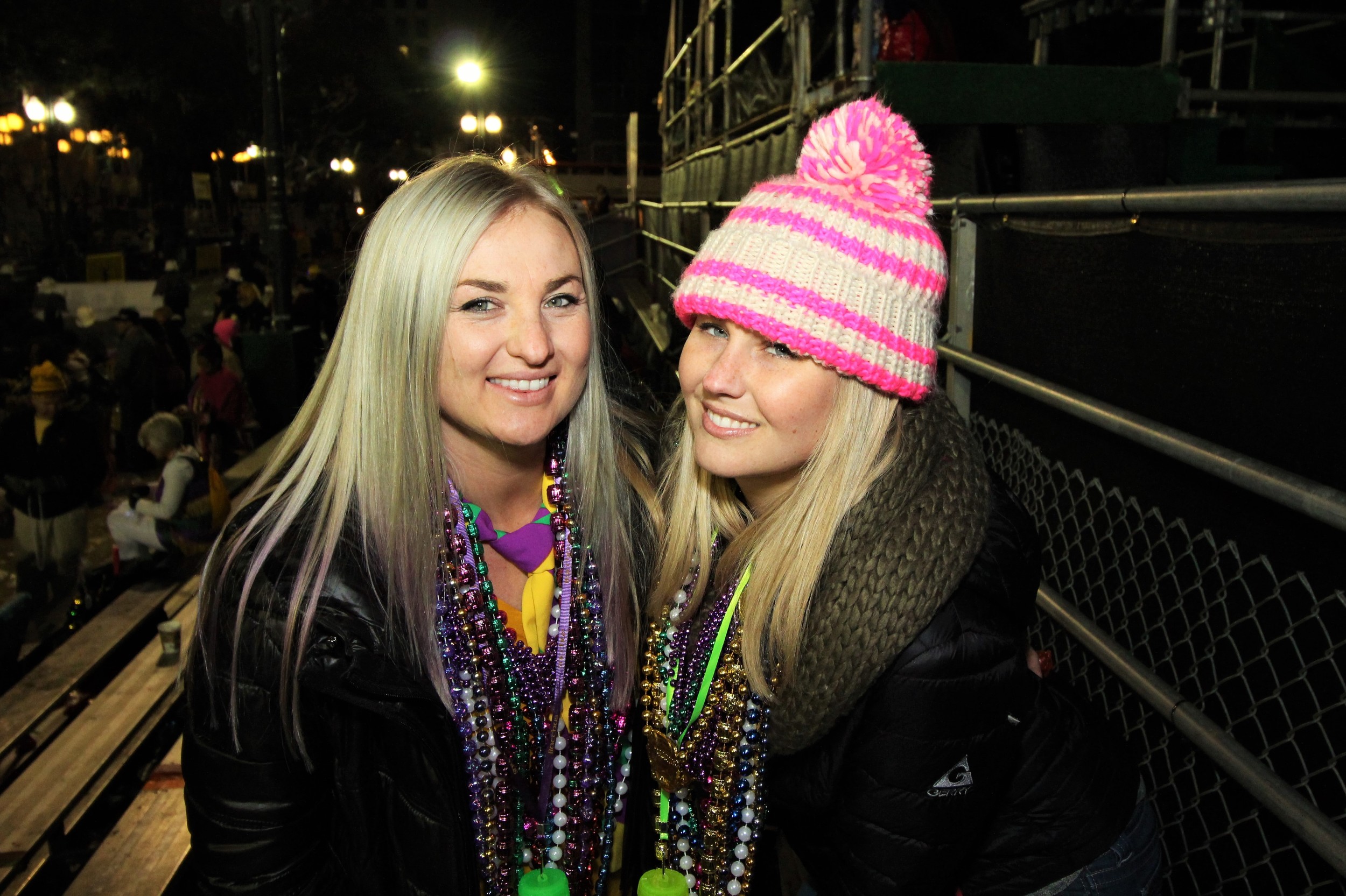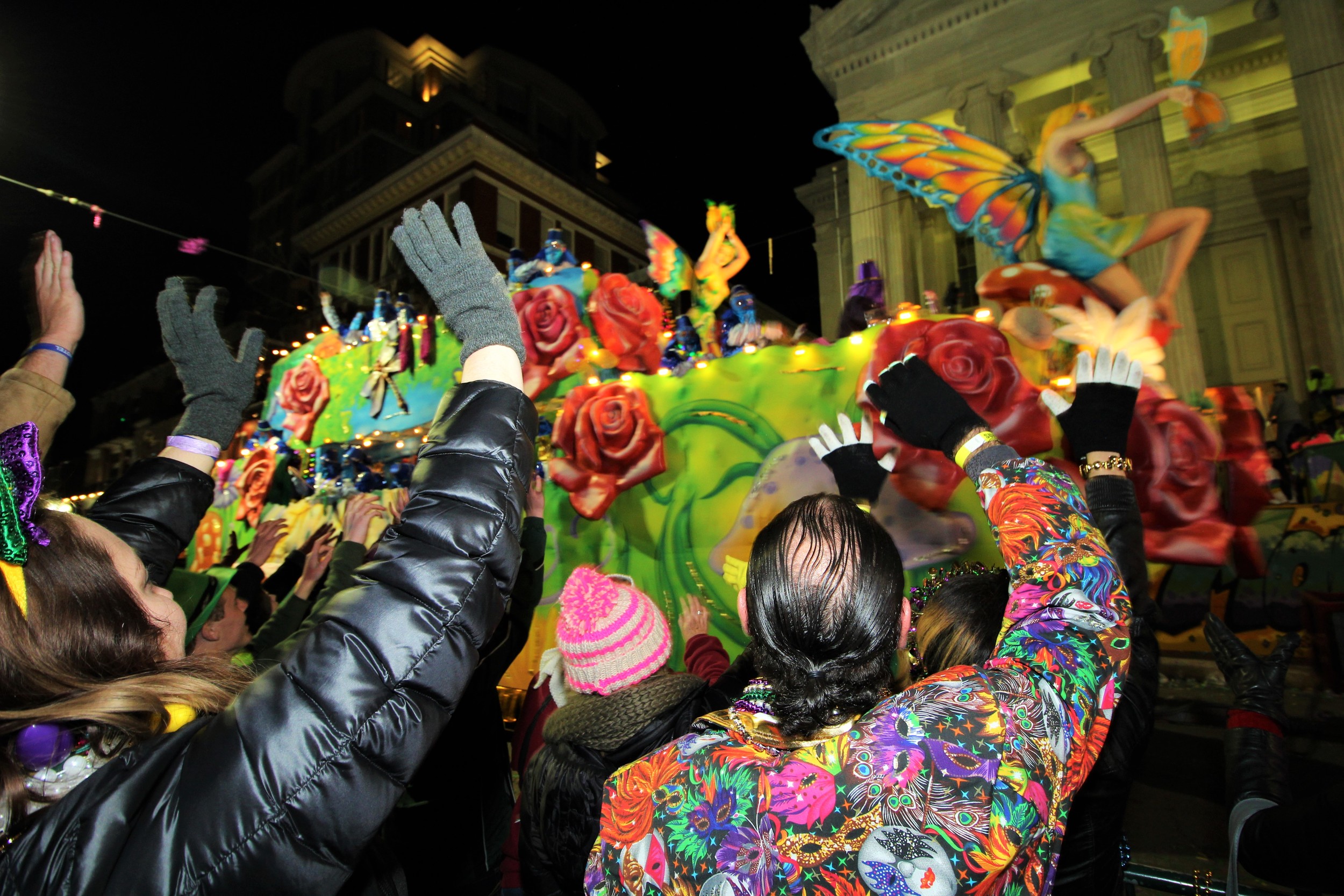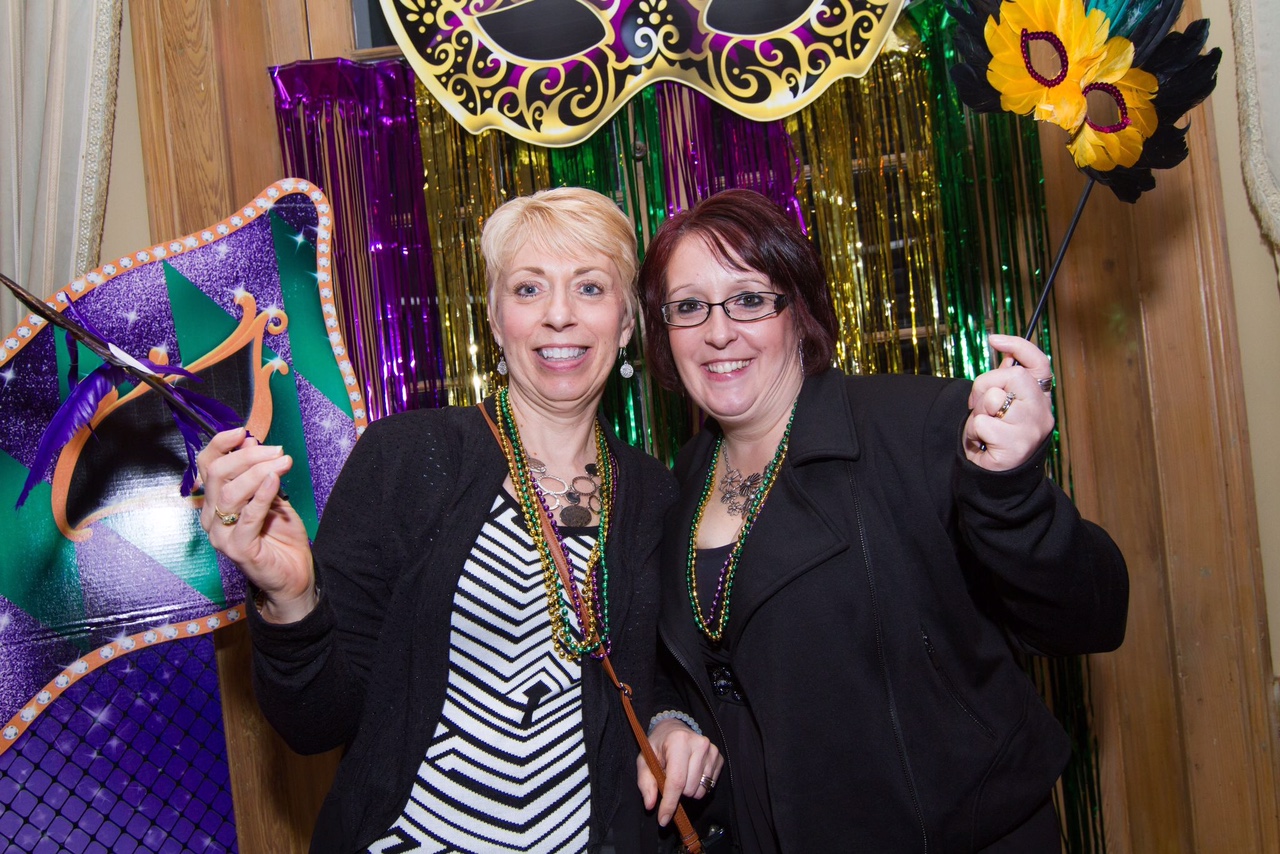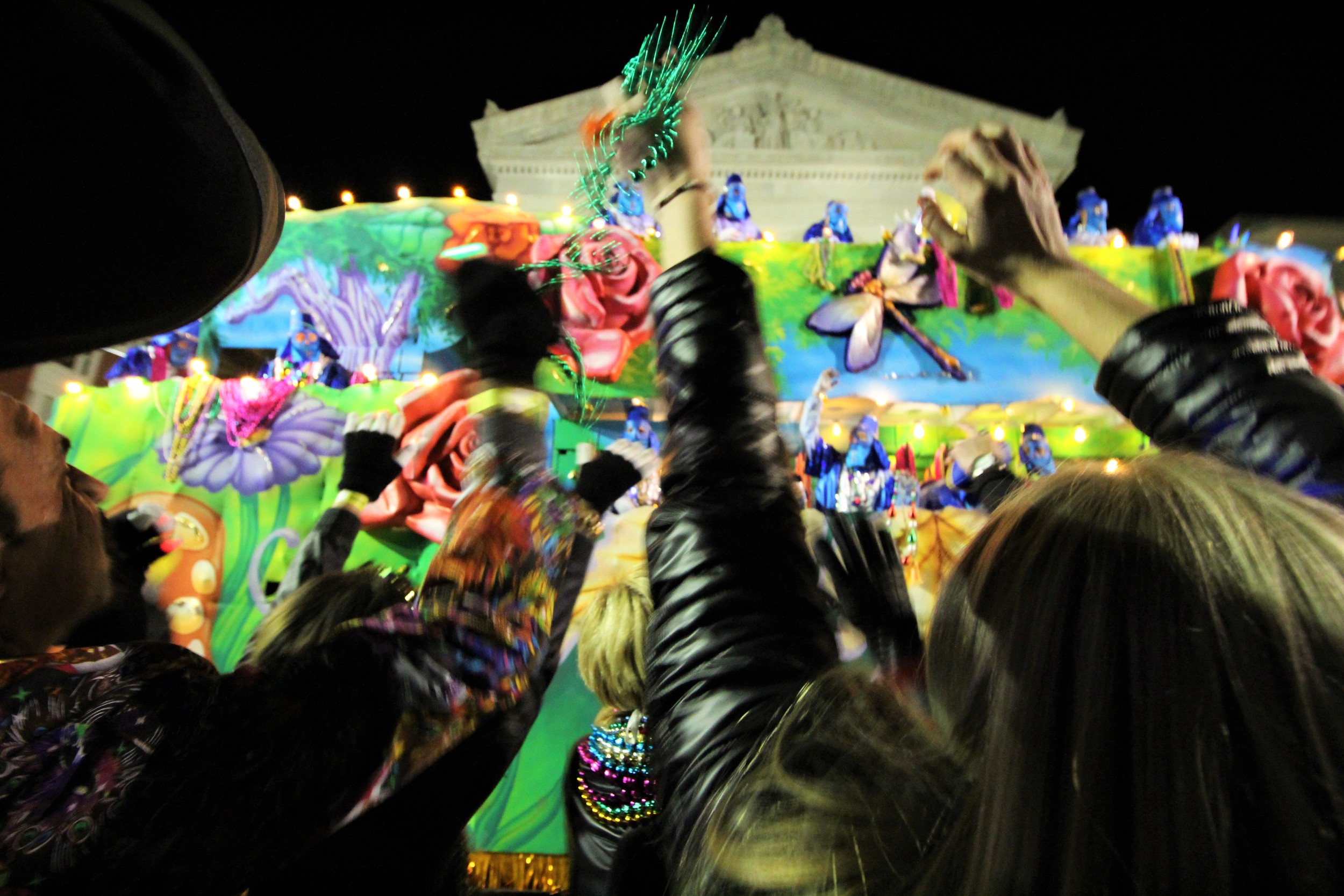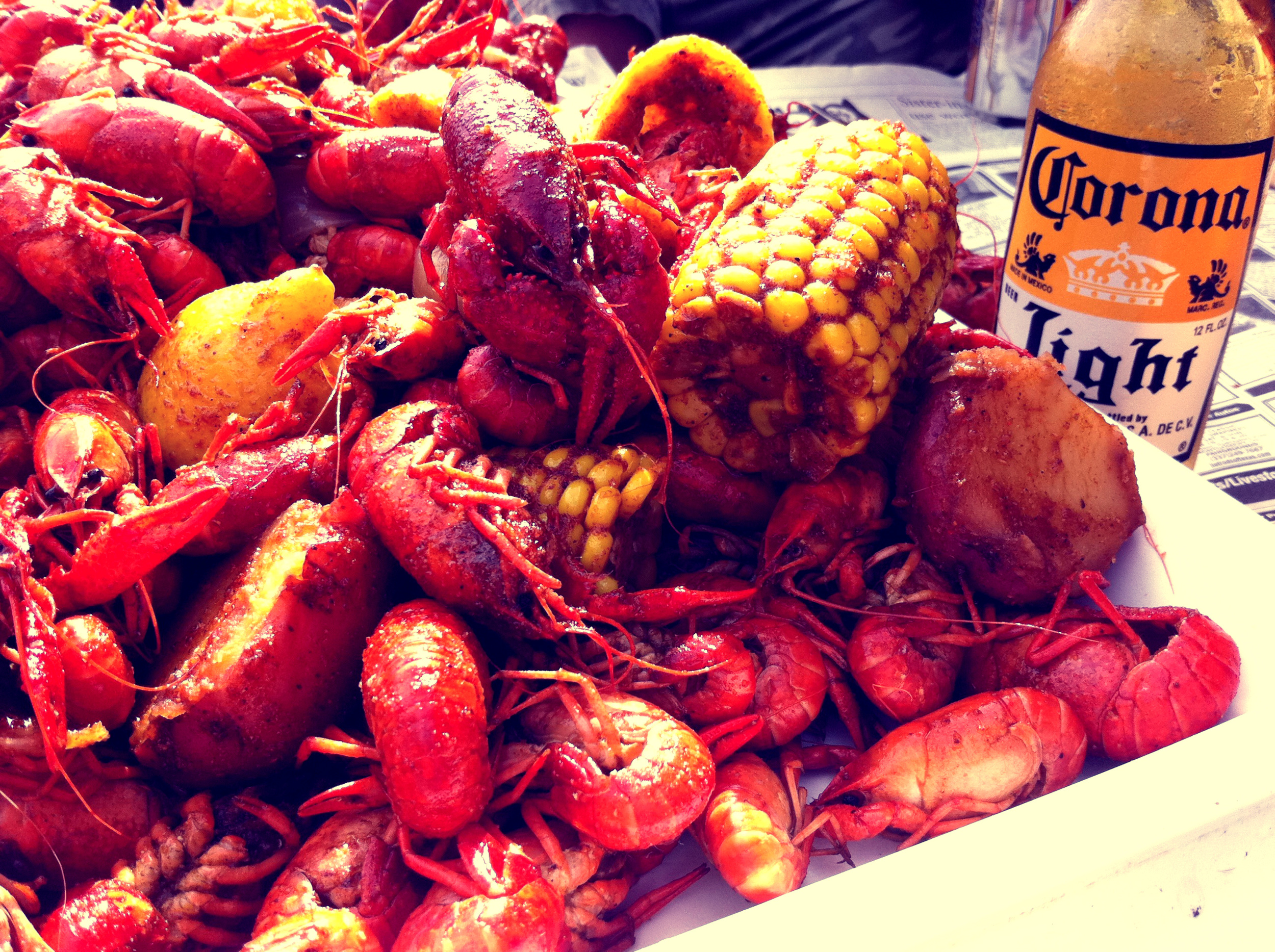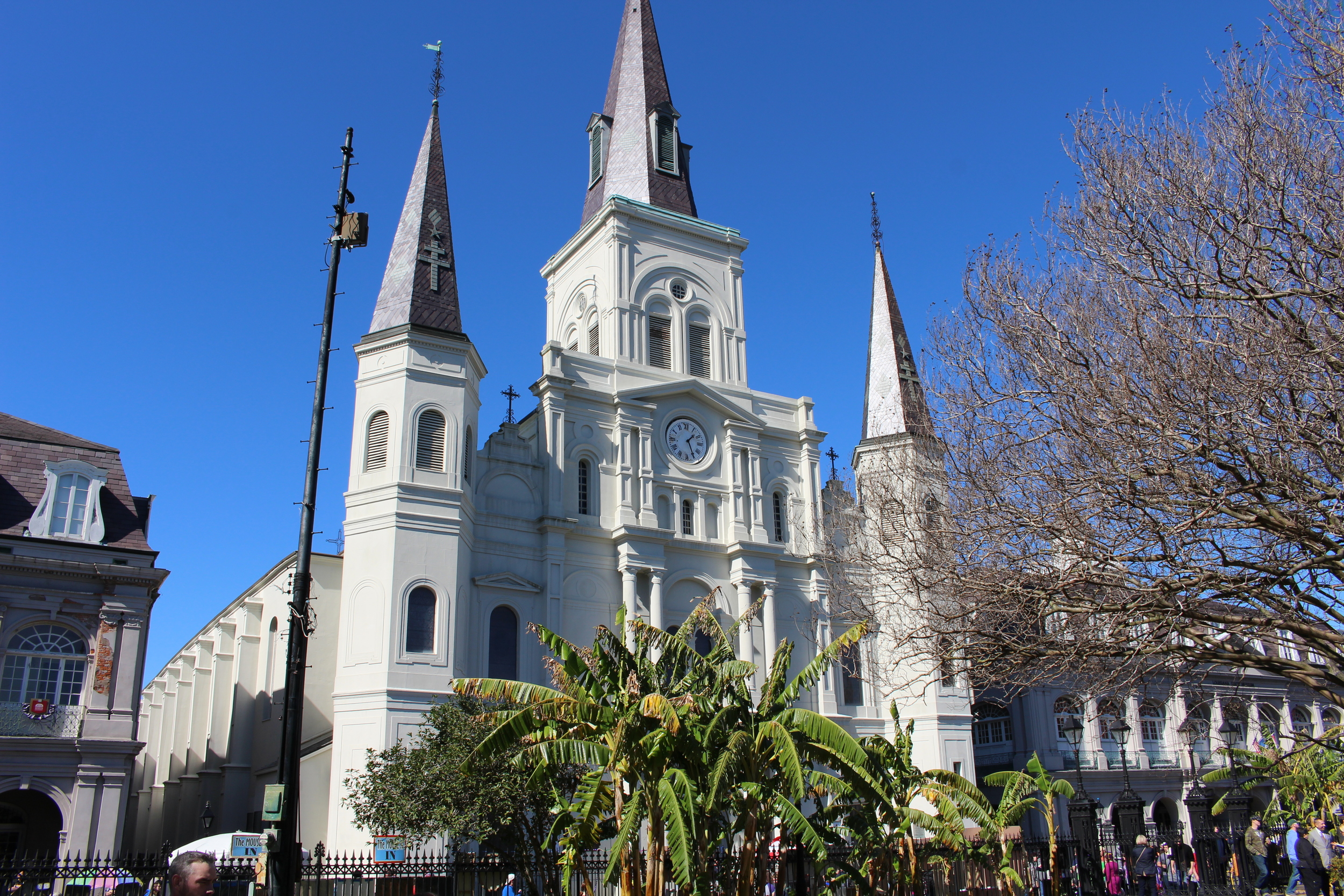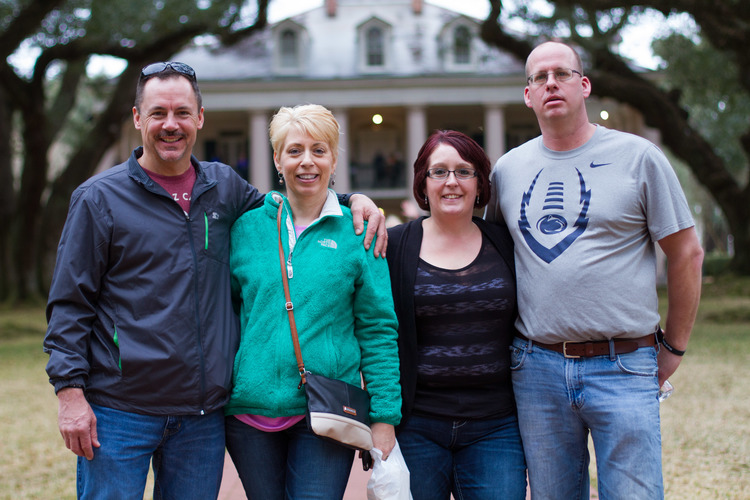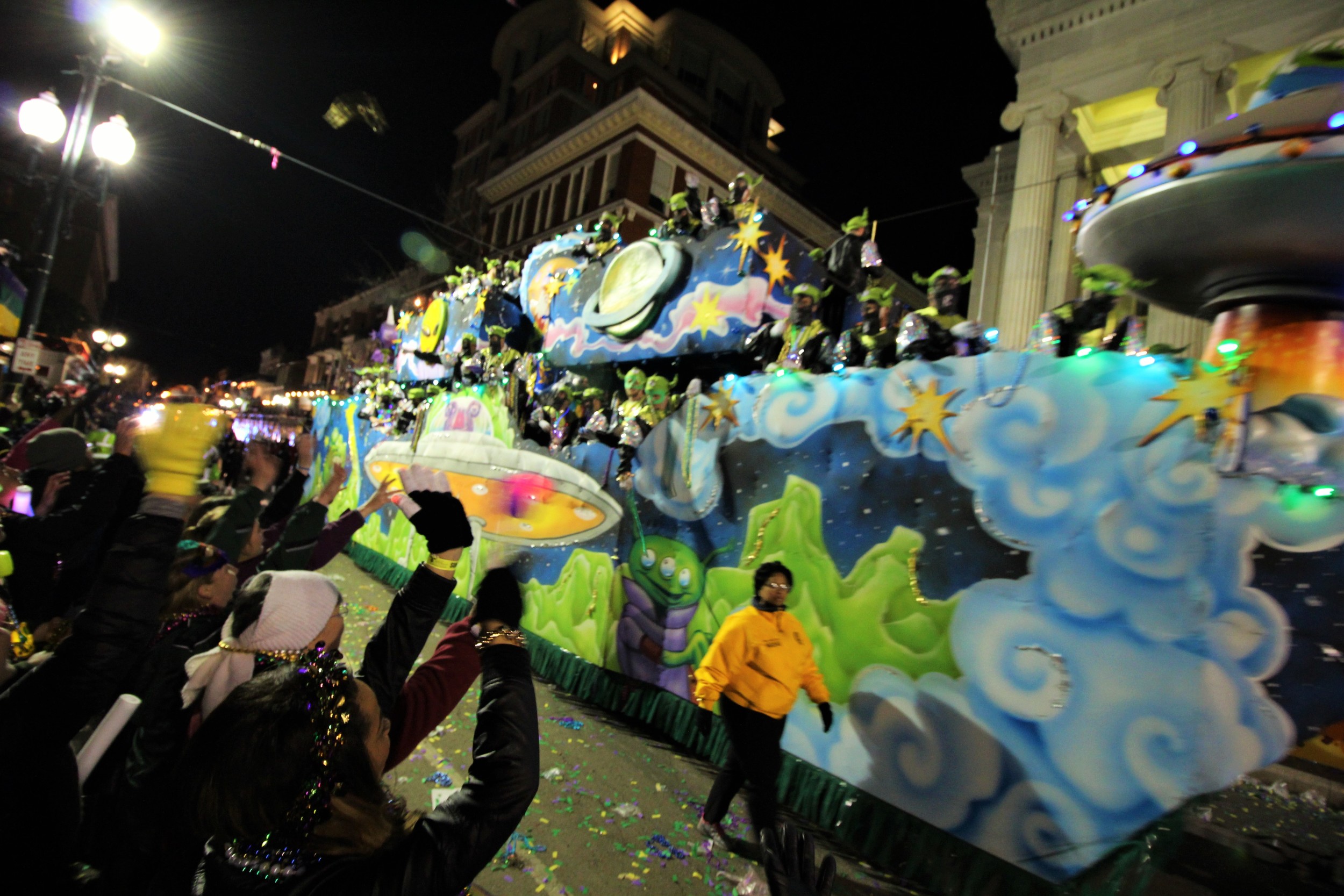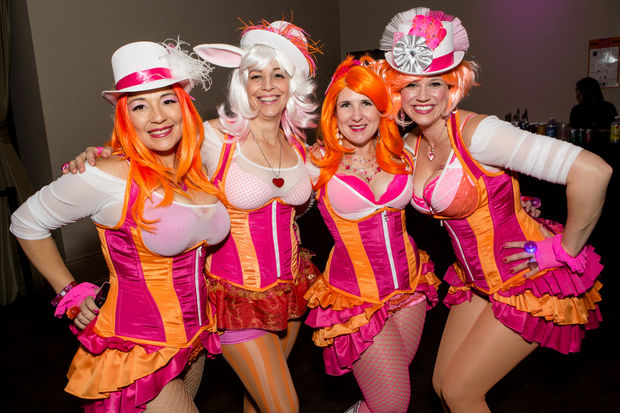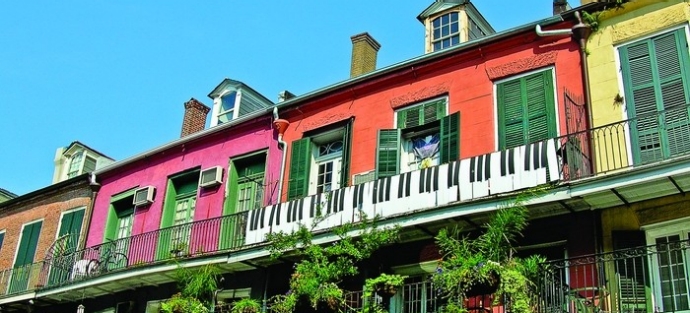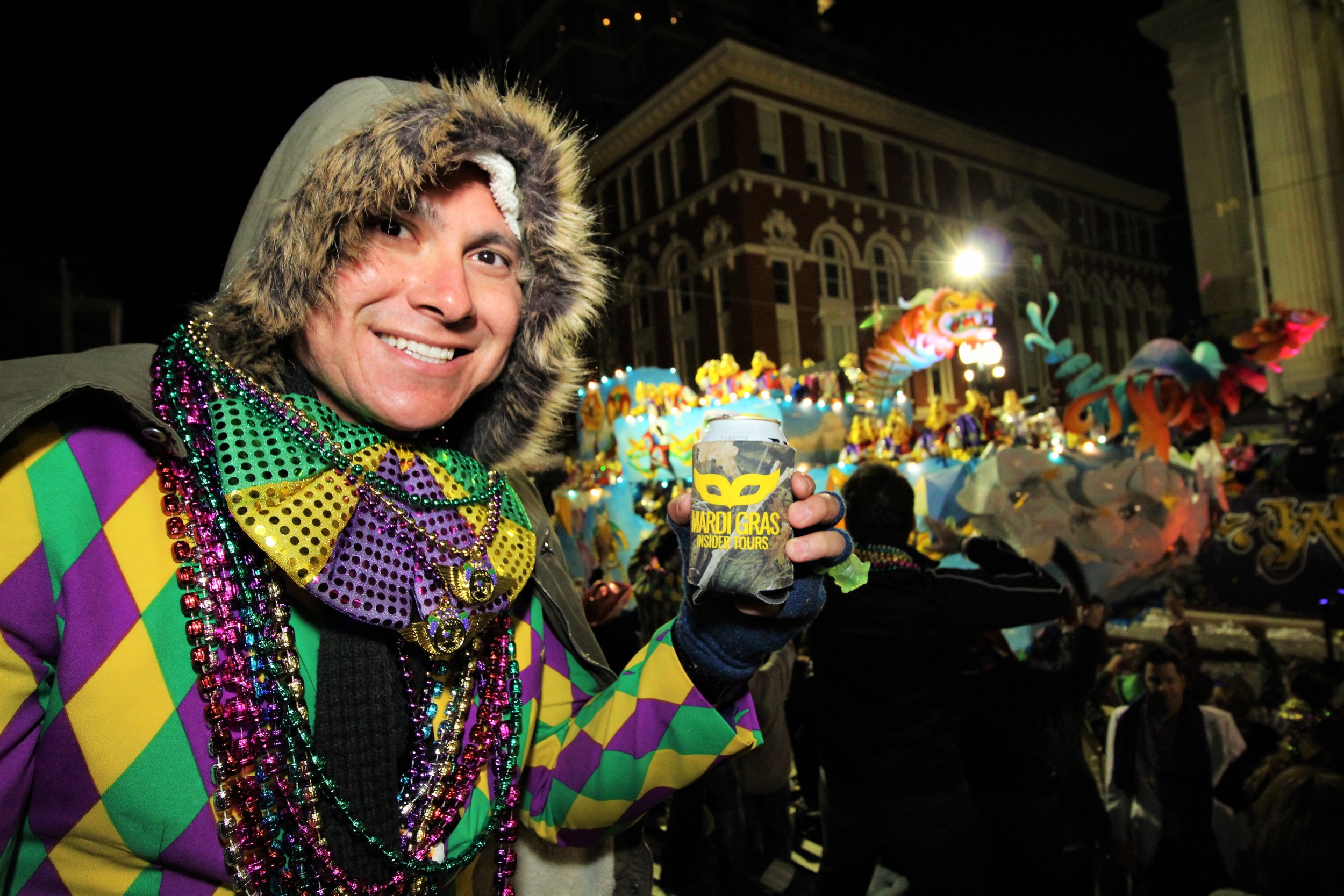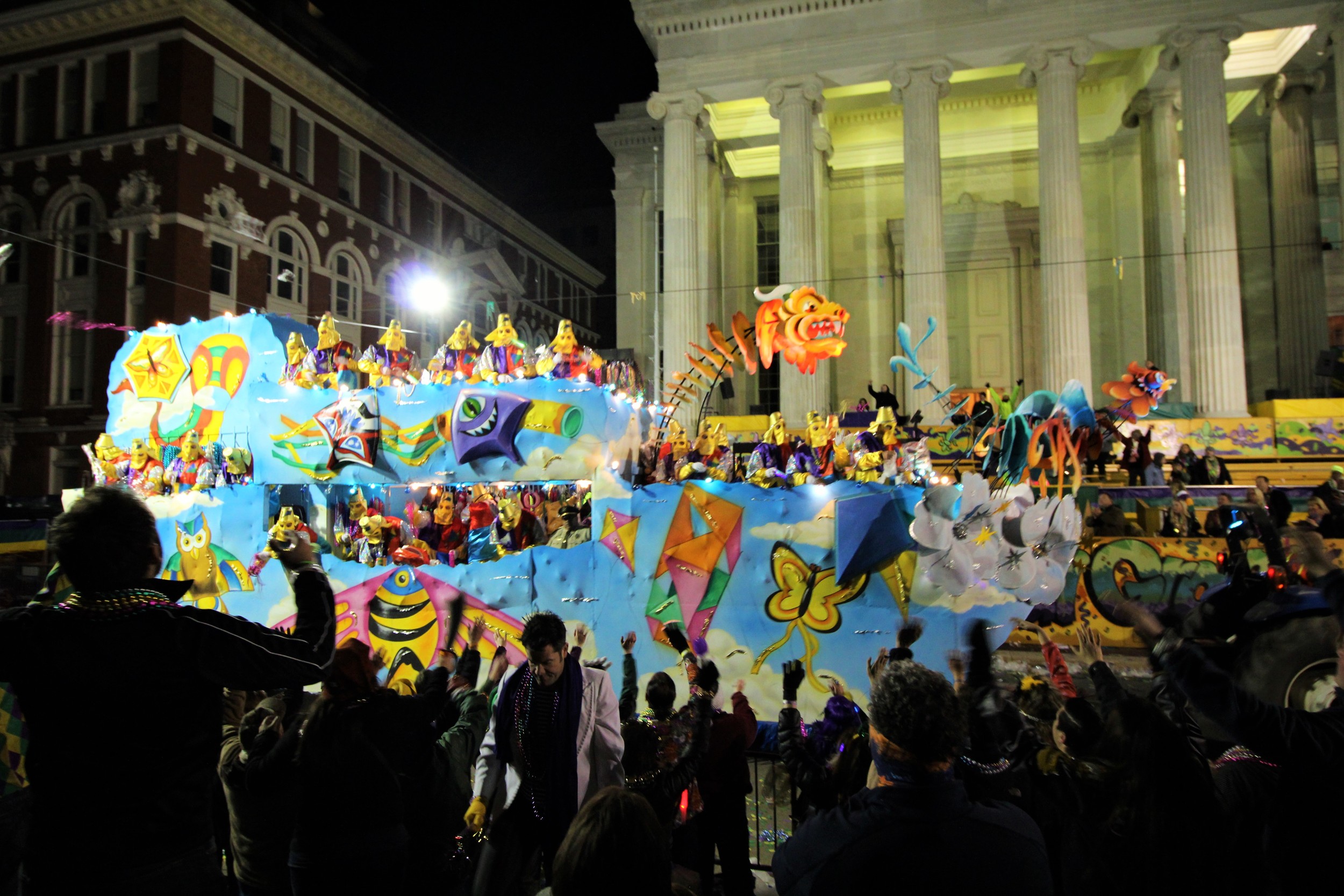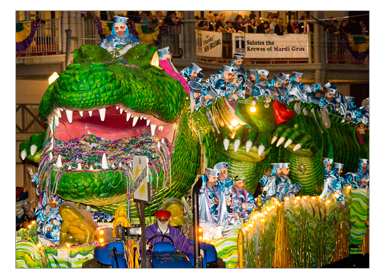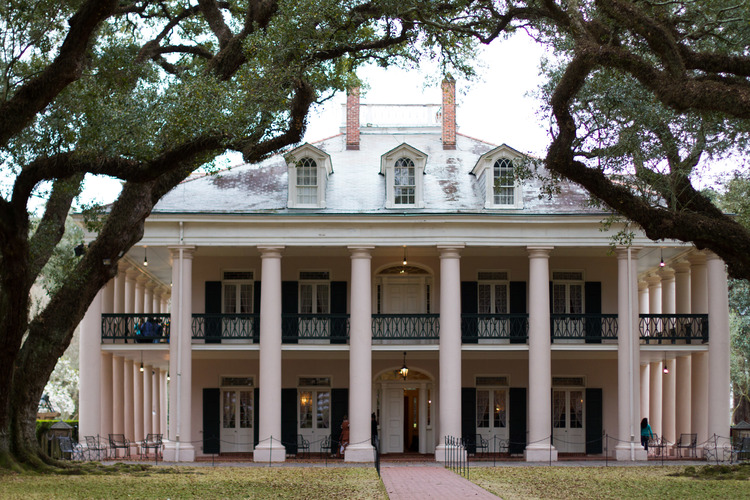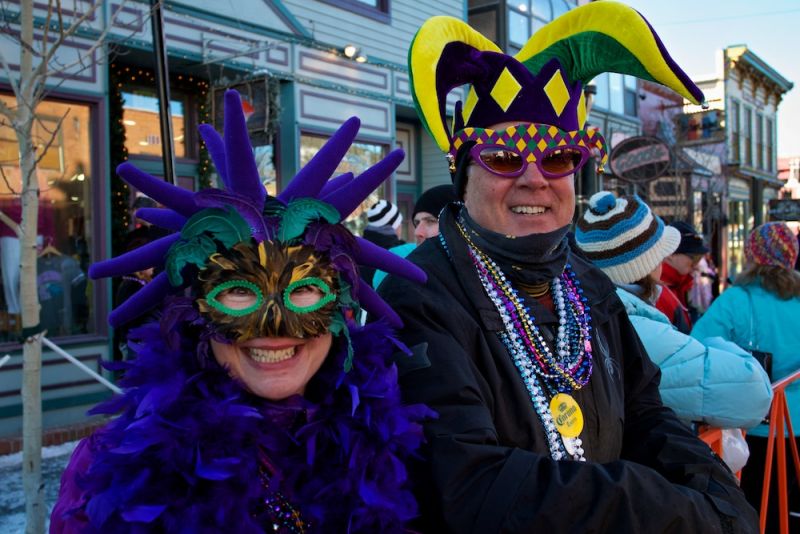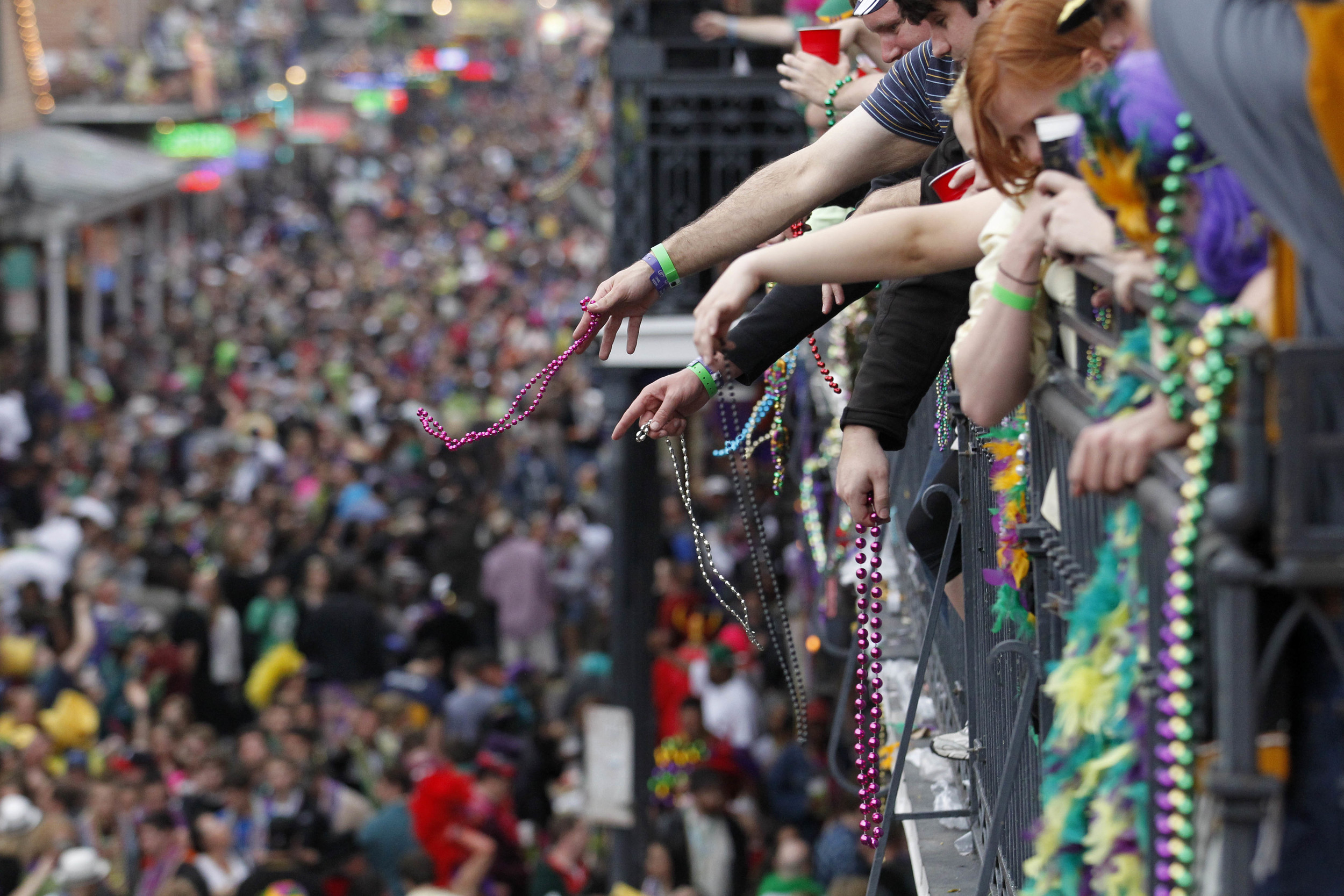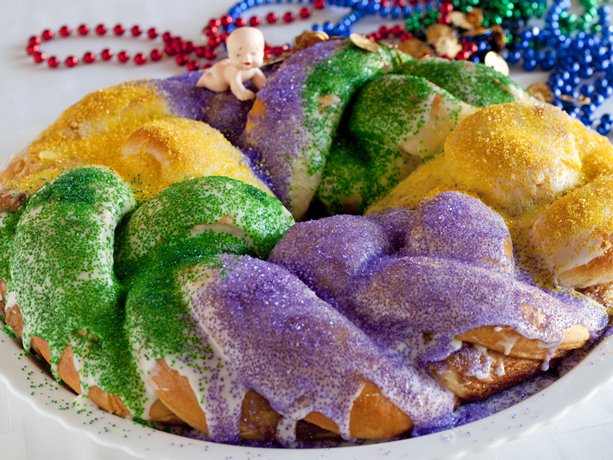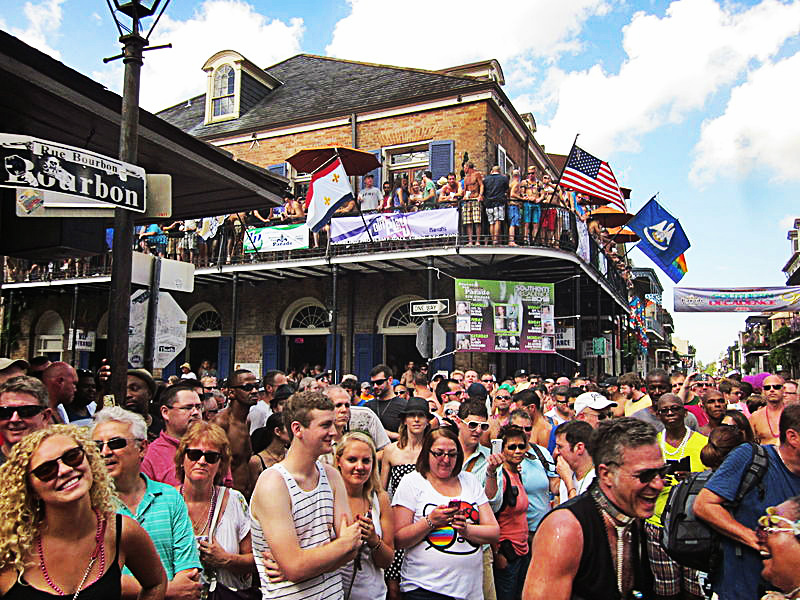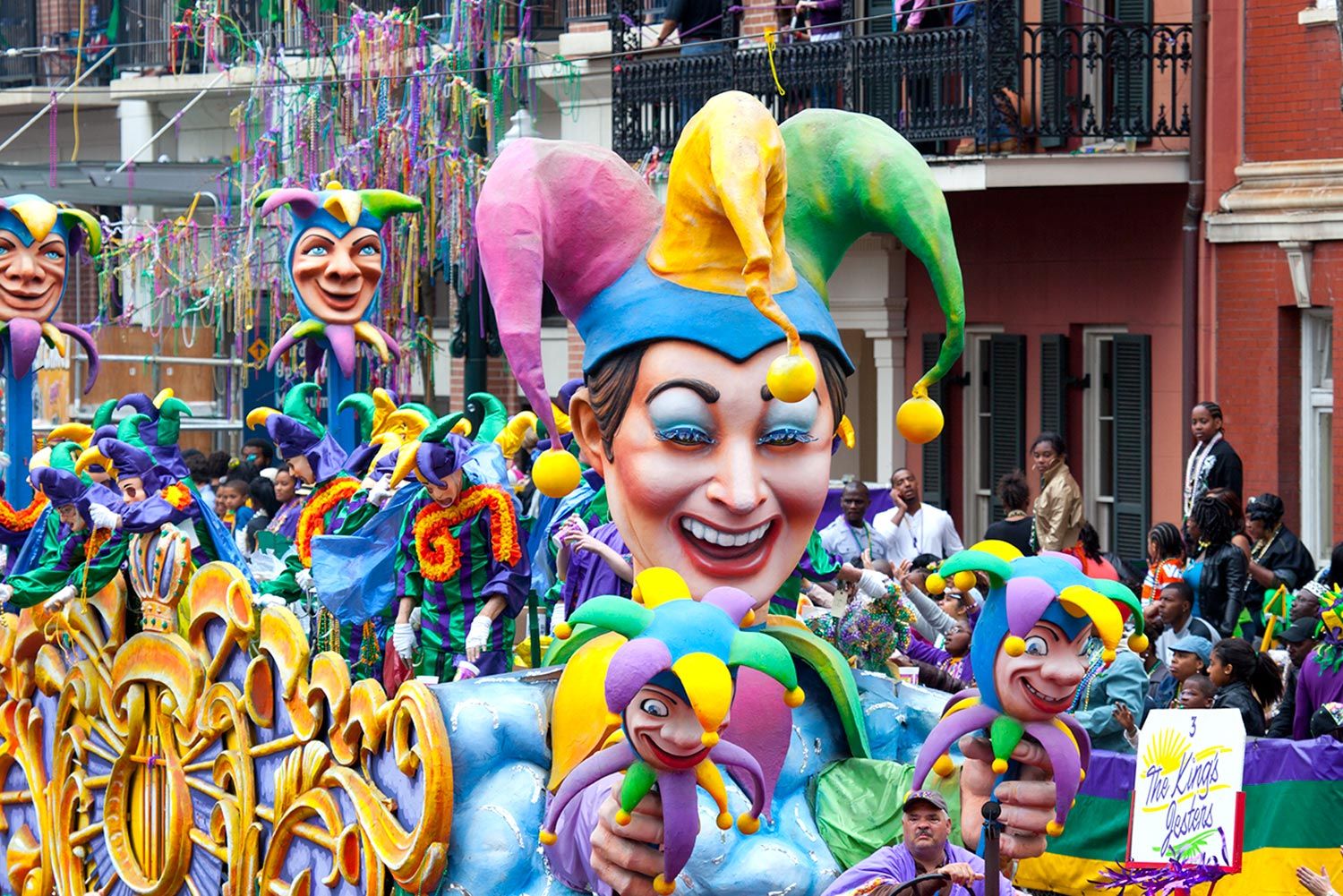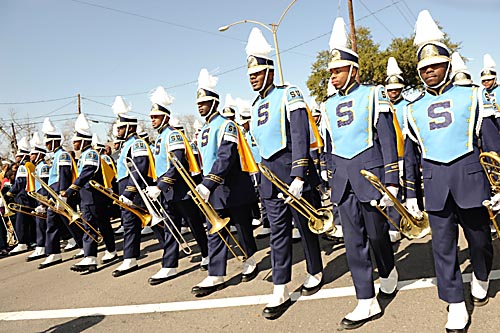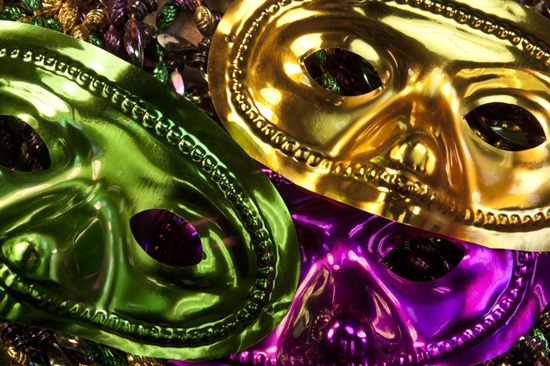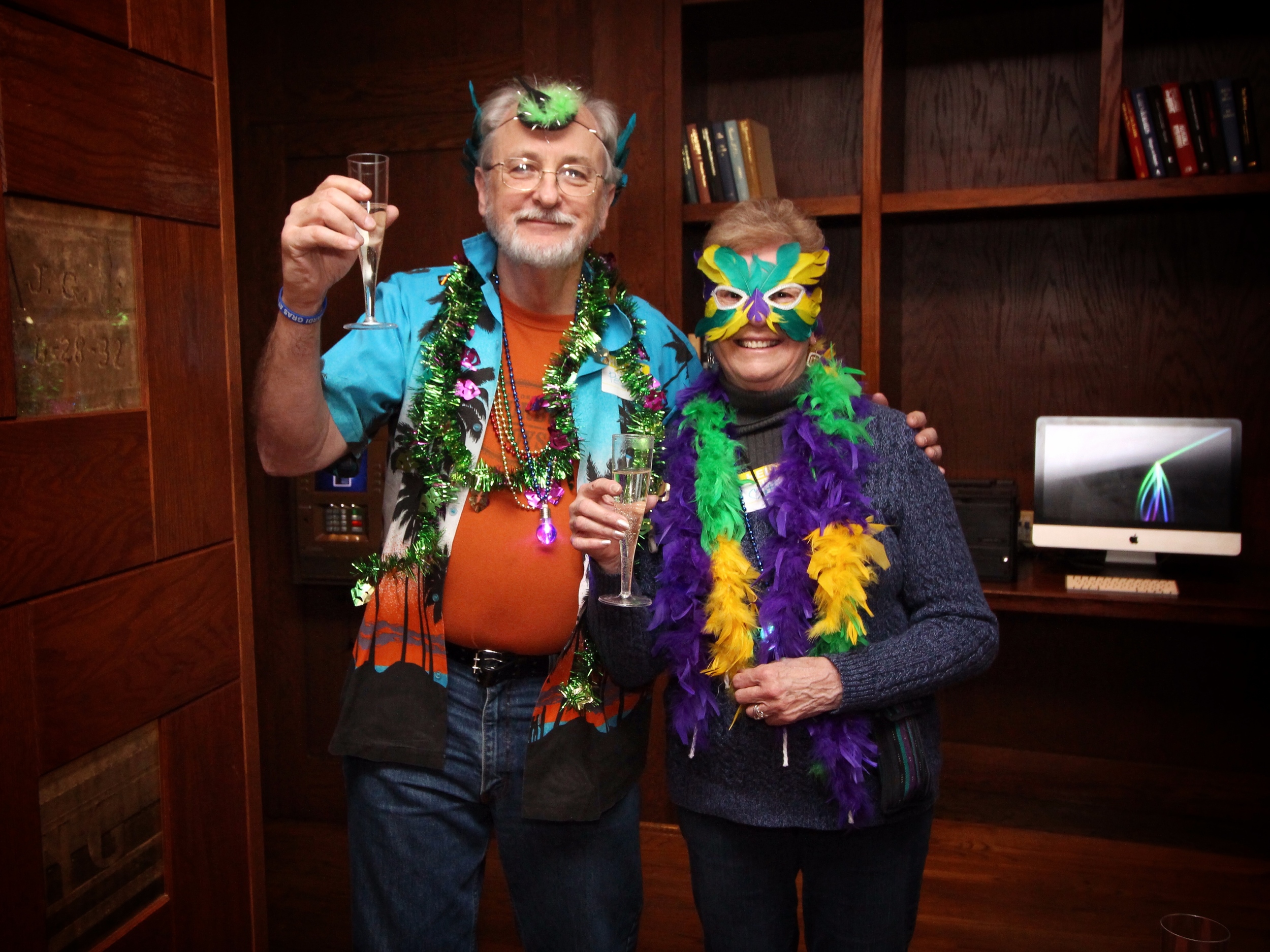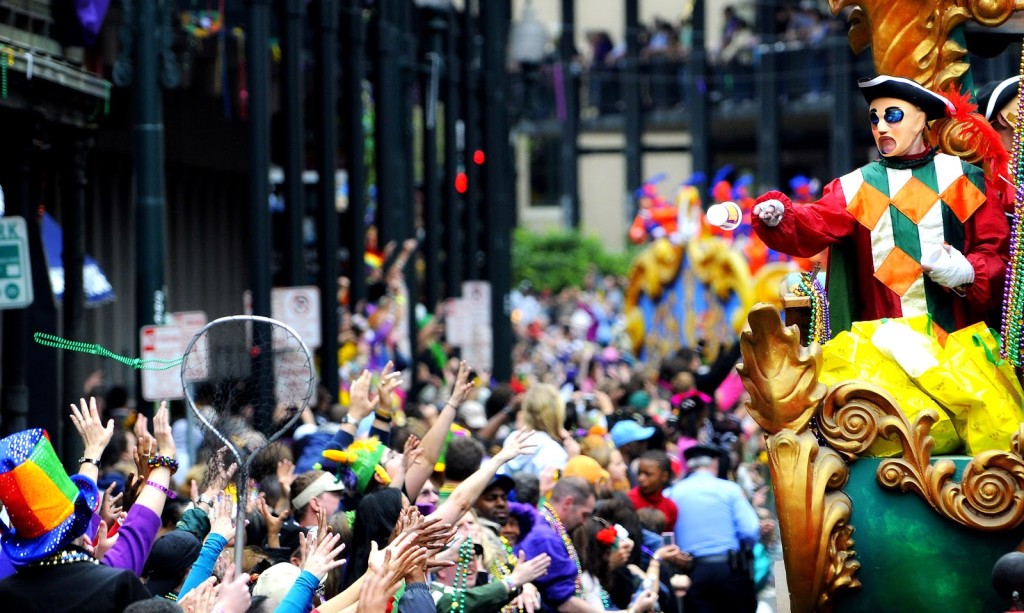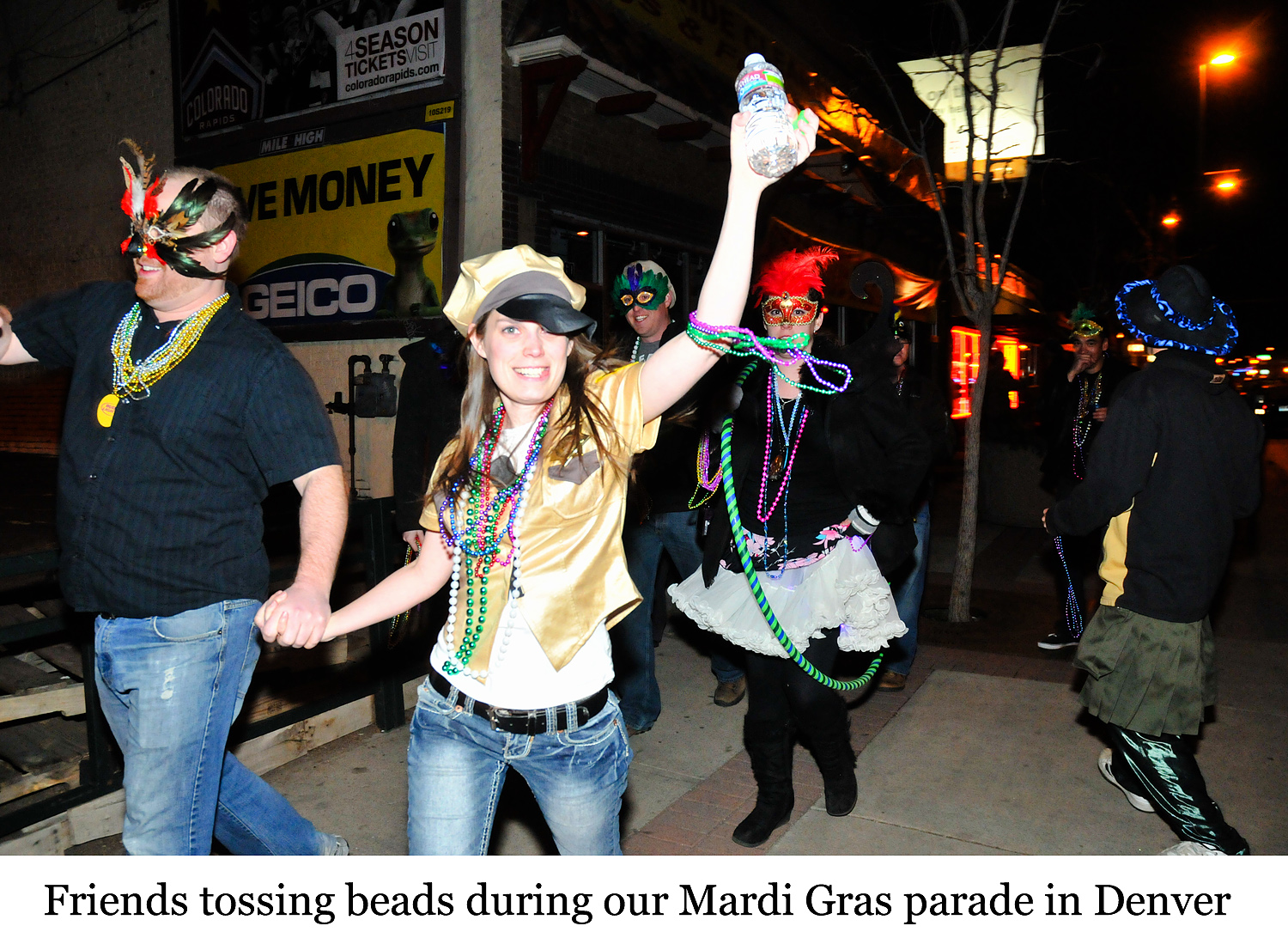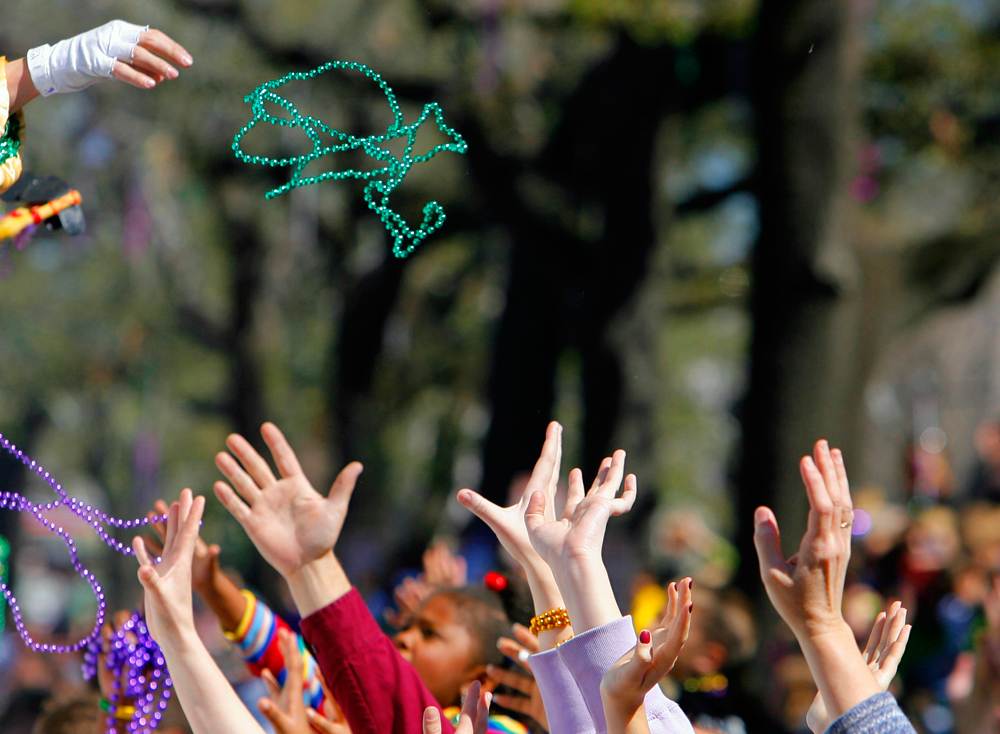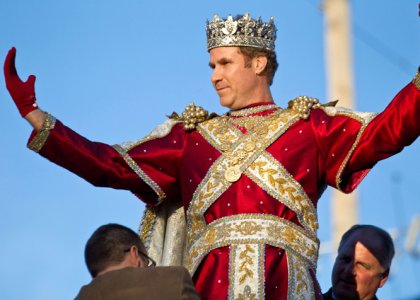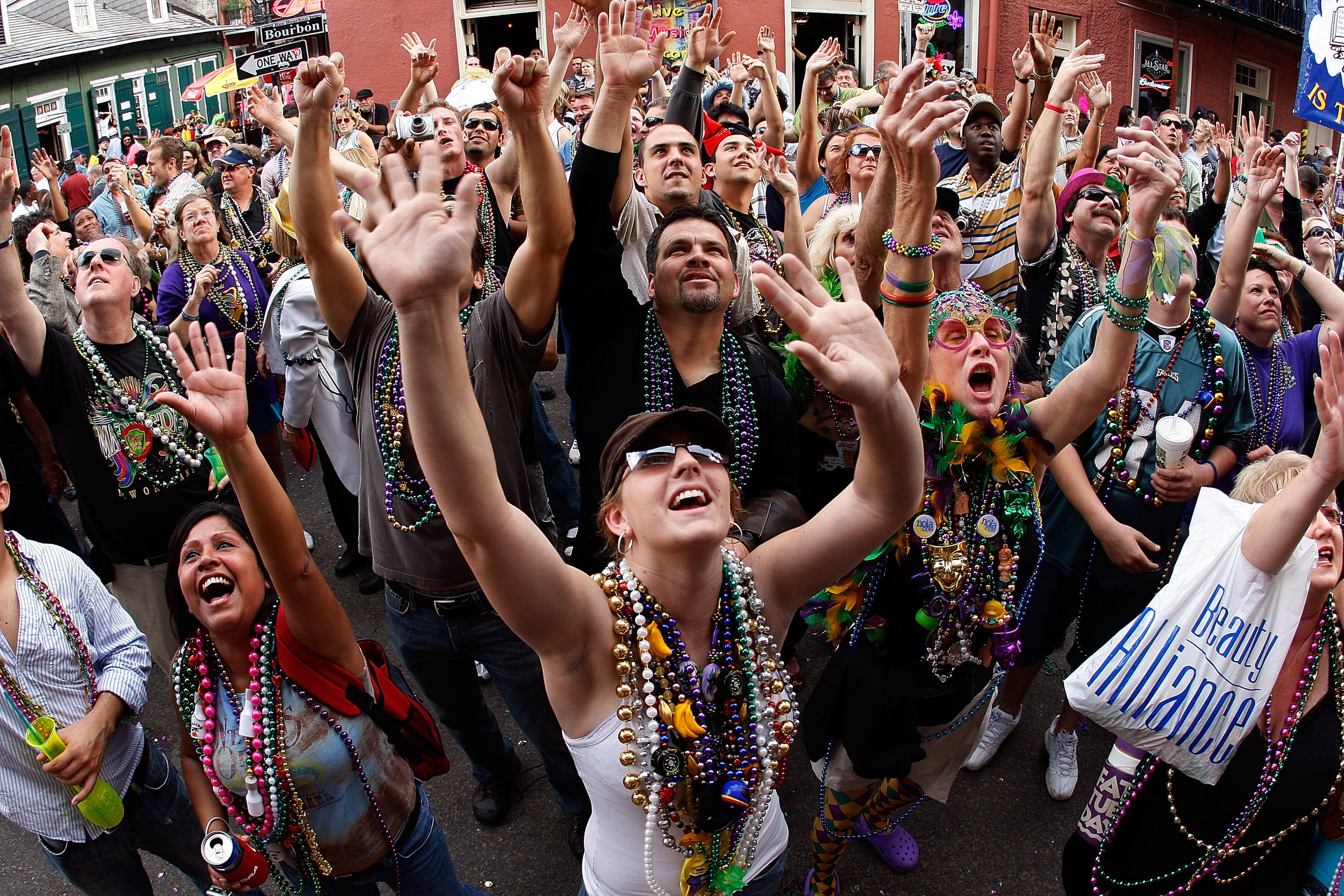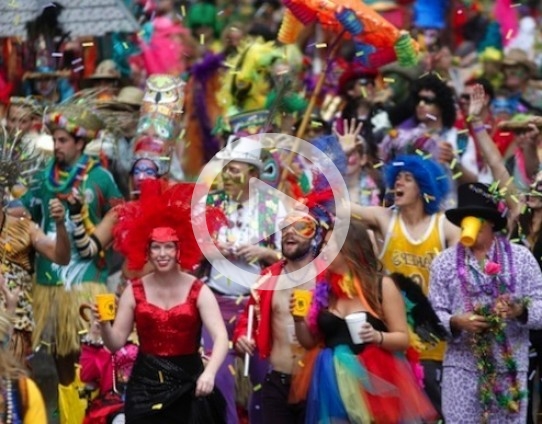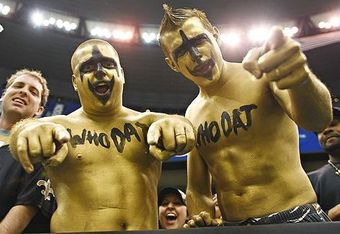Mardi Gras Style
From feathered masks to elaborate sequin costumes, one thing is for certain when it comes to dressing up for America's #1 Party: ANYTHING GOES!! The more unique, colorful and crazy your costume is, the more heads you'll turn! So suit up, or don't - Mardi Gras is the place to see and be seen!
Anything Goes for Mardi Gras Costumes, Fashion
Author: Written by freelance talent for Ai InSite
For those wondering what to wear for the annual Mardi Gras festivities in New Orleans, there is a short answer: anything. Because when it comes to Mardi Gras costumes and fashion, the only rule is that there are no rules.
"It is absolutely anything," says Andrea Kolasinski Marcinkus, Academic Director for Fashion Design and Fashion Marketing & Management at The Illinois Institute of Art - Schaumburg. Marcinkus is an avid Mardi Gras fan and frequent spectator. "As a rule, the more brightly colored and crazy, the better. It's anything goes, as long as it's over the top."
The variety with Mardi Gras costumes is seemingly endless: satin, sequins, embossing, feathers, rhinestones, masks, headdresses, wigs, beading, makeup, and more. From the parade participants to the crowds watching, everyone celebrates in style by dressing in outrageous getups.
"Revelers often get all their friends together and decide on a group theme for their costumes," says Bobbi Mannino, public relations director for Compucast, the company behind the Mardi Gras New Orleans website. "These creative costumes can be as low cost as a can of paint and cut outs from cardboard boxes to extremely elaborate creations - it's anything goes."
Mannino, a New Orleans native, says themes and trends from pop culture and current events pop up in each year's Mardi Gras fashion. Political satire is always popular and the Shakespearean look also features predominantly, she adds.
Overly-sexualized costumes and gender crossing dress are also common, Marcinkus says. And because of the city's French origins, people often dress in costumes illustrating French history and culture, complete with powdered wigs. But a theme is not a necessity for spectators, who can and do dress in the types of costumes seen at Halloween - everything from animals to nurses. Mardi Gras, however, is not a party-goer's average Halloween.
"It's Halloween times ten," says Marcinkus.
With the Saints' Super Bowl victory, there will undoubtedly be many football themed costumes and more attire heavy on black and gold.
Like most of the Mardi Gras traditions, the traditional colors of purple, green, and gold are steeped in history. The Mardi Gras New Orleans website explains that those official colors were chosen in 1872 by the Rex Krewe, a parade krewe responsible for many of the Mardi Gras traditions and consisting of 600 male riders. The colors also serve a purpose, says Peggy Blum, Academic Director for Fashion at The Art Institute of Austin.
"Purple represents justice, green is faith, and gold represents power," she says.
Mardi Gras is French for Fat Tuesday, a term for the day before Ash Wednesday and the start of the Lenten season. Because Lent can require periodic fasting, many who practice it began eating more than usual on what became known as Fat Tuesday. The celebration is rich in history and tradition in other ways that play a part in the costumes. Mannino says Mardi Gras is put on by 50 to 75 krewes, which are local social organizations. While not all of the krewes parade, each has a Mardi Gras ball or other events marked by the holiday associated with it. Every Mardi Gras, each krewe has its own theme and those that parade use it to tie together the floats and their costumed riders.
For Marcinkus, one of the best parts of Mardi Gras is seeing the krewe known as the Mardi Gras Indians, whose costumes are some of the most intricate and beautiful of all of Mardi Gras.
"Their costumes look like plains Indians with huge feathers and bells," she explains. "They are really incredible."
For all krewes, theme selections are made for the next year's Mardi Gras as soon as the current one is over.
Regardless of the theme, Mannino says the queen, king, maids, and dukes for each krewe require elaborate attire that can cost thousands of dollars. The costumes for those riding the floats remain fairly basic with tunics and pants. And satin is one of the most common fabrics.
"We're probably the satin capital of the world here during Mardi Gras," Mannino says. "One krewe might have 1500 members and need 1500 costumes."
That means mean big business for the costume and fashion designers who work with the participants. Local companies cater to the clientele by working year-round on the costumes, Mannino says. A few costumes such as those used by dukes or pages can be repurposed, without incurring the large cost that comes from working with professional designers.
"If you have the skills, you can make the costume," says Marcinkus. "Or you can commission a basic costume and embellish it yourself. Some people, the only thing they do is make Mardi Gras costumes as their business."
And because of the prestige involved with being one of the organization's royalty, people are often willing to shell out big bucks for the costumes.
"It is definitely several thousand dollars for a maid's dress and train and headpiece," Mannino says. "Maids' costumes are extremely elaborate. The train of their gown is going to have very, very intricate beading and embossing."
Sometimes the bill is paid by individuals, and sometimes by the organization or krewe. Queens and maids are usually featured in the society section of newspapers, Mannino says, adding that the role frequently runs in families - with generations of women playing the part of a krewe's maid.
Families and traditions are what Mardi Gras is all about, according to Mannino. Mardi Gras may conjure up images of beads and breasts for the rest of the nation, but to New Orleans natives, it is much, much more.
"So many people think of Mardi Gras as Bourbon Street and flashing and that's not really what Mardi Gras is," explains Mannino. "That's the tourists. Mardi Gras is family. Mardi Gras is tradition."
She says that as a child, her mother made themed costumes for the whole family and that each year it was something different - from cowboys to clowns. That is still her favorite thing to see at Mardi Gras - families dressed alike, "from the baby to the daddy."
So while the partying visitors flood Bourbon Street, New Orleans' families gather elsewhere for food, music, fun, and other parades. Mannino says the streets are lined with ladders, with young children at top where they have optimal viewing privileges and their parents at the bottom, ensuring their safety. The ladders are yet another Mardi Gras tradition and part of what makes the day so special for the locals.
"To everyone else in the world it's a Tuesday," Mannino says, "to us it's a celebration."


